Heading to Vietnam? If you are interested in food, culture and history, and you enjoy both bustling cities and stunning natural scenery our three week Vietnam itinerary will help you plan a perfect trip, and make the most of your time in this beautiful country.
This itinerary covers the vibrant and busy cities of Hanoi and Saigon (Ho Chi Minh City), the lush and fertile Mekong Delta, the historic attractions of Hoi An and Hue, and the almost mythical beauty of Halong Bay and Cat Ba Island. For each stop in our recommended itinerary, we provide a summary of the destination, the key attractions and reasons to visit, and our personal highlights and tips.
At the end of the itinerary, you’ll find information on international and internal travel, guidance on costs for food and hotels, and indicative prices for the specialist tours and activities we enjoyed.
Three Week Vietnam Itinerary
This three week Vietnam travel plan is for those seeking an immersion into Vietnamese food, culture, history, cities and nature.
This is a South to North Vietnam itinerary but could be reversed to run from North to South Vietnam if you prefer. International visitors can either book an open jaw return flight (arriving into Saigon SGN and departing from Hanoi HAN), or add an internal flight back to their arrival city at the end of the trip.
- Day 1 International flight into Saigon (Ho Chi Minh City, 3 nights)
- Day 1-3 Sightseeing in Saigon (Ho Chi Minh City)
- Day 4 Early morning transfer to Mekong Delta (3 nights)
- Day 4-6 Sightseeing in Mekong Delta
- Day 7 Flight to Da Nang, Sightseeing Da Nang, Monkey Mountain, Marble Mountains & Linh Ung Pagoda (Transfer to Hoi An)
- Day 7-10 Sightseeing in and near Hoi An (4 nights)
- Day 11 Hai Van Pass and Lap An Lagoon (Transfer to Hue)
- Day 11-12 Sightseeing in Hue (2 nights)
- Day 13 Flight to Hanoi (2 nights)
- Day 13-14 Sightseeing in Hanoi
- Day 15 Transfer to Halong Bay (2 night cruise)
- Day 15-17 Sightseeing in Halong Bay and Cat Ba Island
- Day 18 Transfer to Hanoi (3 nights)
- Day 18-20 Sightseeing in Hanoi
- Day 21 International flight out of Vietnam
Note: Whilst the official name of Vietnam’s capital is Ho Chi Minh City, locals still call it by its former name of Saigon, so that’s what we’re using here.
Saigon (Ho Chi Minh City, 3 nights)
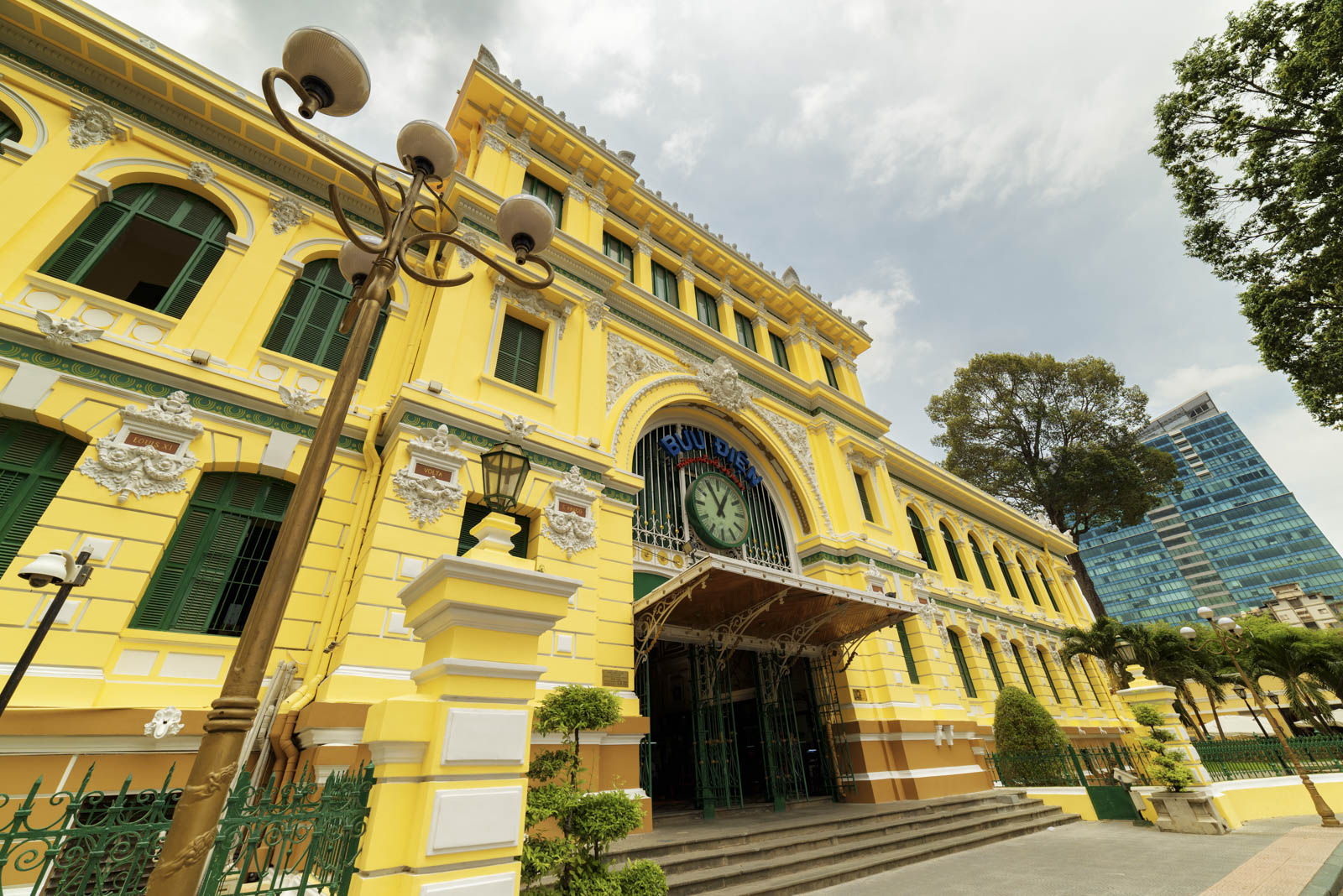
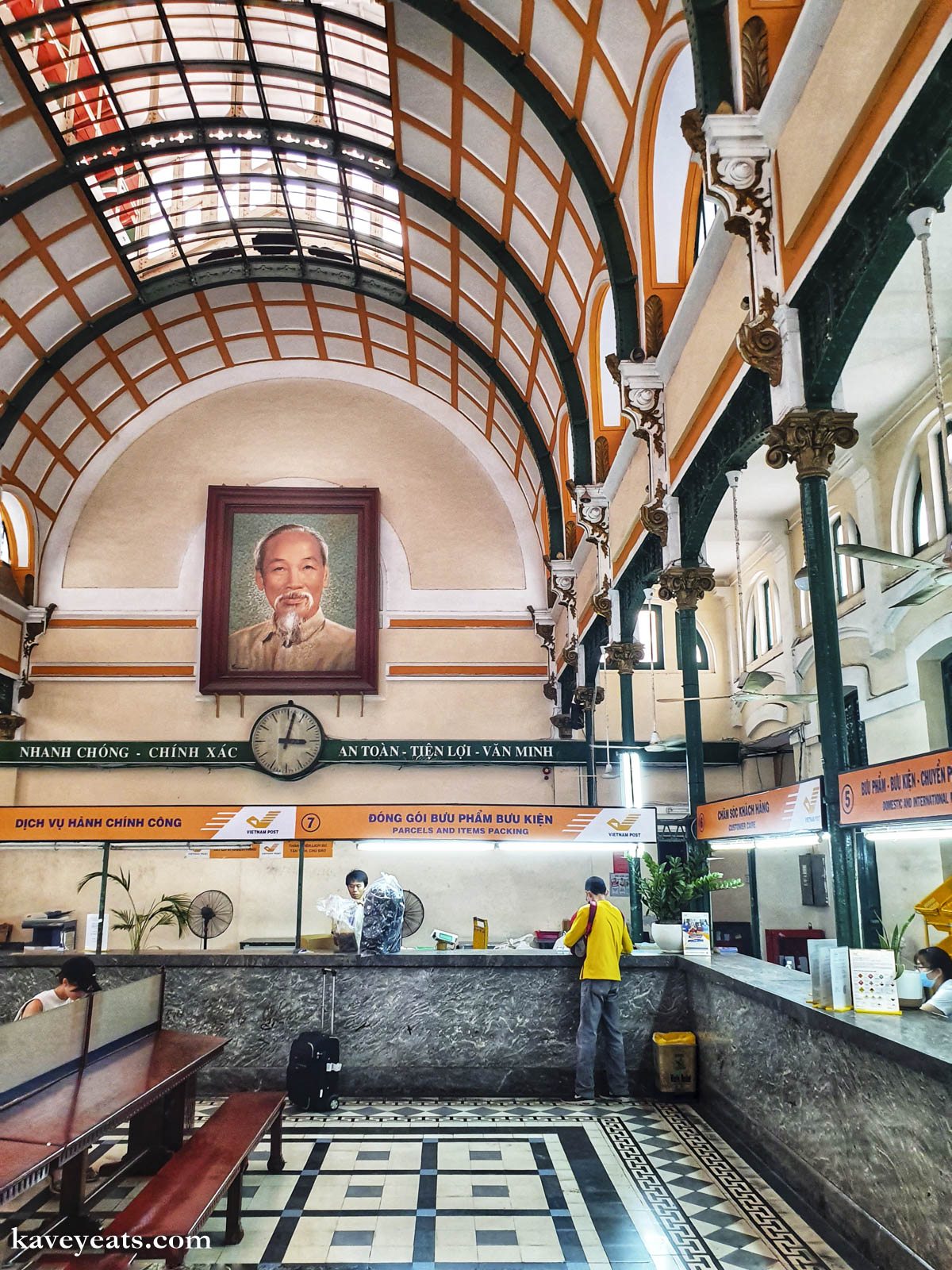
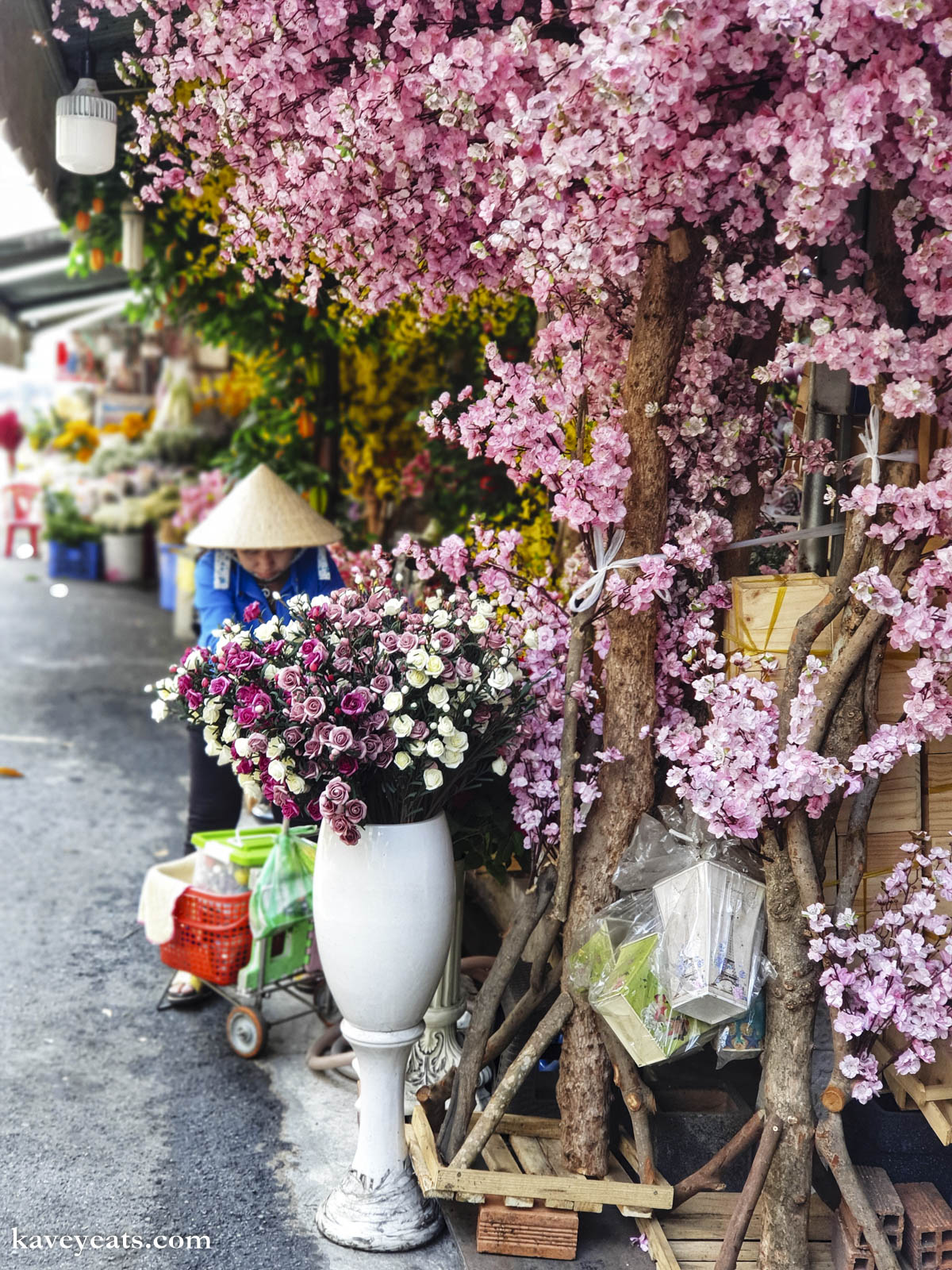
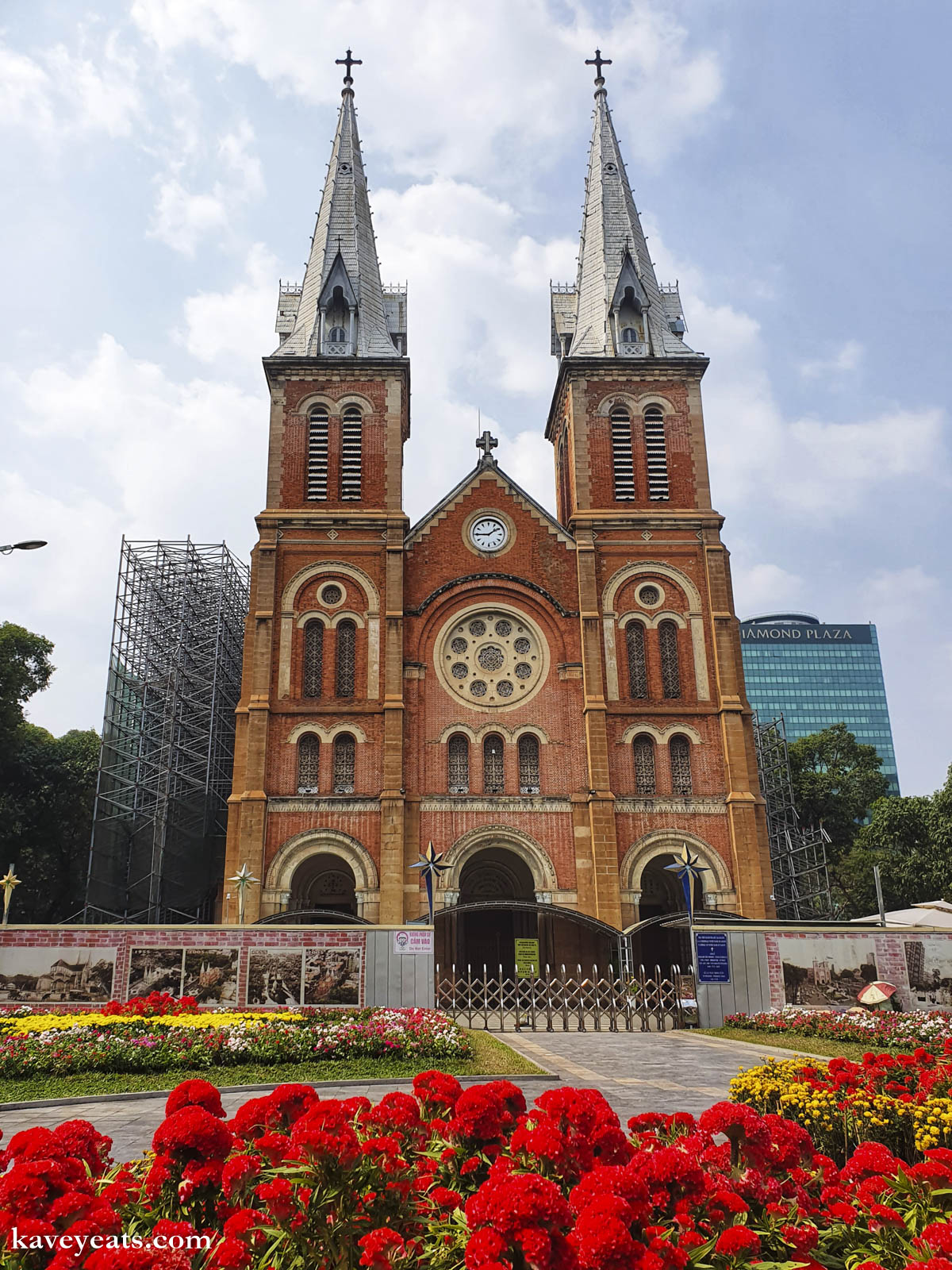
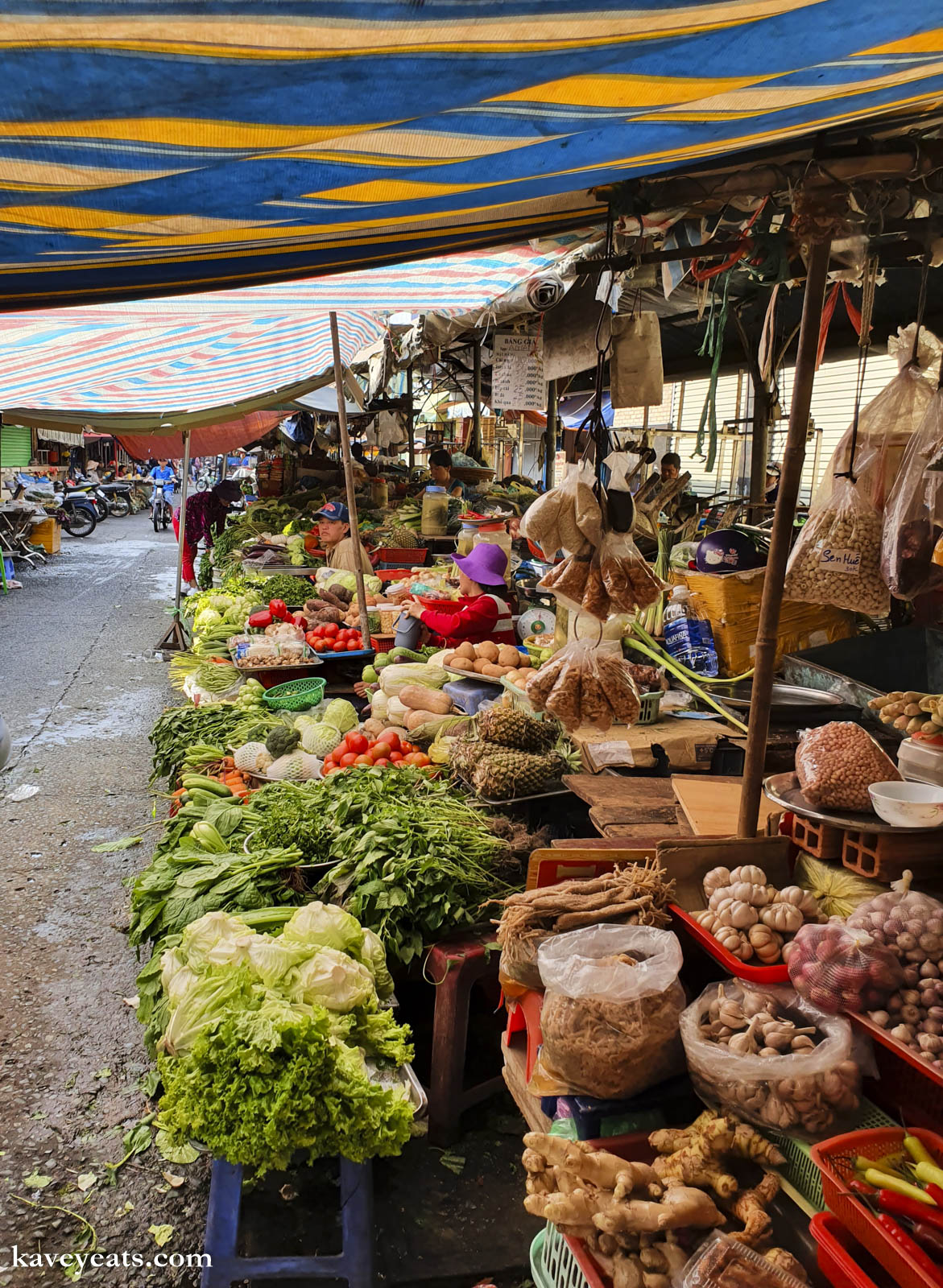
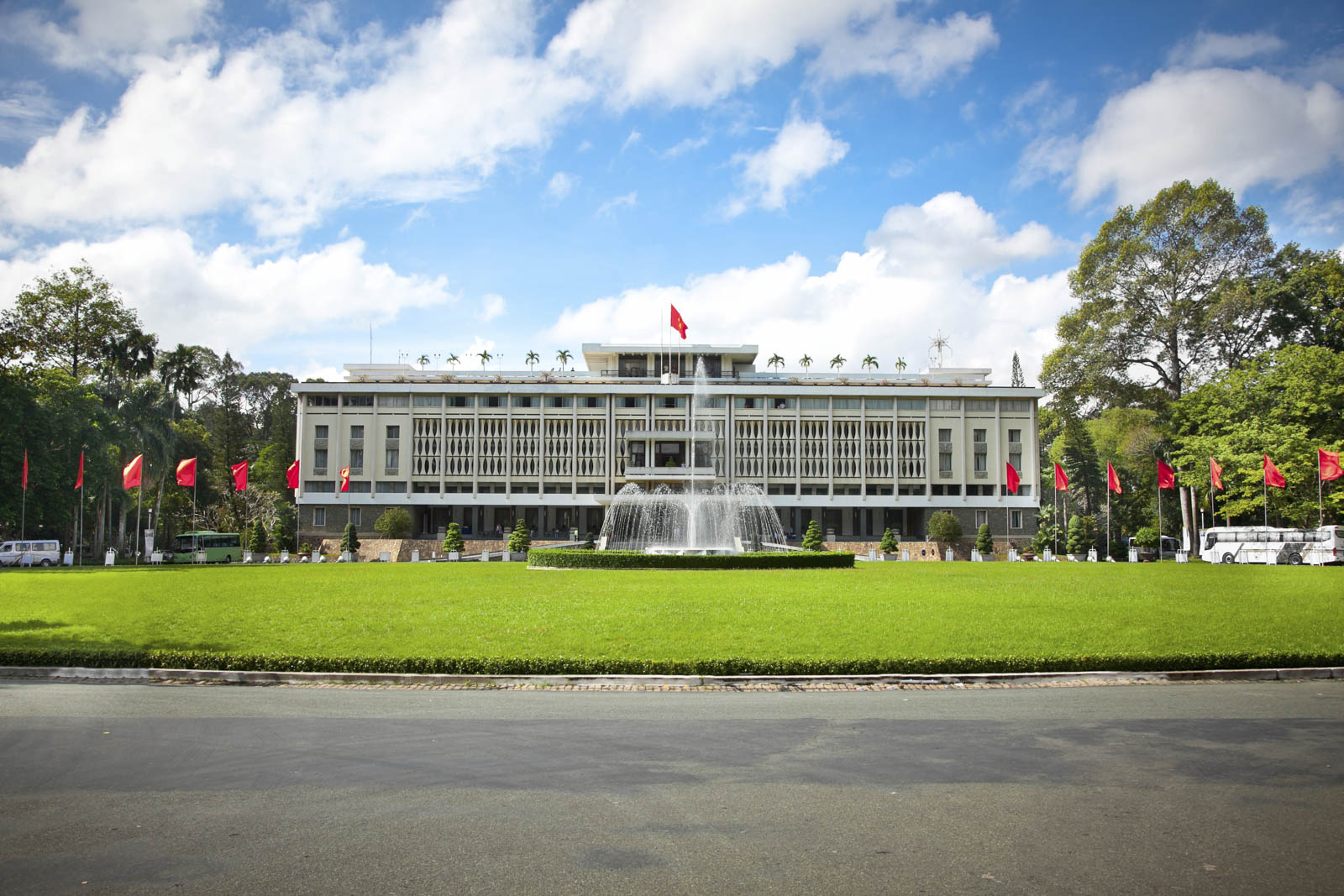
Officially called Ho Chi Minh City but referred to locally by its previous name, Saigon is Vietnam’s largest city. Compared to capital Hanoi (in the North of the country), Saigon is bigger, brasher and busier—a fascinating metropolis bursting at the seams with bustling people, chaotic traffic and plenty to see and do.
As Saigon is the best stop on our itinerary for learning about Vietnamese history, politics, and culture, it makes a lot of sense to start your trip here.
As you’d expect in a city of Saigon’s stature, you’ll find high end restaurants, luxury hotels, trendy bars and nightclubs, and stores full of expensive international brands. But you will also find markets teeming with produce and people, casual restaurants and street food vendors, traditional temples where locals observe festivals and moments of religious significance. And thousands of everyday businesses where ordinary life is lived.
We suggest a mixture of classic sightseeing (such as Saigon Central Post Office, Notre Dame Cathedral, Reunification Palace, and the War Remnants Museum), and exploring local neighbourhoods. Make sure you visit at least one of the many cafe apartments, where an eclectic array of funky shops and cafes have sprung up inside old mid-century apartment blocks, sometimes still sharing the spaces with a last handful of residential homes.
Don’t miss setting aside time to enjoy some of the colourfully chaotic local markets such as Ben Tanh in District 1 (street food and general shopping), Binh Tay in Chinatown (fresh food, general shopping and street food), An Dong Market in District 5 (artisan-made clothing, footwear and crafts), and Ho Thi Ky Flower Market (flowers).
We can personally recommend booking a specialist food tour to taste some of Vietnam’s incredible cuisine, and hooking up with a local goodwill guide from HanoiKids for an introduction to the city and insight into life from a local student’s perspective.
You may also appreciate the eye-opening historic lesson of an excursion to visit the Cu Chi Tunnels, a network of underground tunnels used by the Viet Cong to evade American and South Vietnamese forces during the Vietnamese war. Be warned that they are not recommended for the claustrophobic.
Mekong Delta (3 nights)
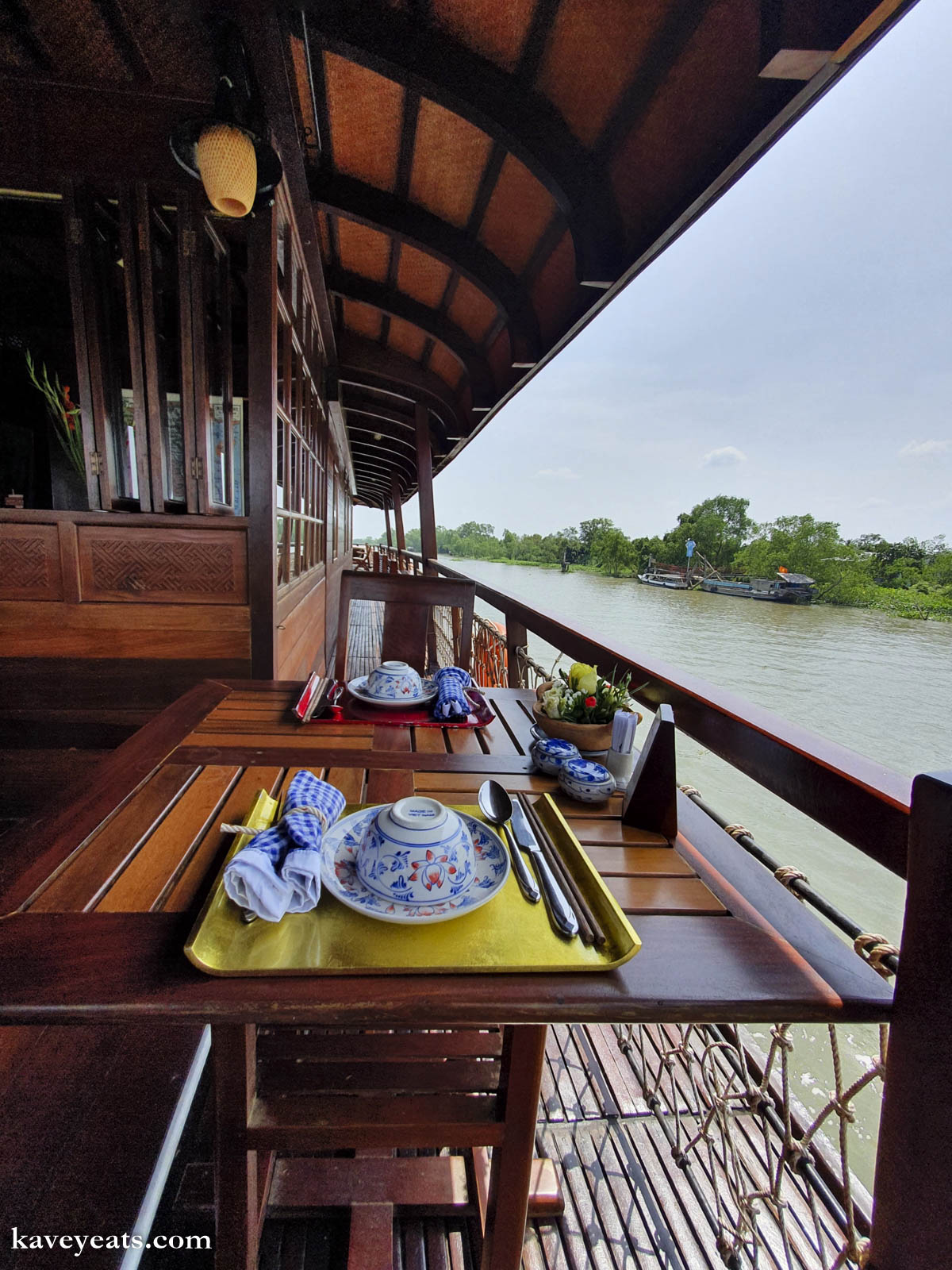
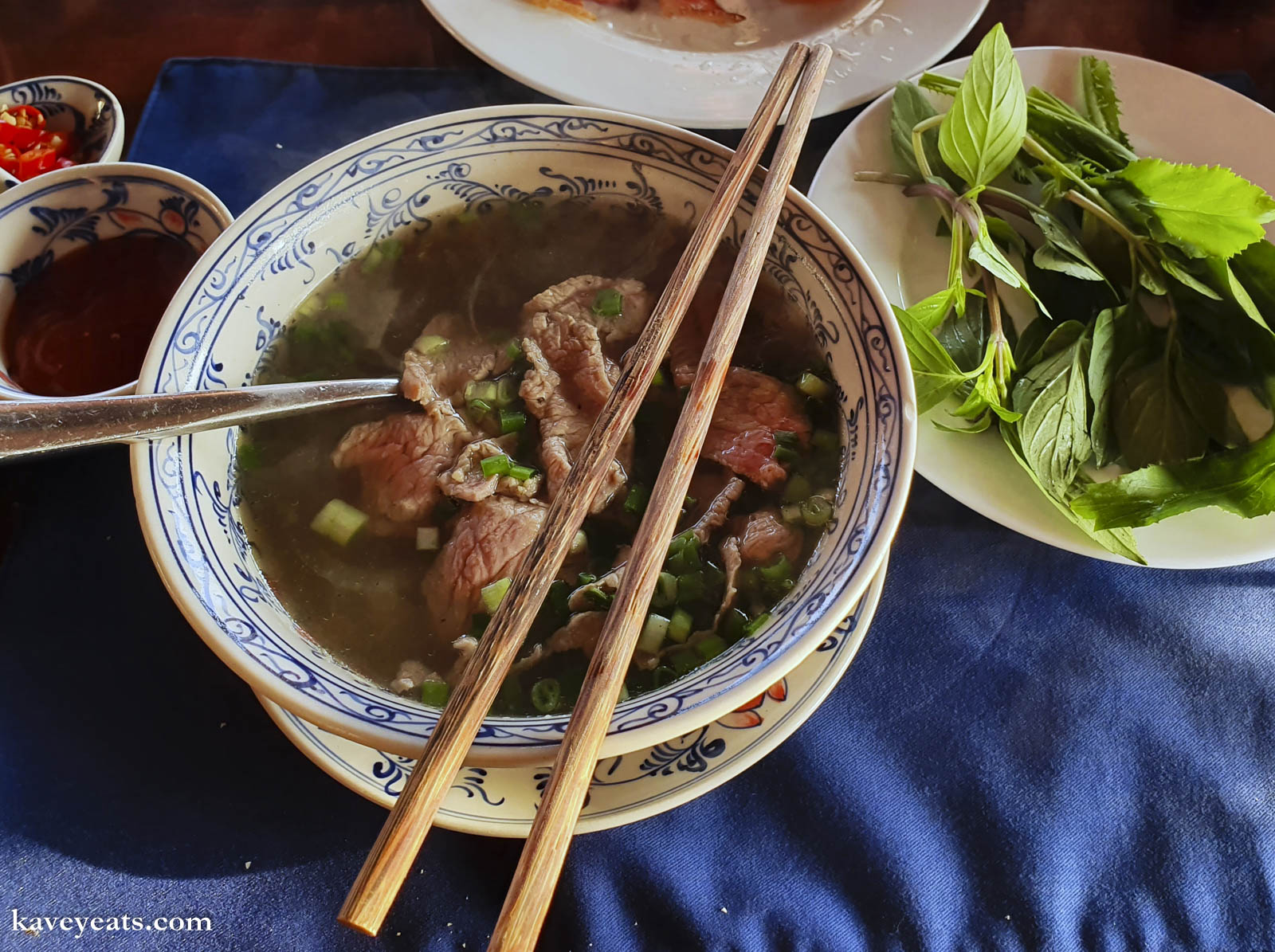
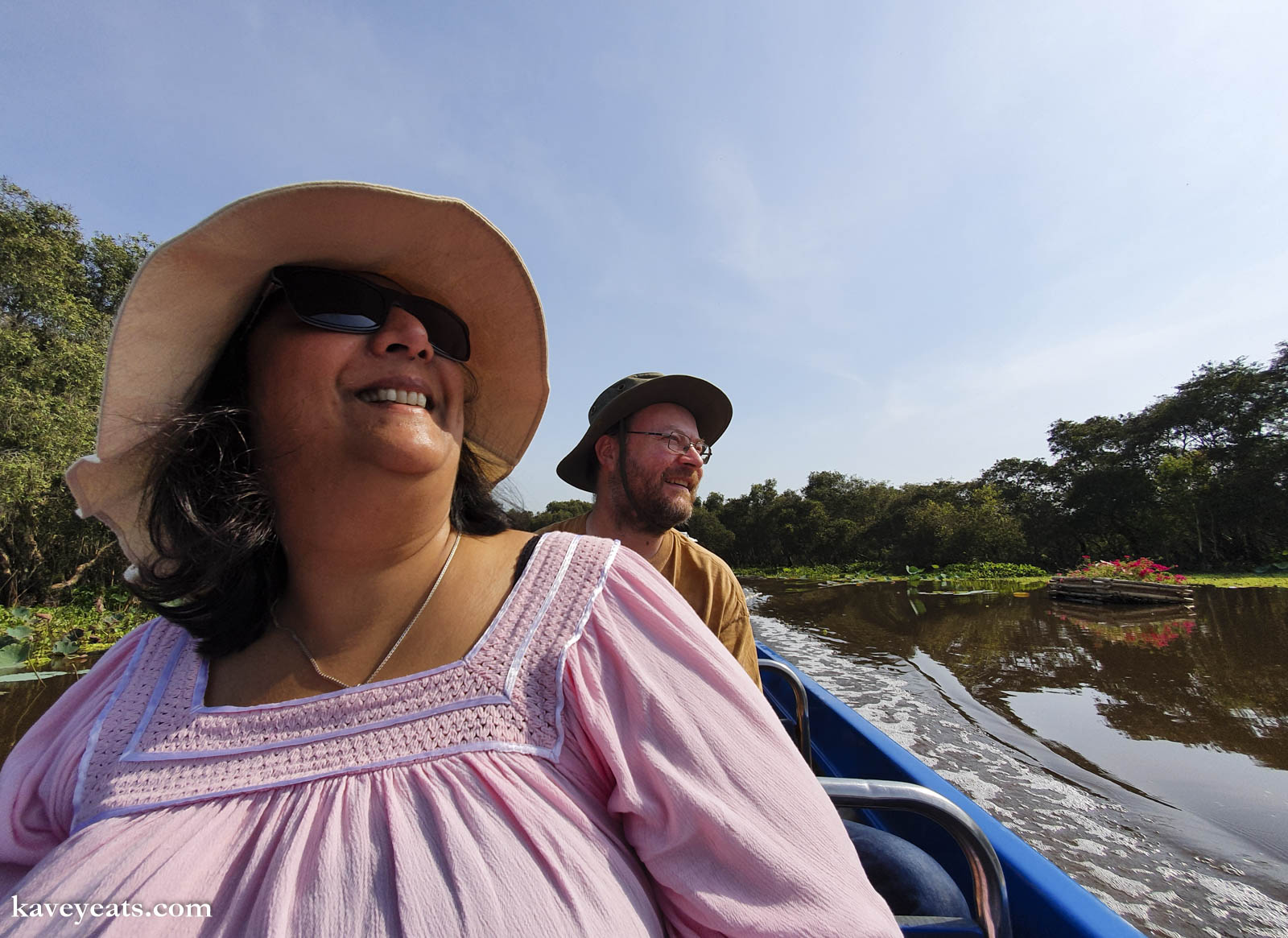
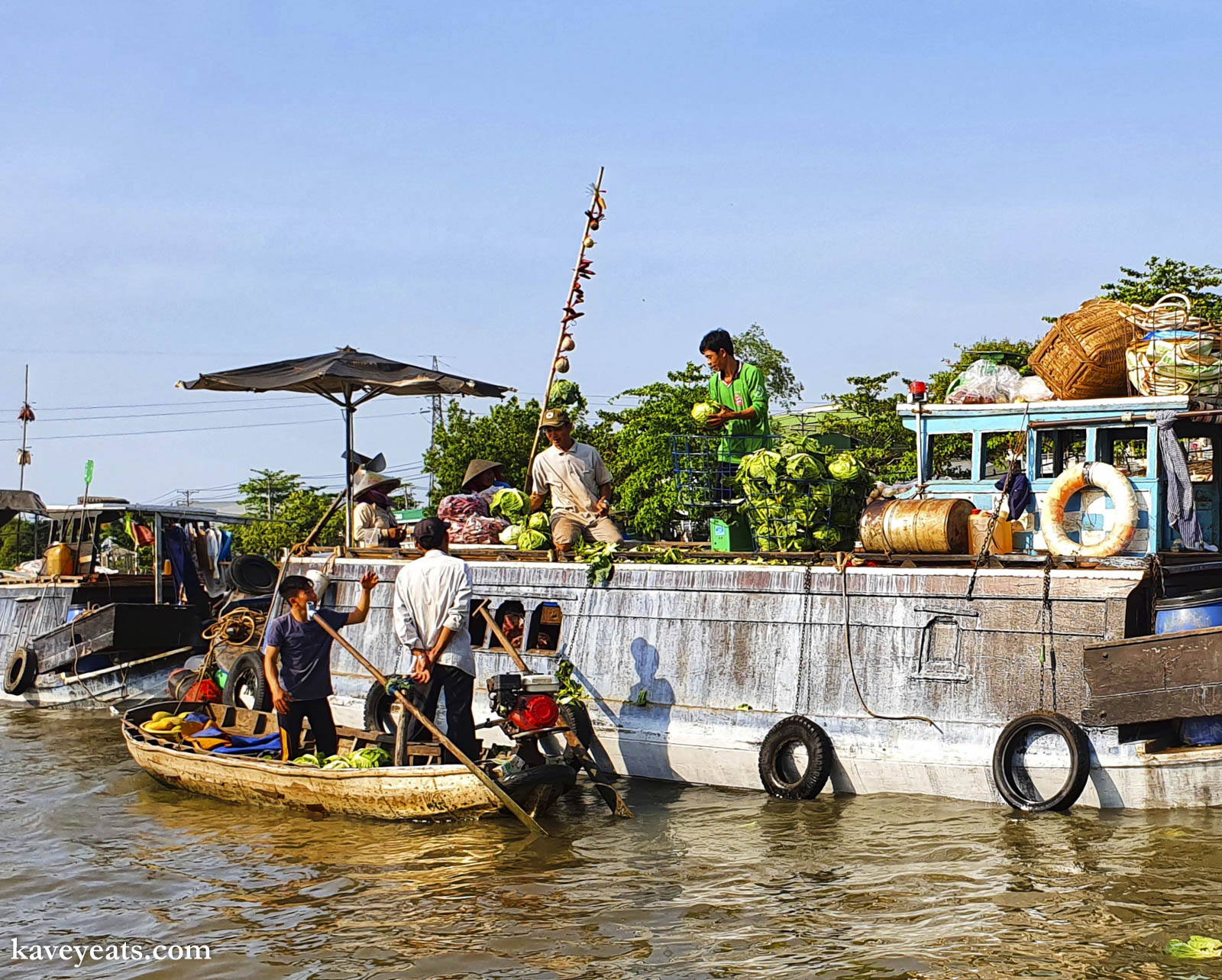
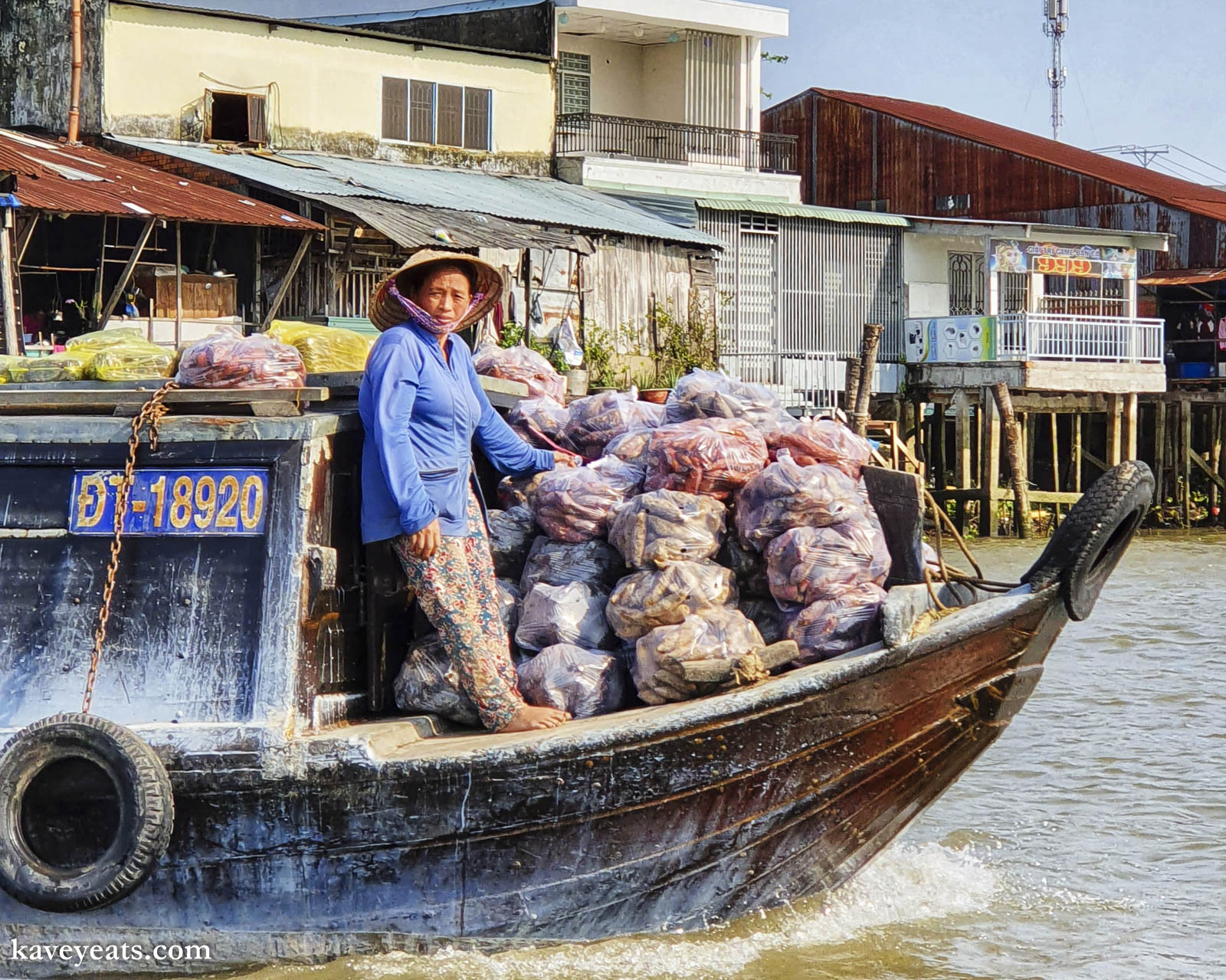
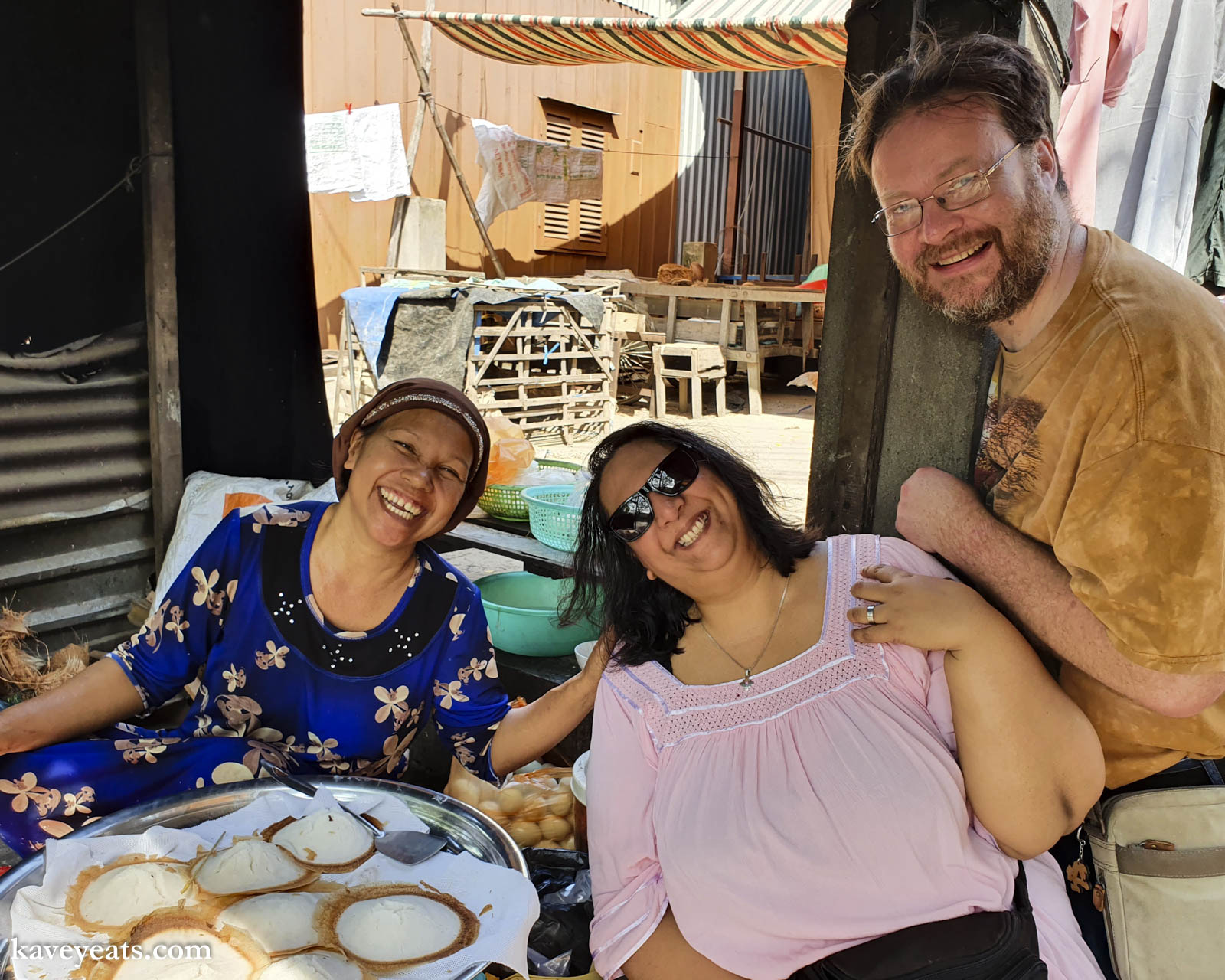
Saigon (Ho Chi Minh City) is a great jumping off point for a trip into the Mekong Delta. Split your time between a cruise on the waterways of the Delta, and a couple of nights in Chau Doc, a handy sightseeing base to explore the local area.
Cruises give you a glimpse of life along the canals and rivers of the region, and are a very relaxing way to sightsee. Pick between a day cruise that drops you off in Can Tho (where you can spend the night), or an overnight cruise where you’ll spend the night on the boat, which is what we did.
Make sure you include a boat visit to the famous Cai Rang floating market, a floating market selling fruita and vegetables to mainly wholesale buyers from restaurants and shops.
Chau Doc is a great base from which to explore further. Sights that can be visited from the water include floating fish farms, small bustling floating markets, local villages including a Cham village where you can watch traditional weavers at work and buy fabric and goods. Also worth visiting is Sam Mountain, where you can explore local temples before taking lunch in a hotel restaurant offering the most wonderful views over the agricultural landscape below. Lastly, do make time for a visit to the tranquil Tra Su Forest eco reserve where you can speed along the wider canals in a speedboat before transferring to a rowboat to glide more quietly along the narrower routes.
We found it well worth while to book a customised private tour guide and transport for our time in the Mekong, and can strongly recommend our guide Toby who we booked via Destination Services (currently not in operation). We liaised with the agency to agree itinerary, accommodation and the exact contents of our sight seeing excursions as well as a transfer to Can Tho Airport for our onward flight.
Da Nang, Monkey Mountain, Marble Mountains and Chua Linh Ung Temple (Transfer)
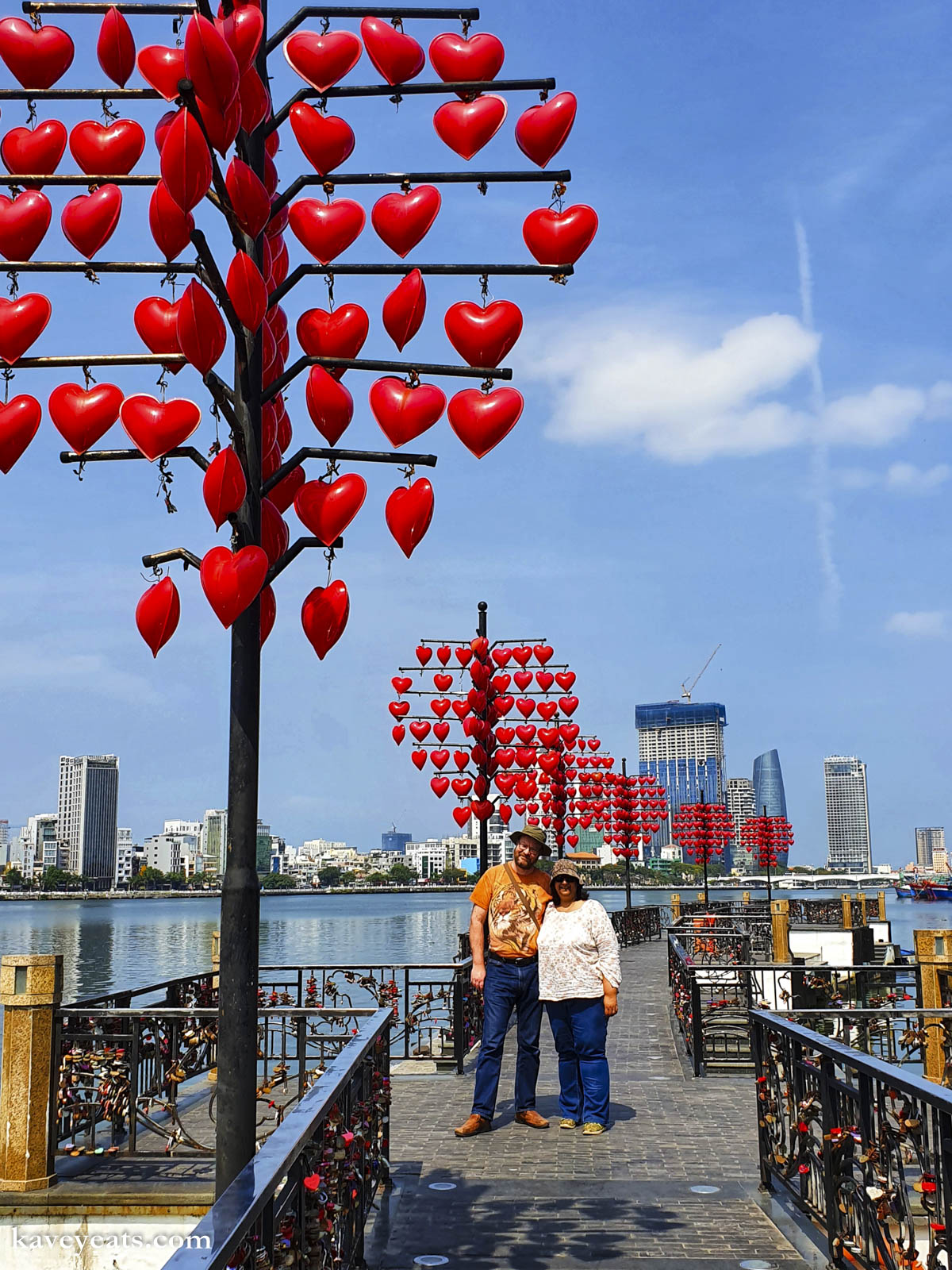
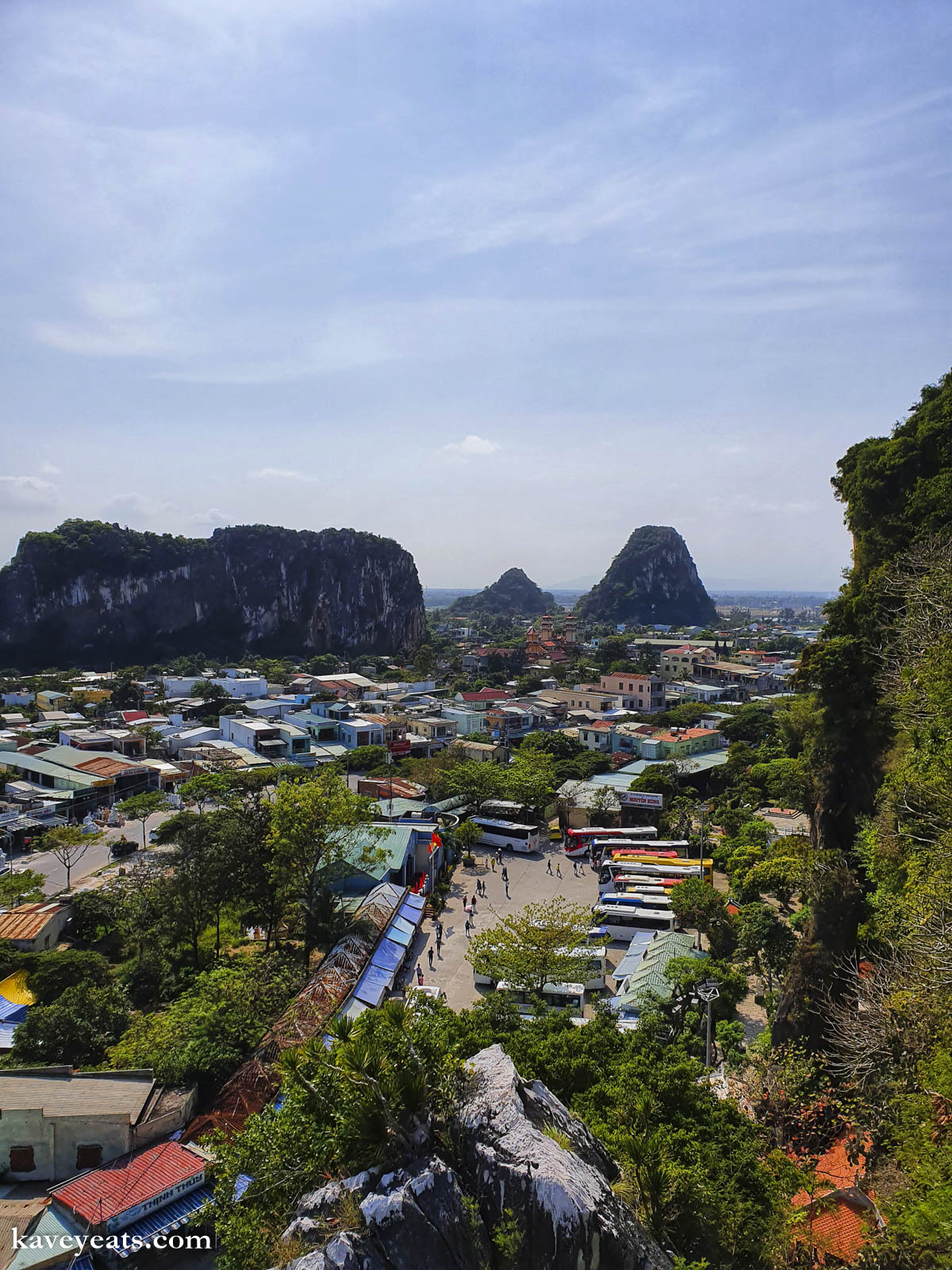
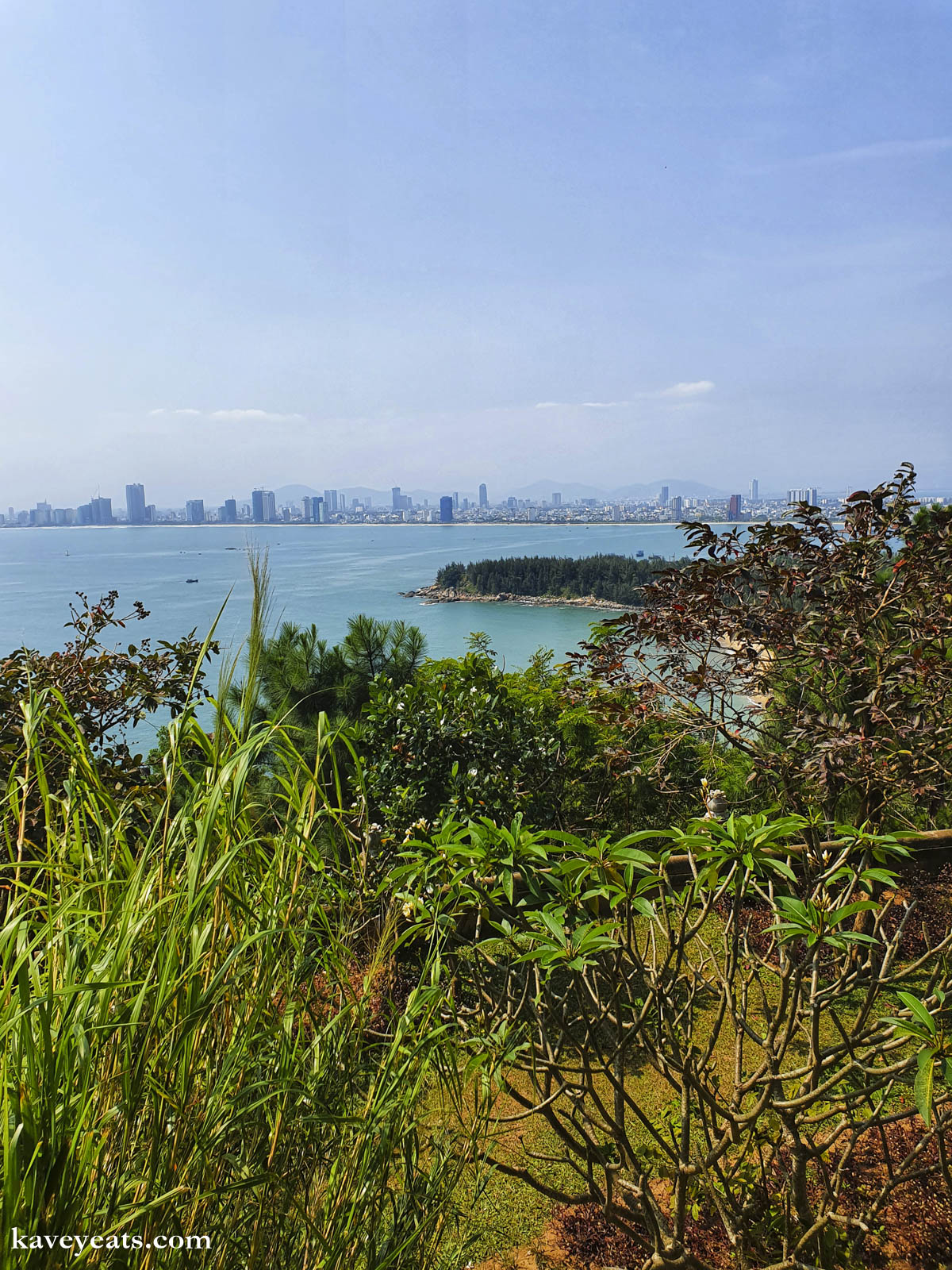
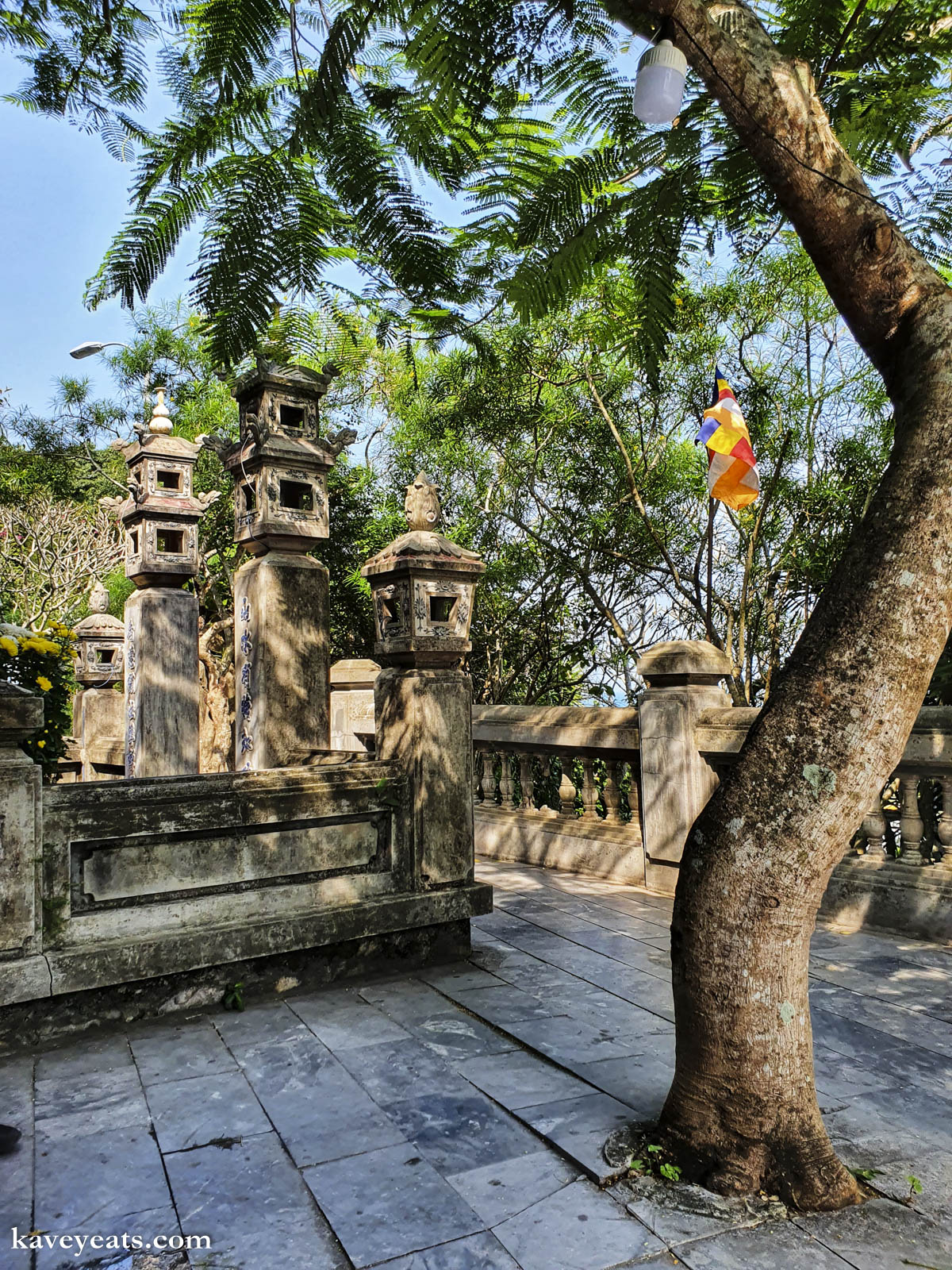
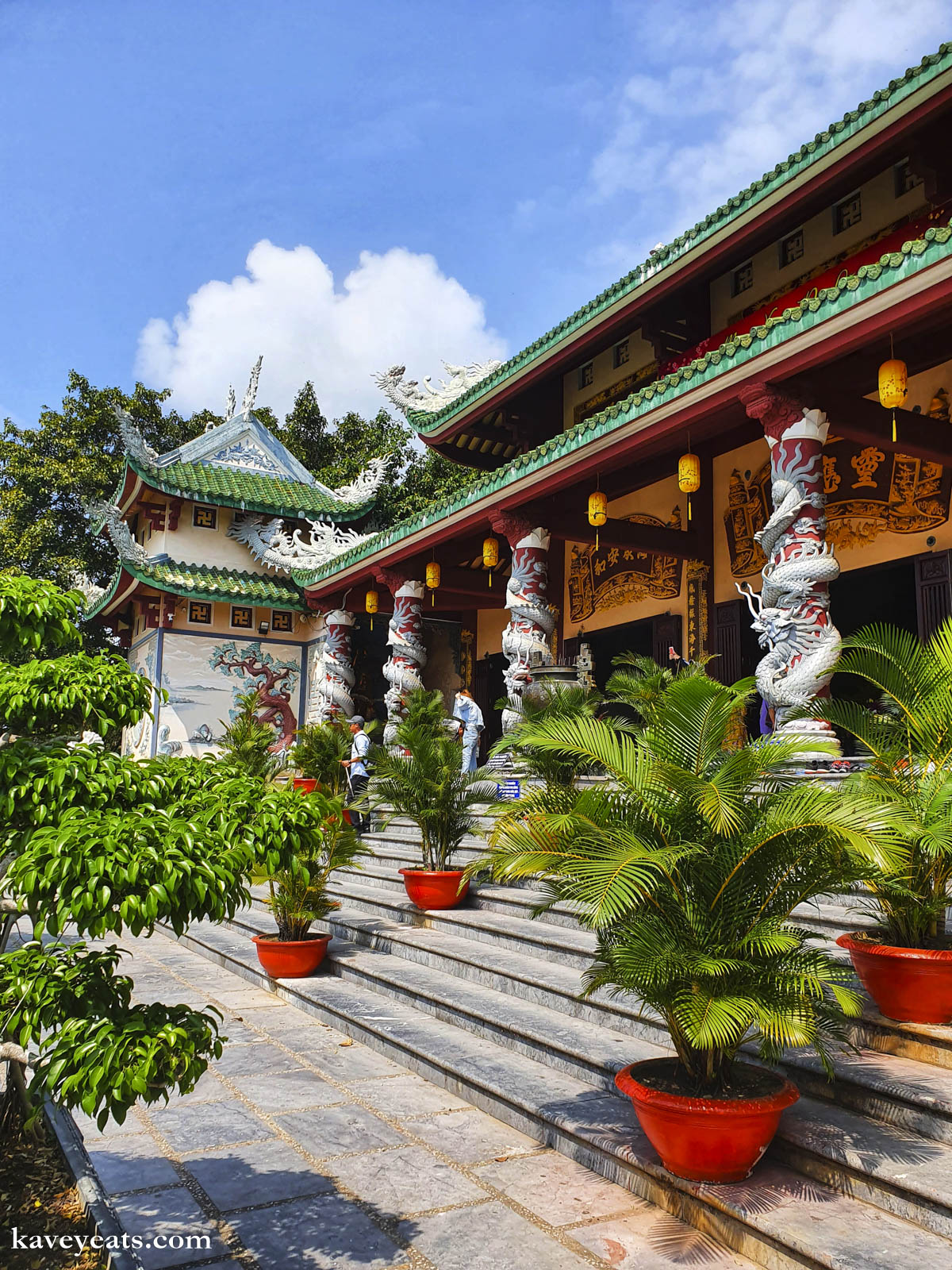
Following our domestic flight from Can Tho Airport to Da Nang Airport, we pre-booked an excursion-cum-transfer which not only collected us from the airport and transferred us directly to our hotel in Hoi An, but also included a guided visit to several attractions along the way.
In Da Nang we stopped at the famous Dragon Bridge (Cau Rong), just a couple of miles from the airport. Built i 2013, the bridge takes the form of a 666 metre-long dragon with a mouth the breathes fire in weekly pyrotechnic displays that make use of fireworks and water vapor to mimic fire and smoke. These are scheduled for weekend evenings, but the bridge is also worth visiting on any night, lit up by thousands of multicoloured lights.
We also had a meander to see the Love Bridge, a purpose-build walking peer at DHC Marina, just a minute’s walk from the Dragon Bridge. The walkway is decorated with ‘trees of love’–lampposts festooned with red heart-shaped lights that look good in both daylight and evening hours; the barriers along the peer are purpose-designed to be hung with padlocks by tourists seeking out a way to commemorate their romance–the gift shop at the marina sells padlocks especially!
Just a few minutes from Da Nang town centre is Thọ Quang, a peninsula dominated by Sơn Tra Mountain, also known as Monkey Mountain. The island offers wonderful views back to the city, around the curves of Da Nang Bay and along My Khe Beach to the south. Linh Ung Pagoda is a beautiful temple, well worth a visit for the green-roofed temple buildings, bonsai-filled gardens, grand three-doorway temple gate, and the huge and iconic statue of the Bodhisattva Quan Am.
The Marble Mountains are a cluster of five marble and limestone hills located just a few miles south of Da Nang city centre. The five mountains are named for the elements: kim (metal), thuy (water), moc (wood), hoa (fire) and tho (earth).
Thuy son is the key mountain to visit, and the only one with a lift available to take you part way up the mountain. There are a number of caves, tunnels and pathways to explore, with Buddhist sanctuaries, small shrines and statues within the caves and alongside them. Note that taking the lift will allow you to reach a high viewing point from where you can enjoy wonderful views over the other mountains and the local area, but you will need to navigate many steps and winding pathways to see more than the small shrine and garden where the lift exits.
The neighbourhood around the Marble Mountains is well known for marble carving and sculpture, but as it’s no longer permitted to quarry locally, all marble used today is imported (from other regions and further afield from China). It’s worth visiting one or two local producers to see the wide range of designs and items made.
Depending on the time of your incoming flight, you could also stop in Da Nang for lunch before you make the half hour drive to Hoi An.
Hoi An (4 nights)

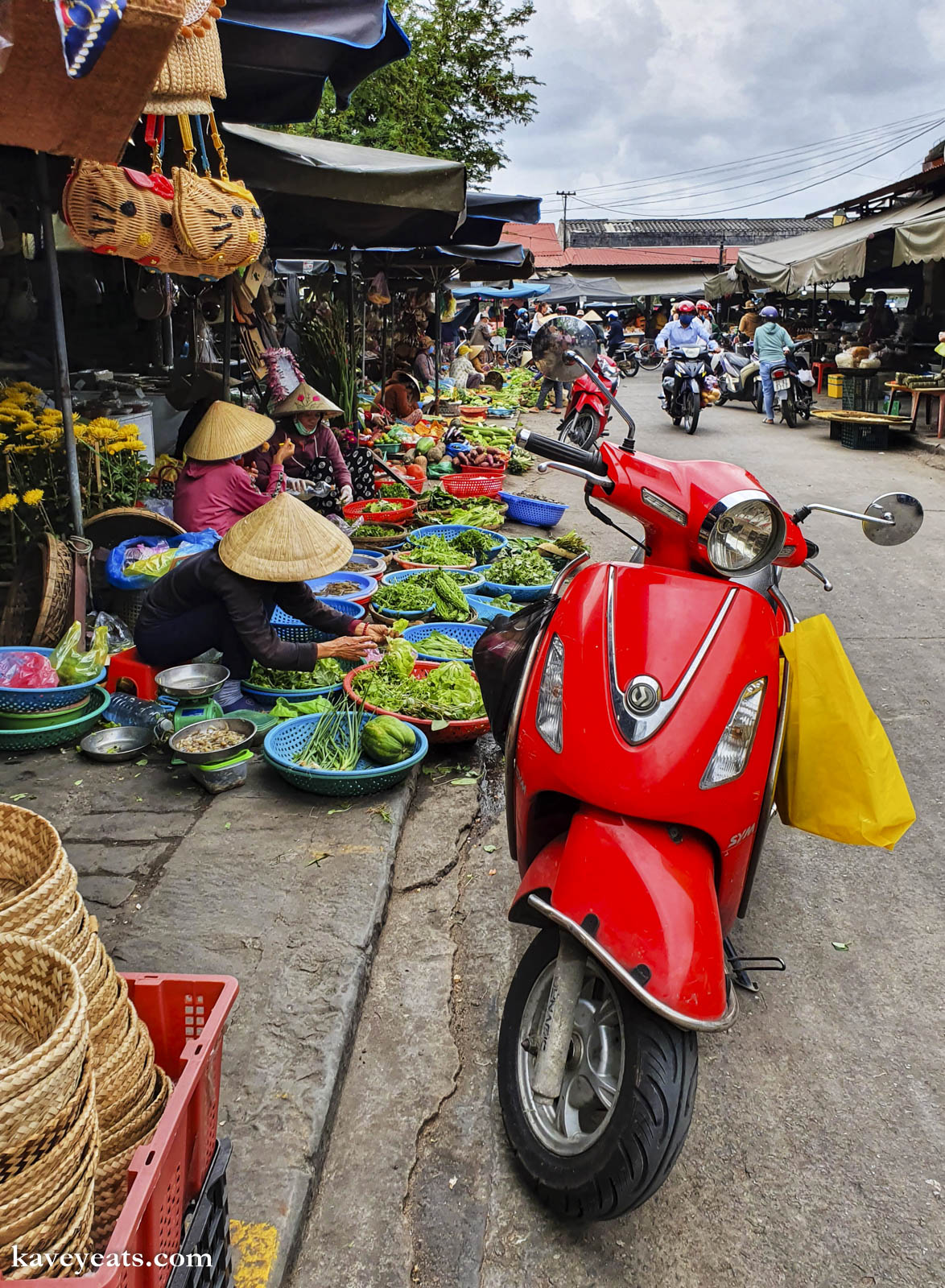
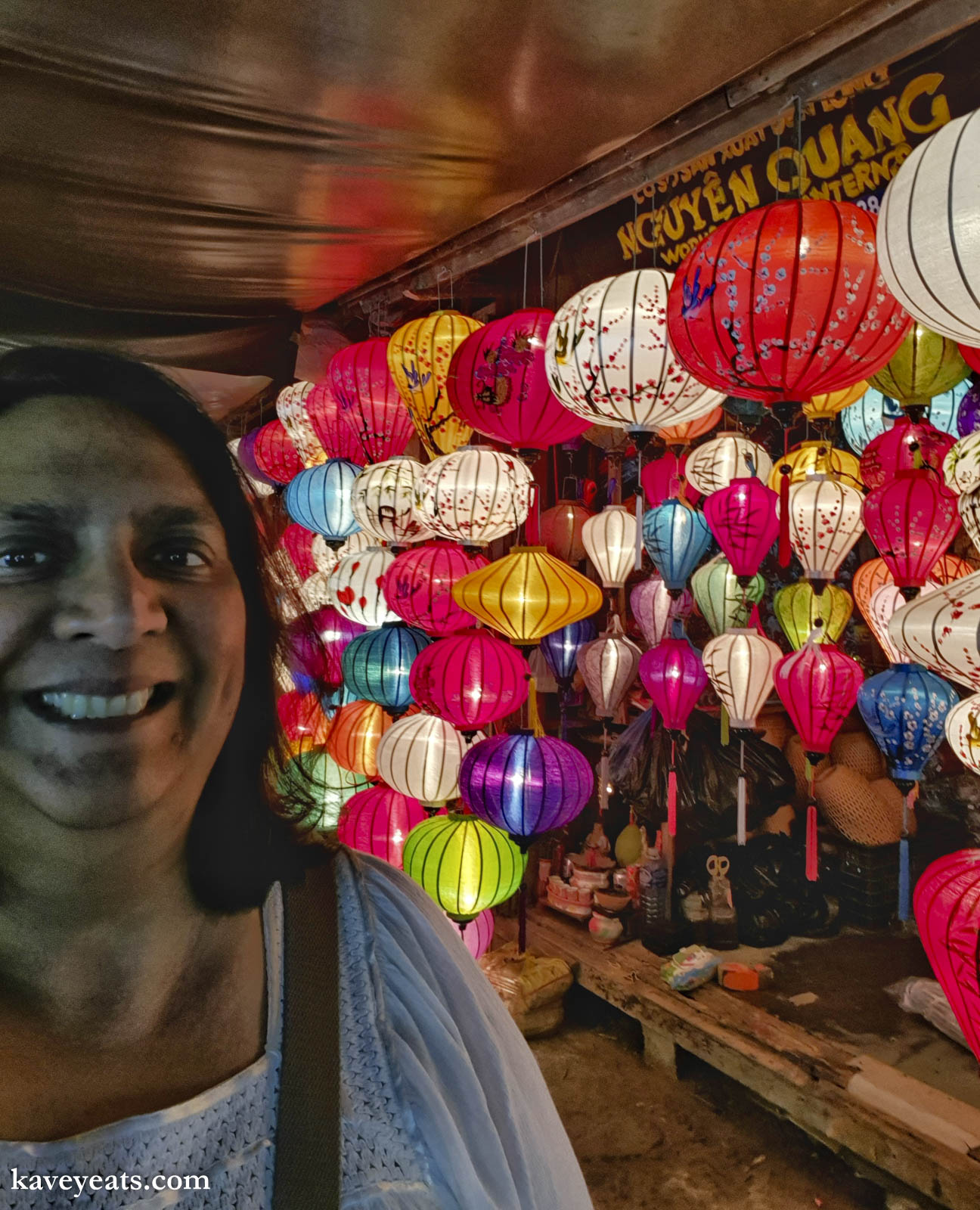
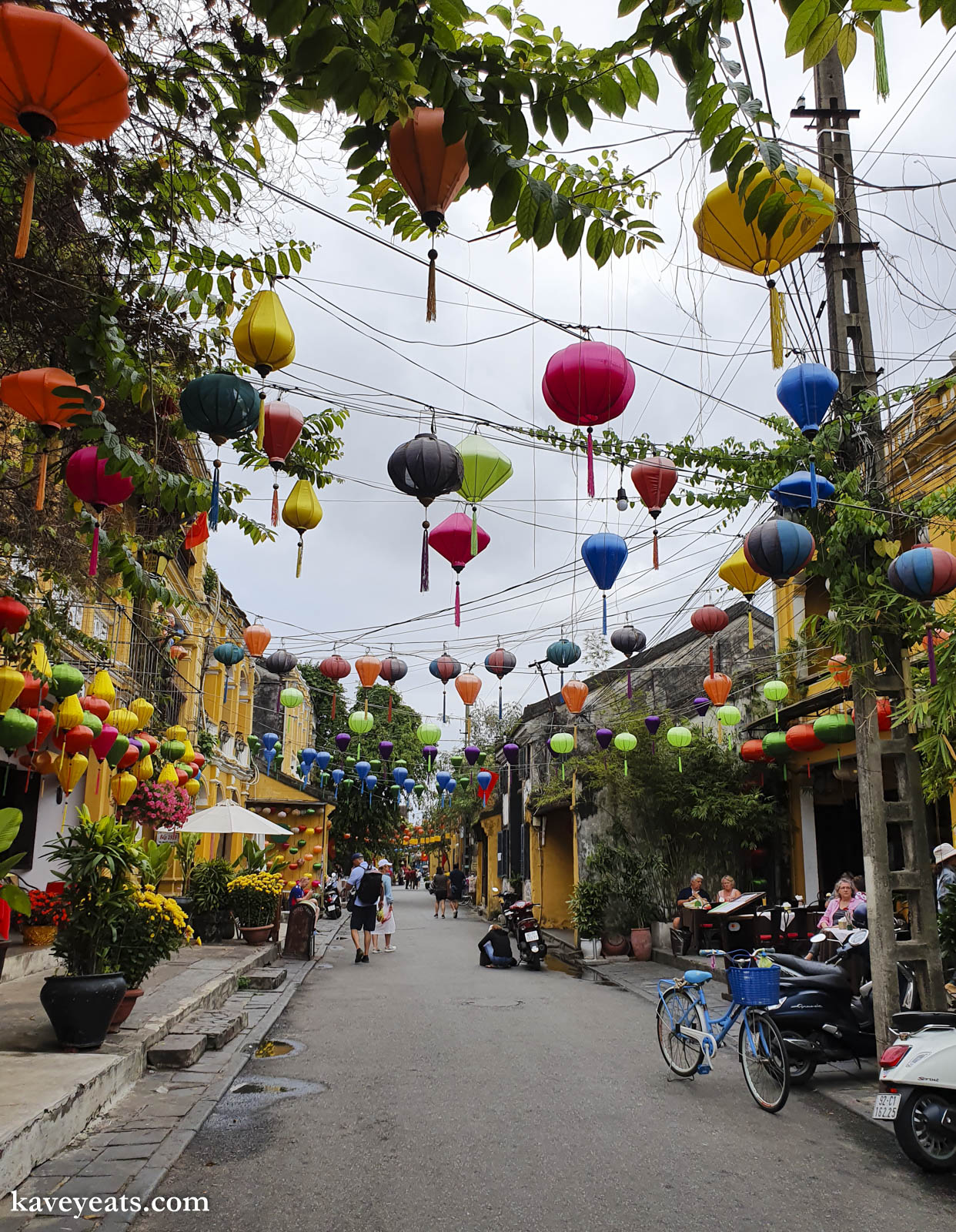
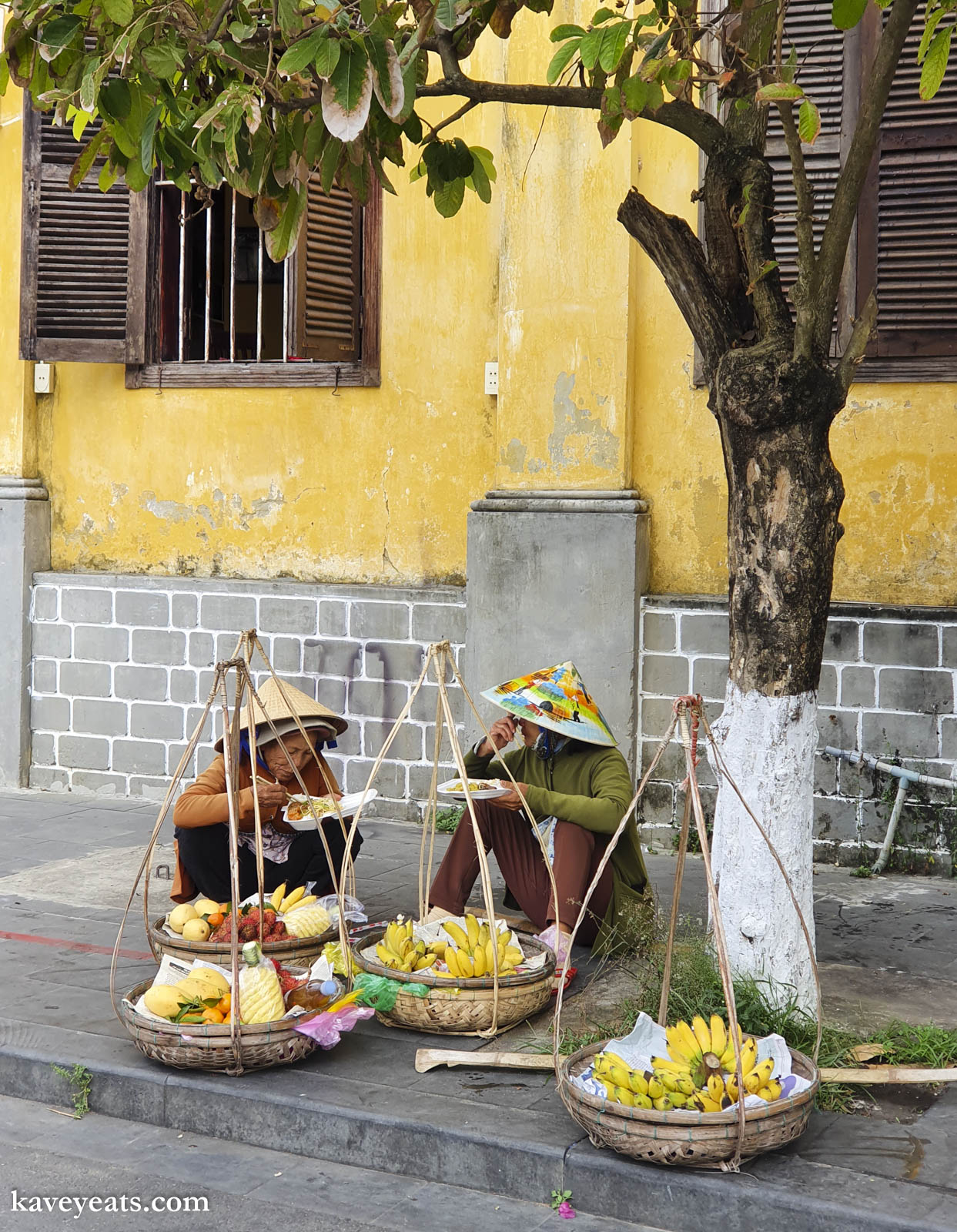
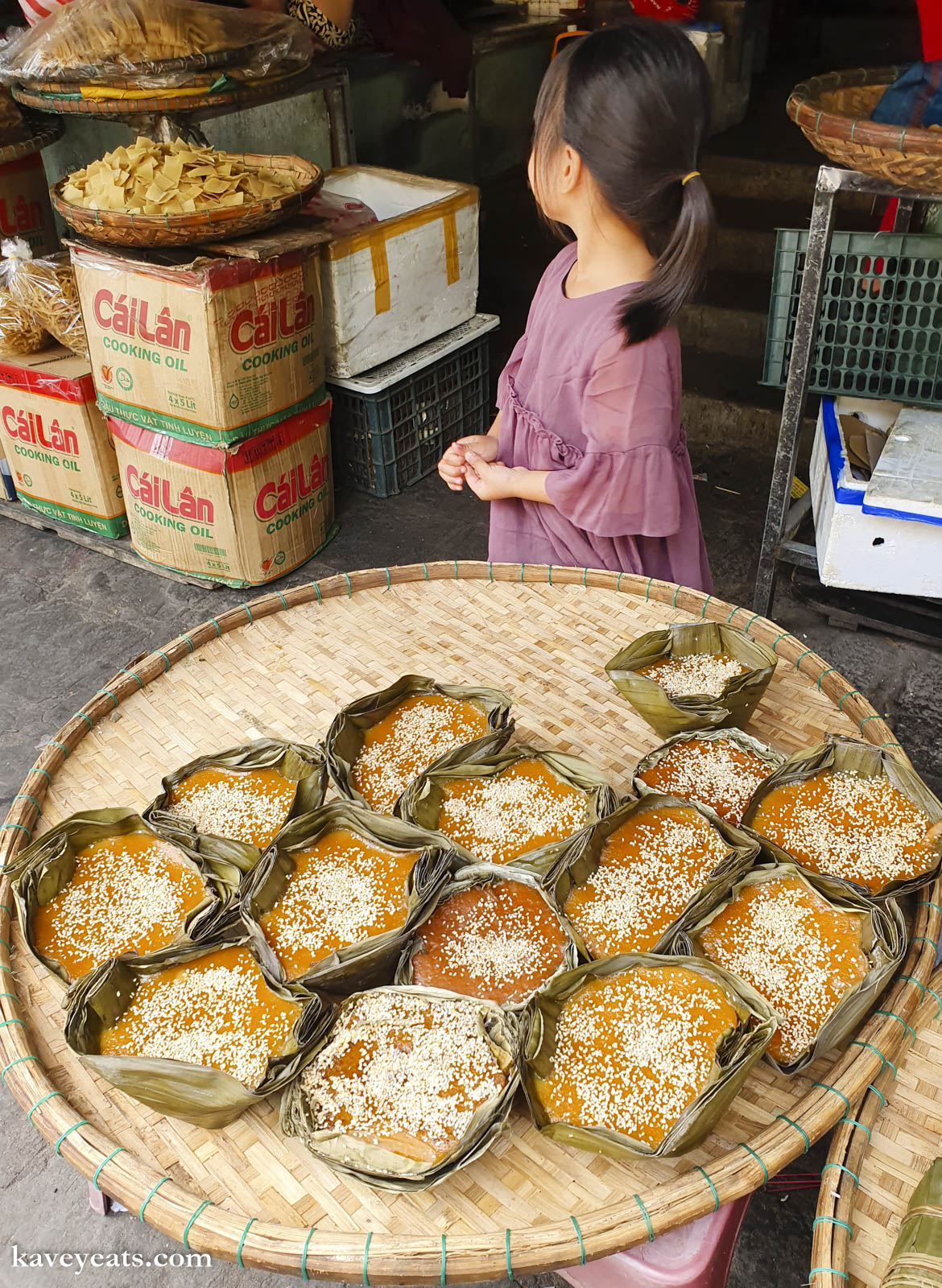
Hoi An is one of the most popular destinations in Vietnam. Loved for it’s charming and well-preserved historic old town, great selection of restaurants cafes and bars, wide ranging souvenir shopping and nearby beaches, it has a relaxed vibe ideal for relaxing.
Located by the mouth of the Thu Bon River there is plenty to enjoy within the town itself. River cruises are popular throughout the day, but especially so in the evening when colourful lanterns adorn boats and the pretty buildings on either side are also beautifully lit up. Cyclo tours around the streets are also a lovely way to sight-see.
The beautiful old town is designated a UNESCO World Heritage Site, and its easy to spend many hours exploring the pretty streets, especially if you are interested in photography–Hoi An is hugely photogenic. Specific sights of interest include the Japanese covered bridge, the Cantonese Assembly Hall, the preserved old houses open to visitors (such as Phung Hung and Tan Ky), the Museum of Folk Culture but the entire yellow-painted neighbourhood is captivating.
Visitors to Hoi An enjoy browsing the many craft shops in the old town, and those staying a few days take the opportunity to buy made-to-order clothing and leather goods such as bags and shoes. There are hundreds of tailors and leather-producers to choose from, so getting a recommendation really helps to narrow down your choice. We used Alice Tailor inside the Cloth Market. Go with ideas of what you want, give plenty of detail so that the final products meet your expectations and ensure you have time for fitting and alterations, if needed. We had several items of clothing made and two leather bags copied from a denim purse and a nylon bumbag!
The main food market in Hoi An is enthralling, full of vendors inside the Central Market building and filling the streets around it. Unless you are self-catering you probably won’t have reason to buy much fresh produce (other than fresh fruits and snacks) but you can certainly visit for breakfast or lunch, as there are many stalls selling hot food.
The night market on An Hoi island is another great place for souvenirs, as well as excellent street food.
My Son Temples
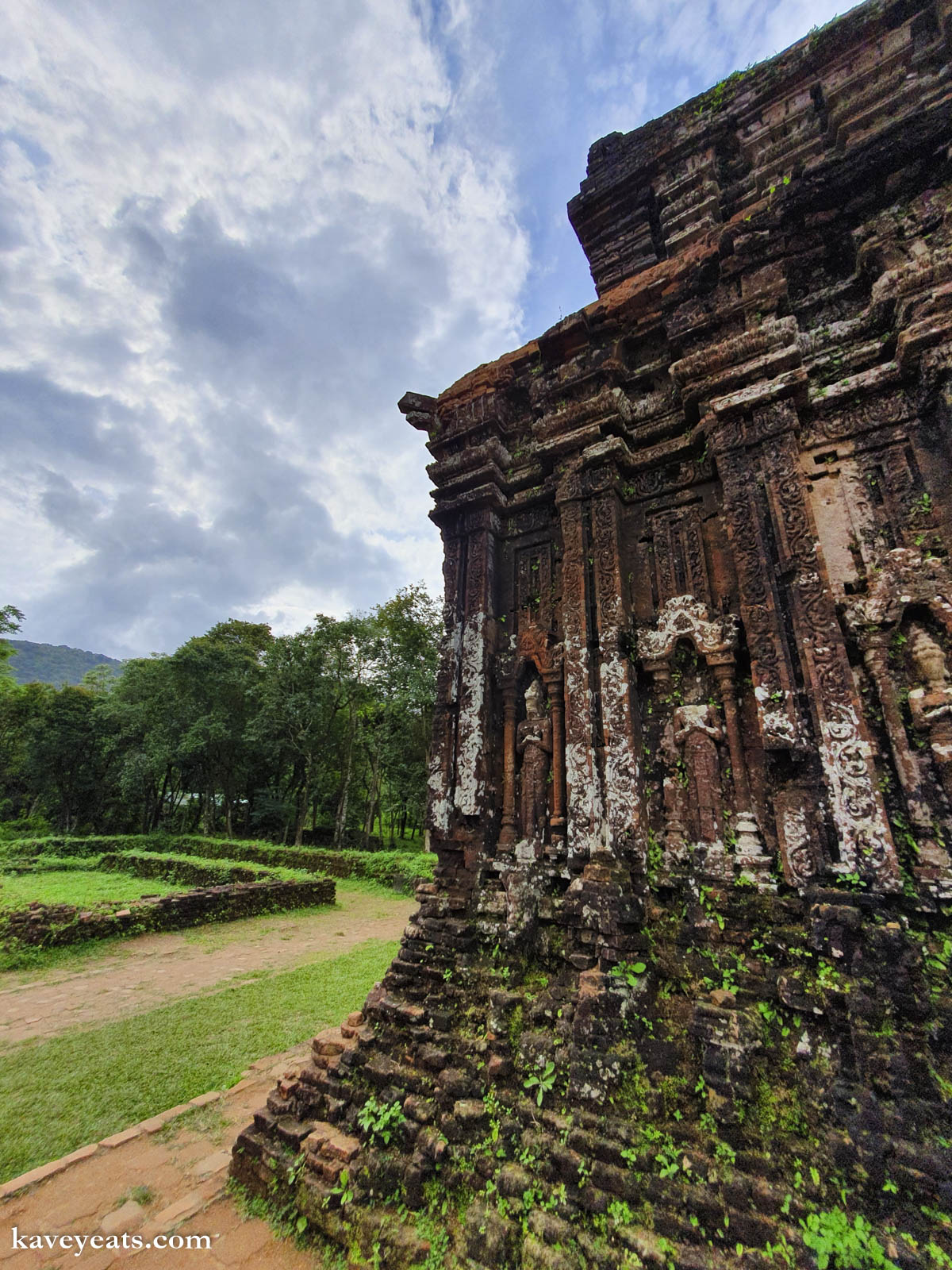
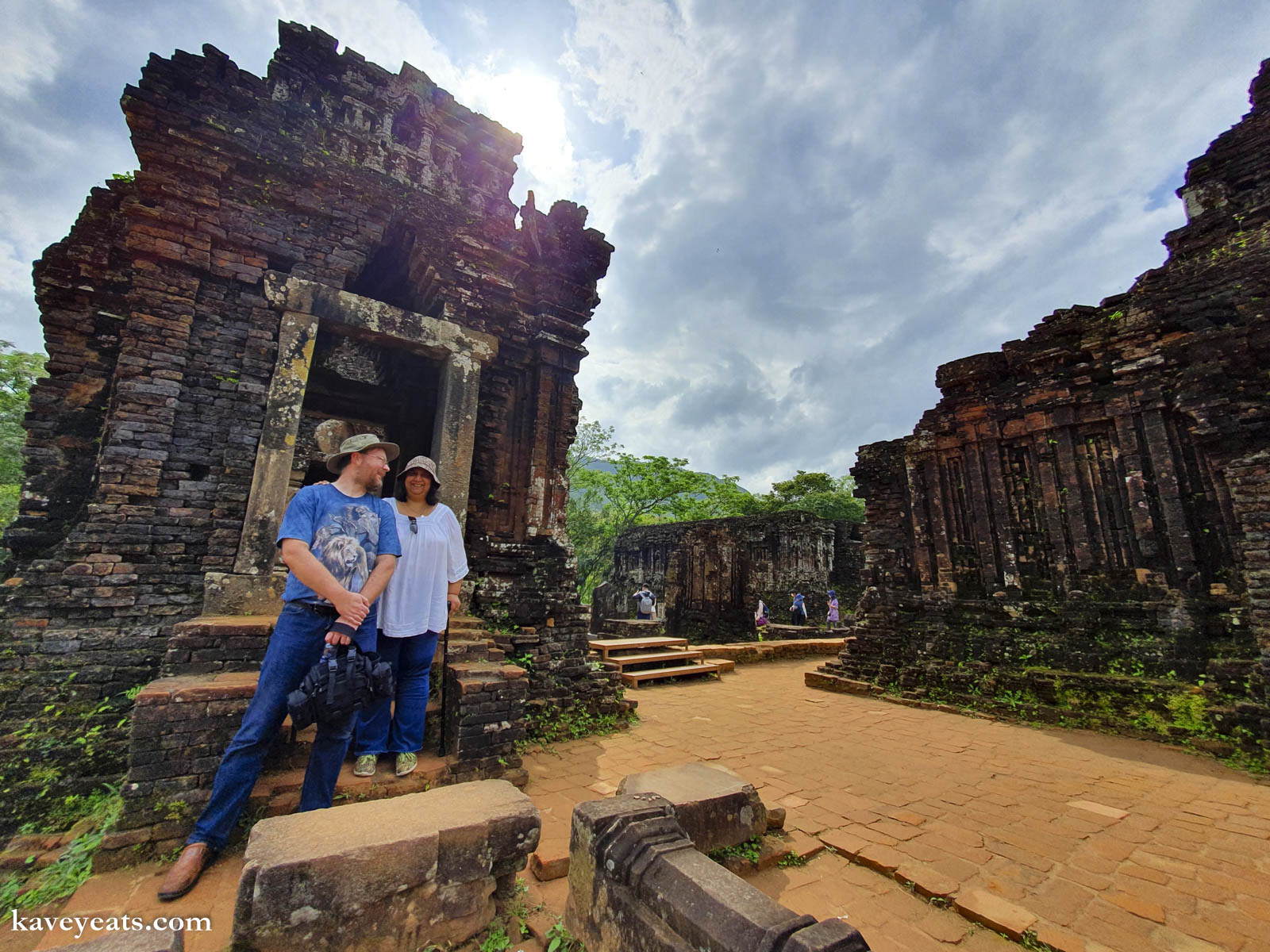
Ahead of arriving in Vietnam, we booked a full day guided excursion with a private guide, driver and air-conditioned car to explore key sights of interest nearby to Hoi An. Group and private tours are also available via minibus, vespa and bicycle.
Our day started early with a visit to the beautiful abandoned temples of My Son, built by the Champa Kingdom between the 4th and the 14th centuries and listed as a UNESCO world heritage site. This fascinating complex of Hindu temples is located in a lush forest valley with mountain ranges on either side, a few miles from the historic Champa capital of Tra Kieu. The temples played a key role in religious ceremonies for the kings and ruling dynasties of the Cham, and royalty and national heroes were buried here.
During the 1930s and 40s the French, during their colonial occupation of Vietnam, worked to restore the temples of My Son but sadly, 54 of the 71 temples were later destroyed by American bombing during the American Vietnam War. Despite the destruction, the site is still well worth visiting, especially with a guide (or good book) giving you information about building techniques, the significance of various structures and objects, and the history of the Cham people.
My Son can get very busy during tourist high season, so we recommend you arrive just before the site opens. Electric buses are available to take visitors from the main entrance to a point that is nearer to the site (about 1.5 km if you decide to walk it), and from there it’s a further 700 metres along well-maintained flat paths to reach the temples themselves.
When we visited, a cultural dance event was performed just after opening; although fascinating to watch, it was very lengthy which meant that we missed our opportunity to explore the temples before the larger crowds arrived.
Other Attractions In and Near Hoi An
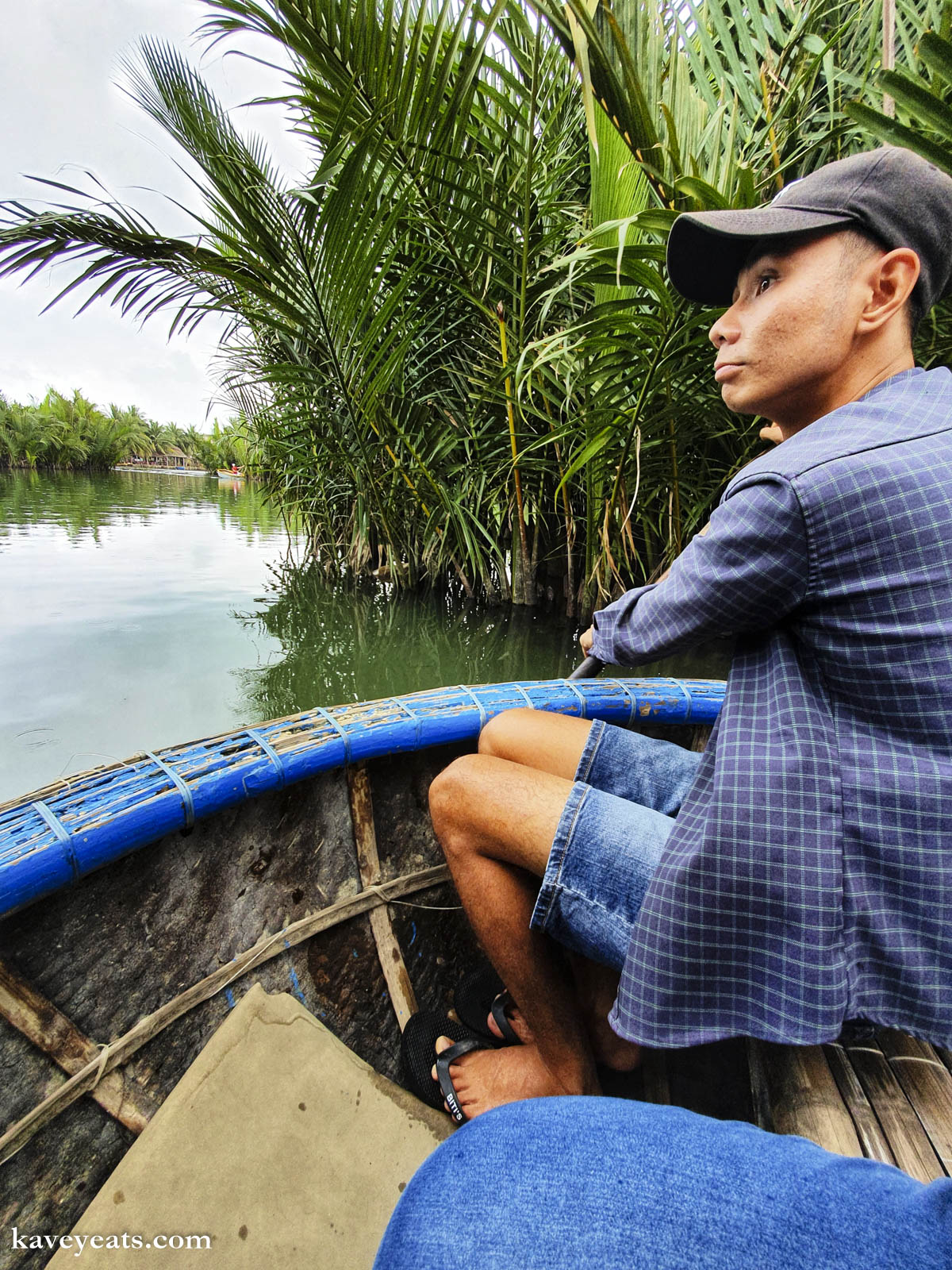
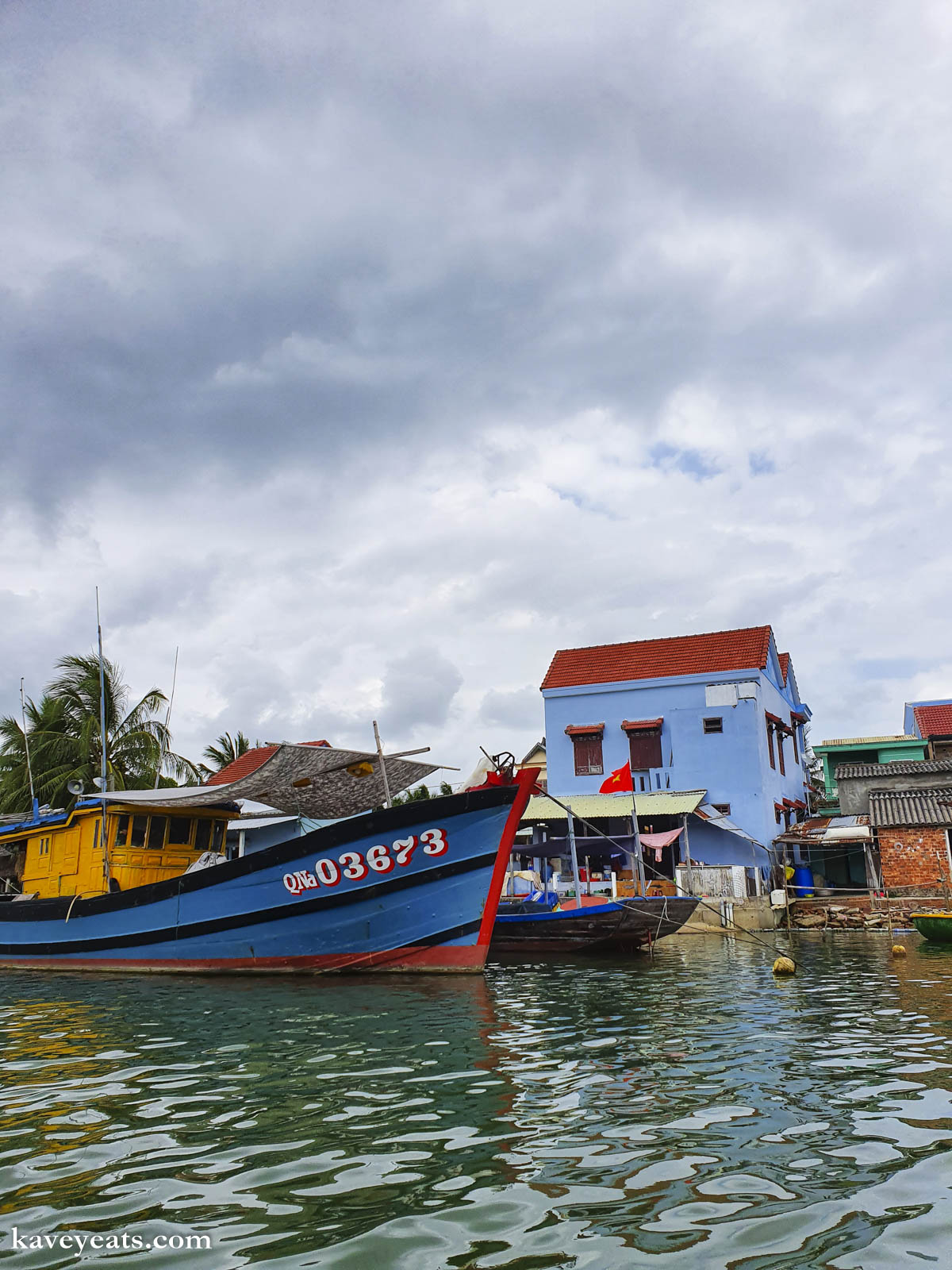
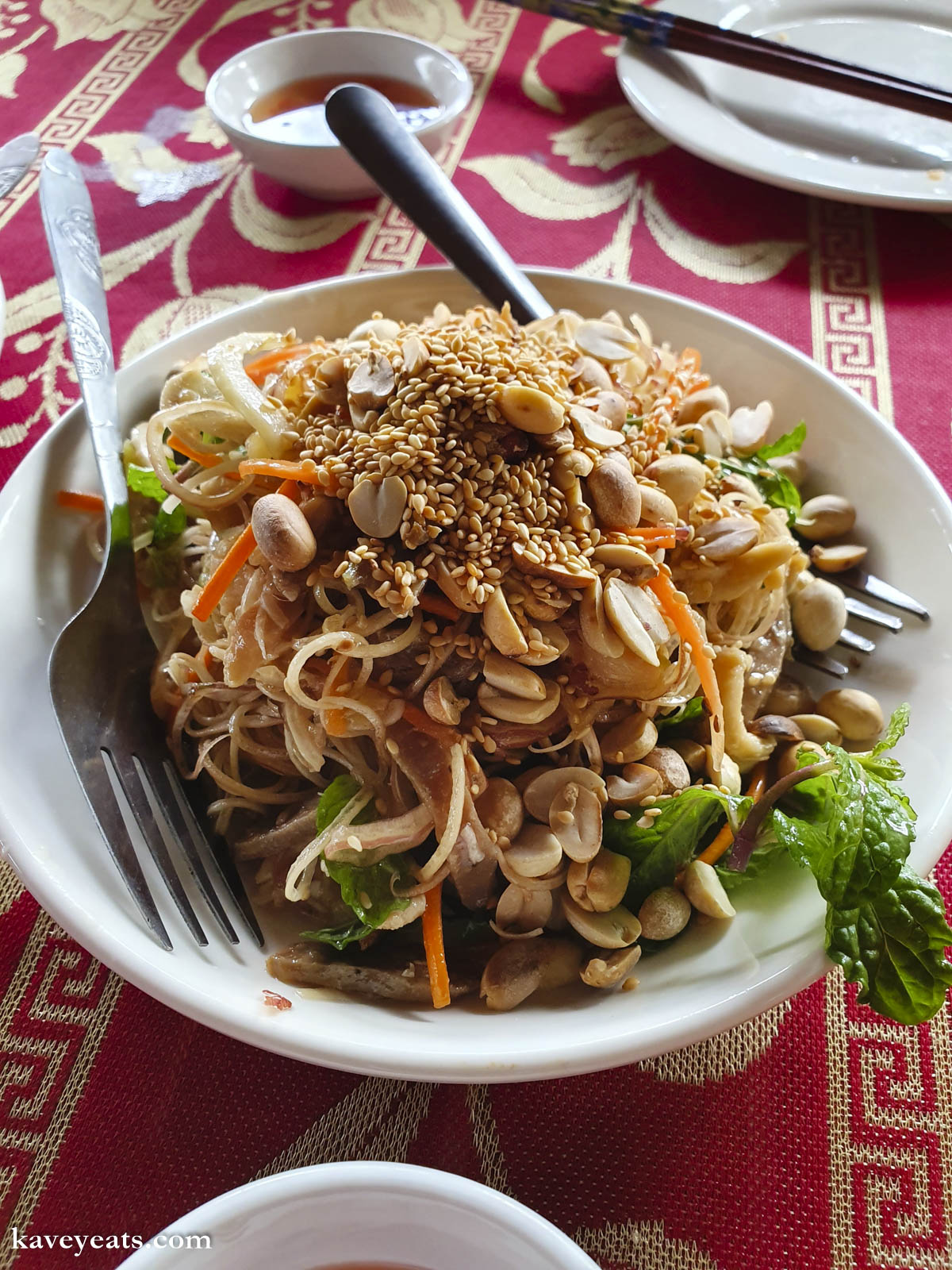
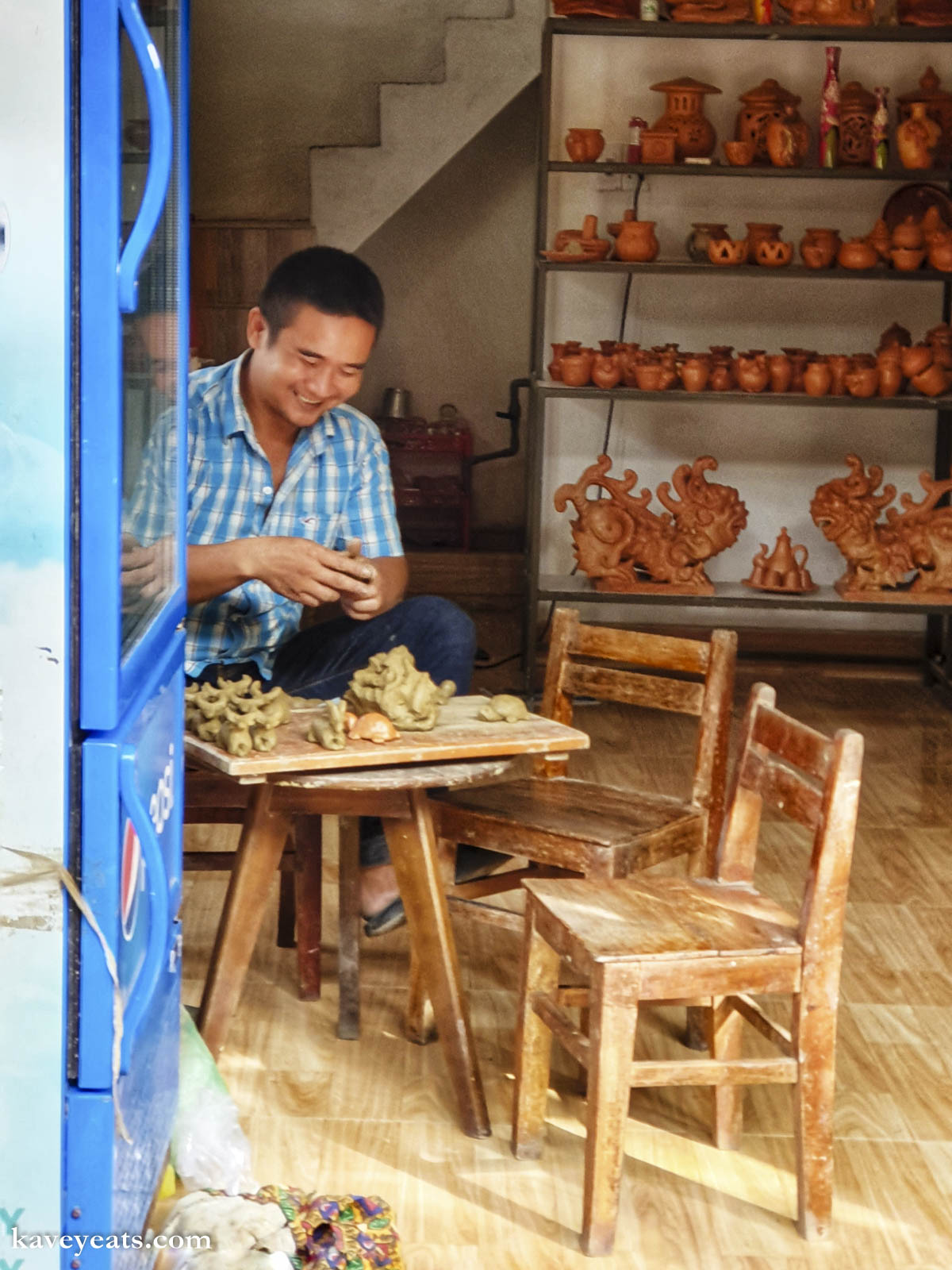
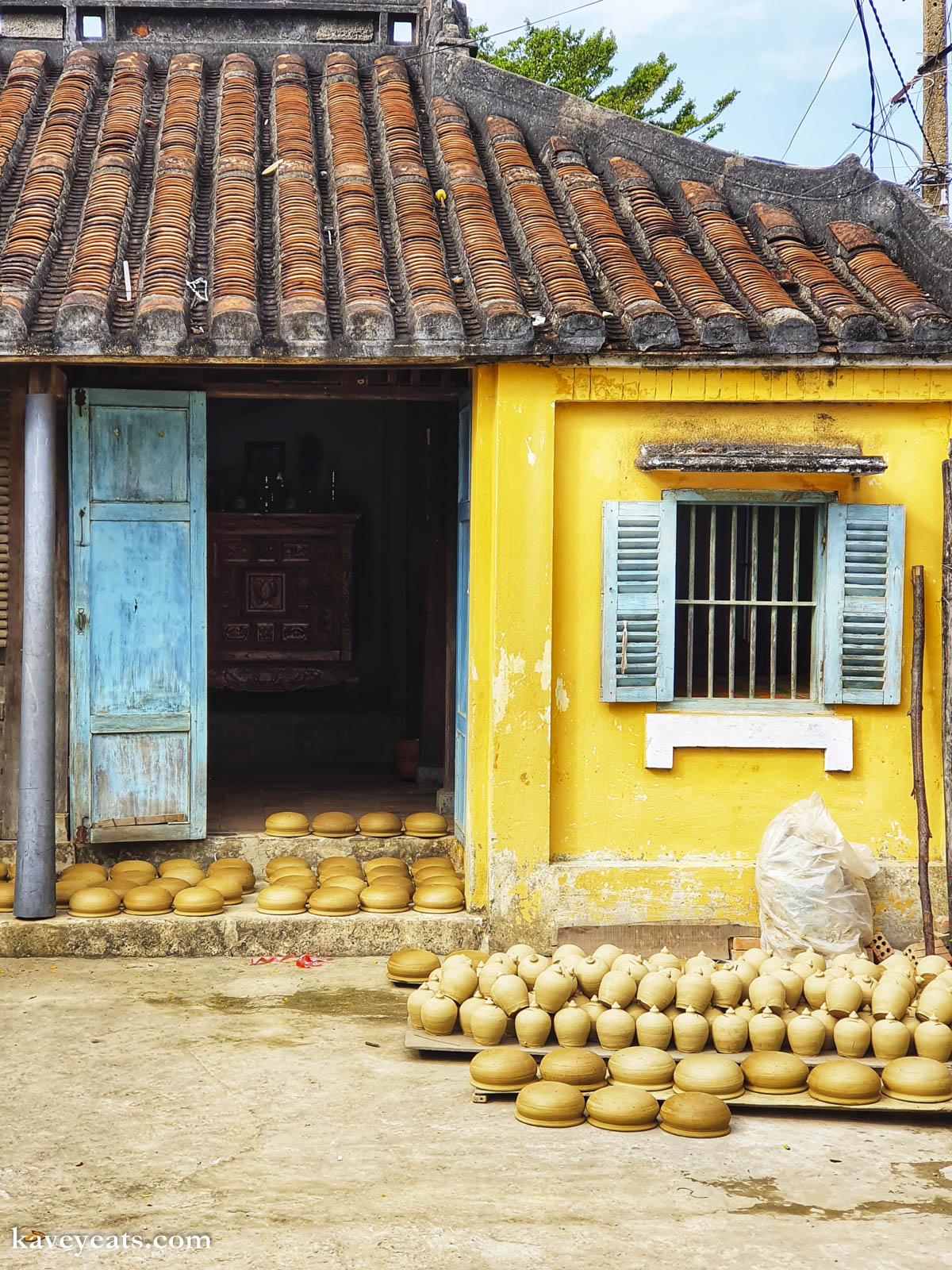
We also visited local pottery village, Thanh Ha. Here, virtually every home is also a studio and shop for a local potter, and you can not only browse and buy their work but watch them making pottery and get involved yourself.
Another hamlet worth visiting is Cam Thanh, a fishing village known for its extensive mangrove palms (also known as water coconut palms). Originally planted to protect the village from floods and storms, the mangroves were also used as a place of hiding during the American Vietnam War. Today they continue to shelter the village, provide a vibrant ecosystem to birds and fish, the leaves are woven into straw products and the nipa palm fruits are harvested to eat. A lovely way to explore the mangroves is via a boat trip in one of the basket boats–shallow round boats woven from bamboo. Our tour operator also arranged for us to have a delicious local lunch cooked by the mother of our boat guide.
You may also enjoy excursions to visit local farming communities and villages.
Hai Van Pass and Lap An Lagoon (Transfer)
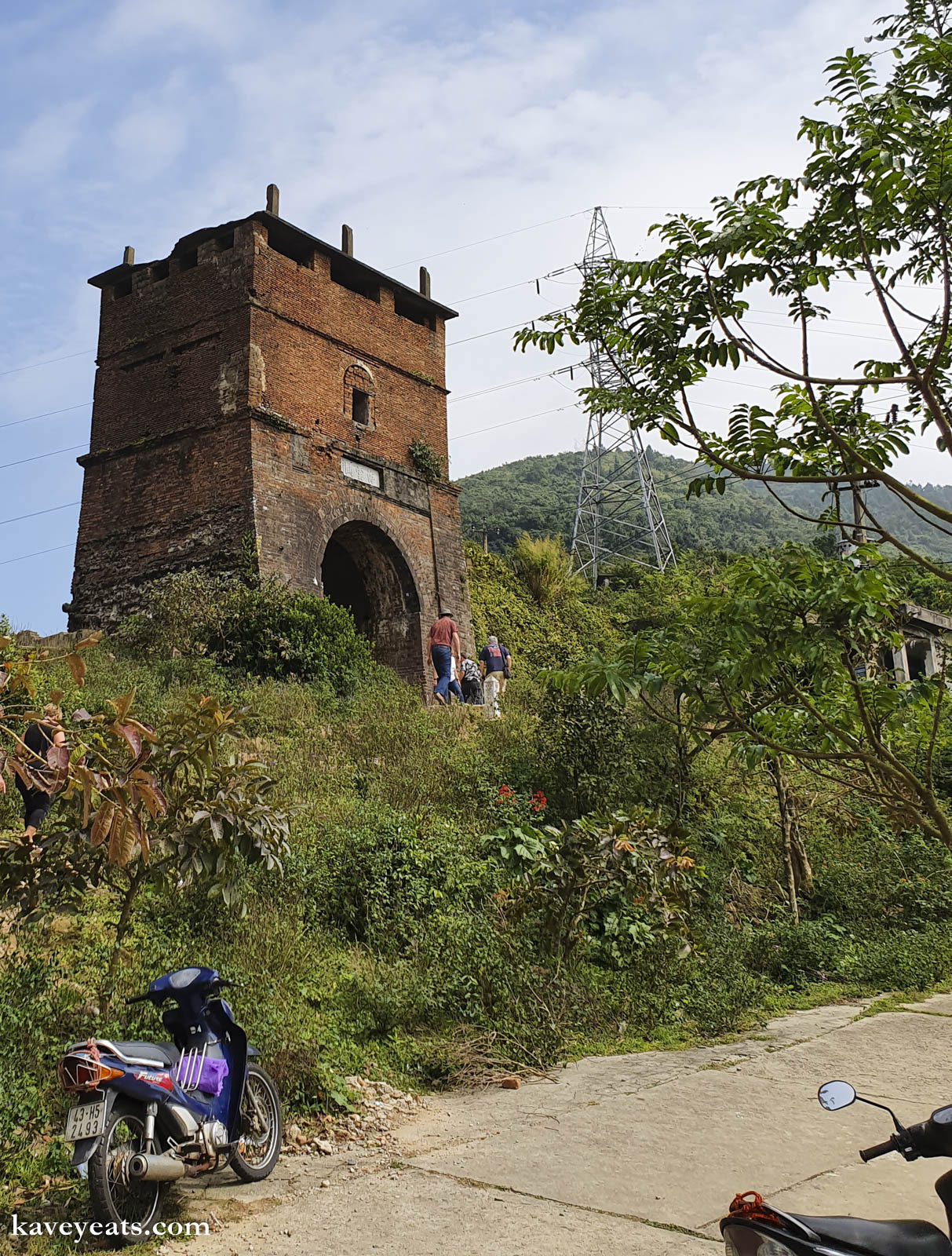
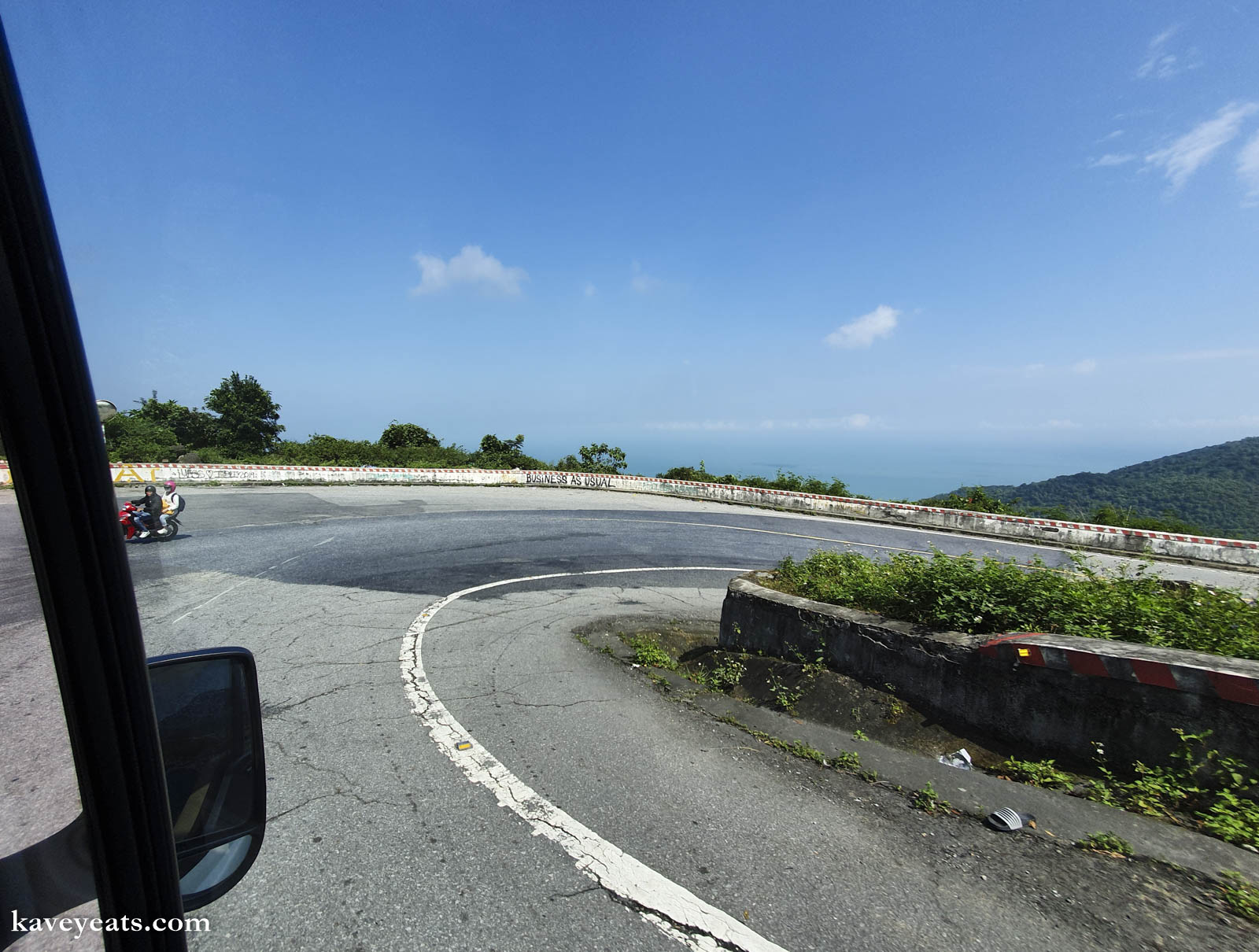
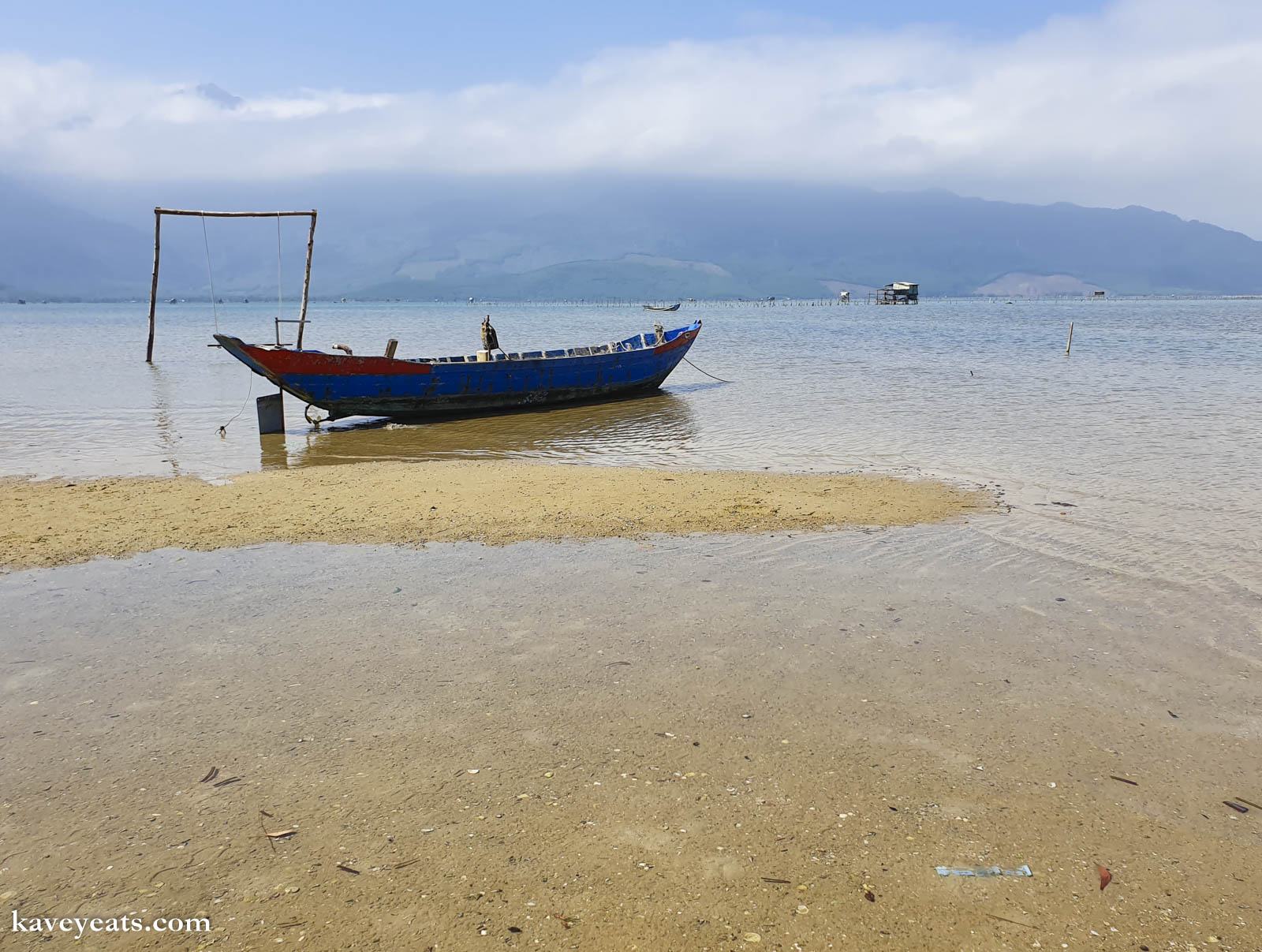
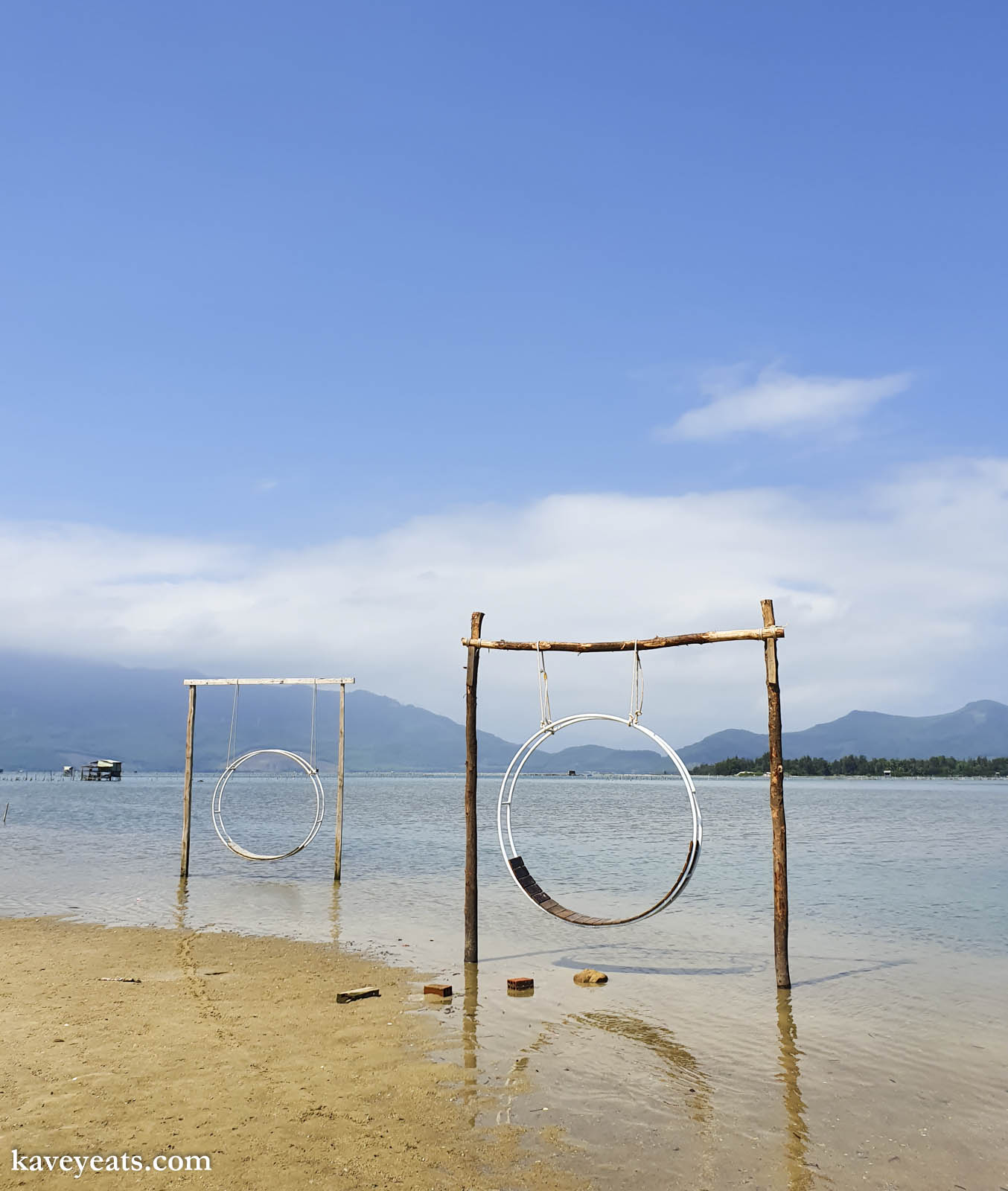
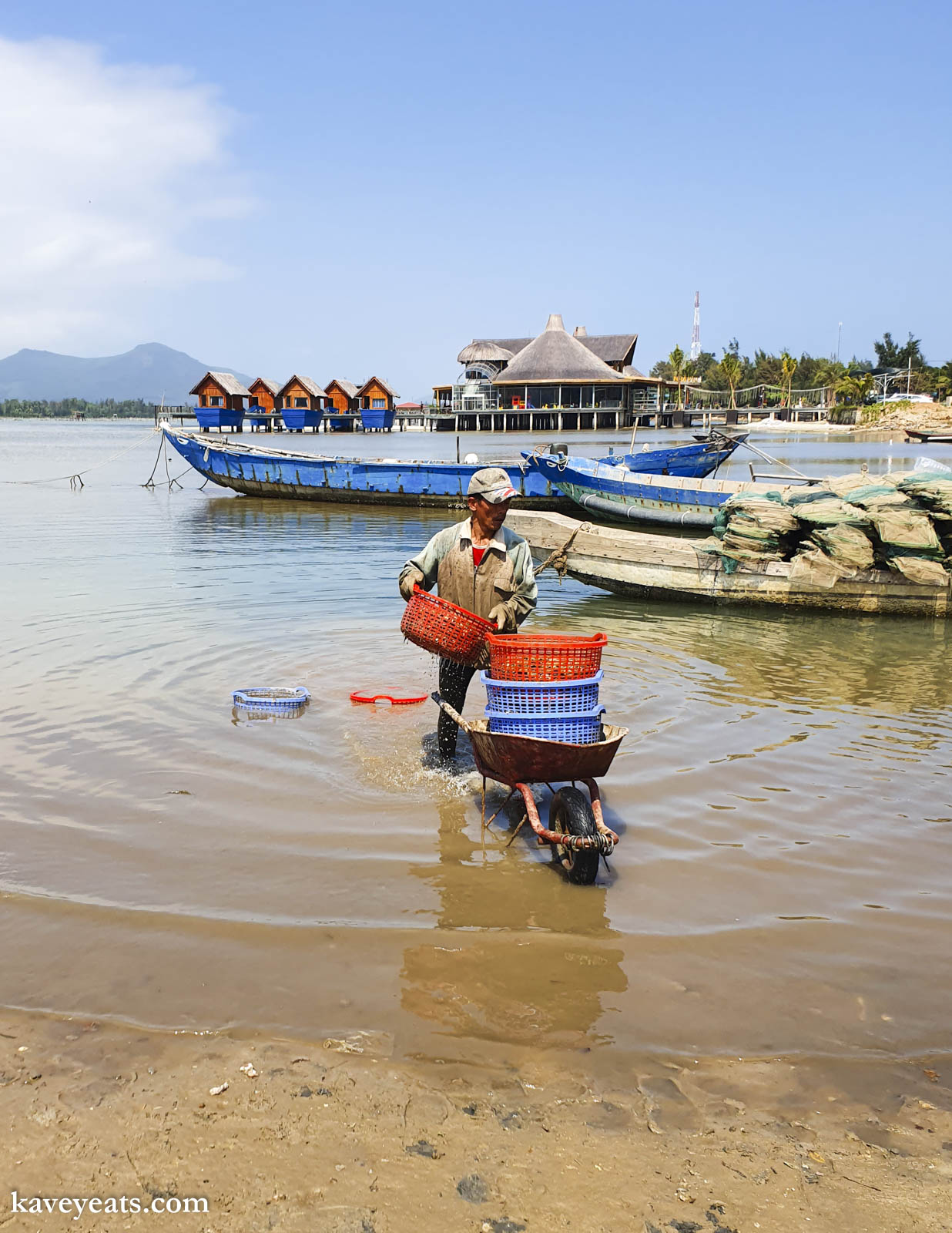
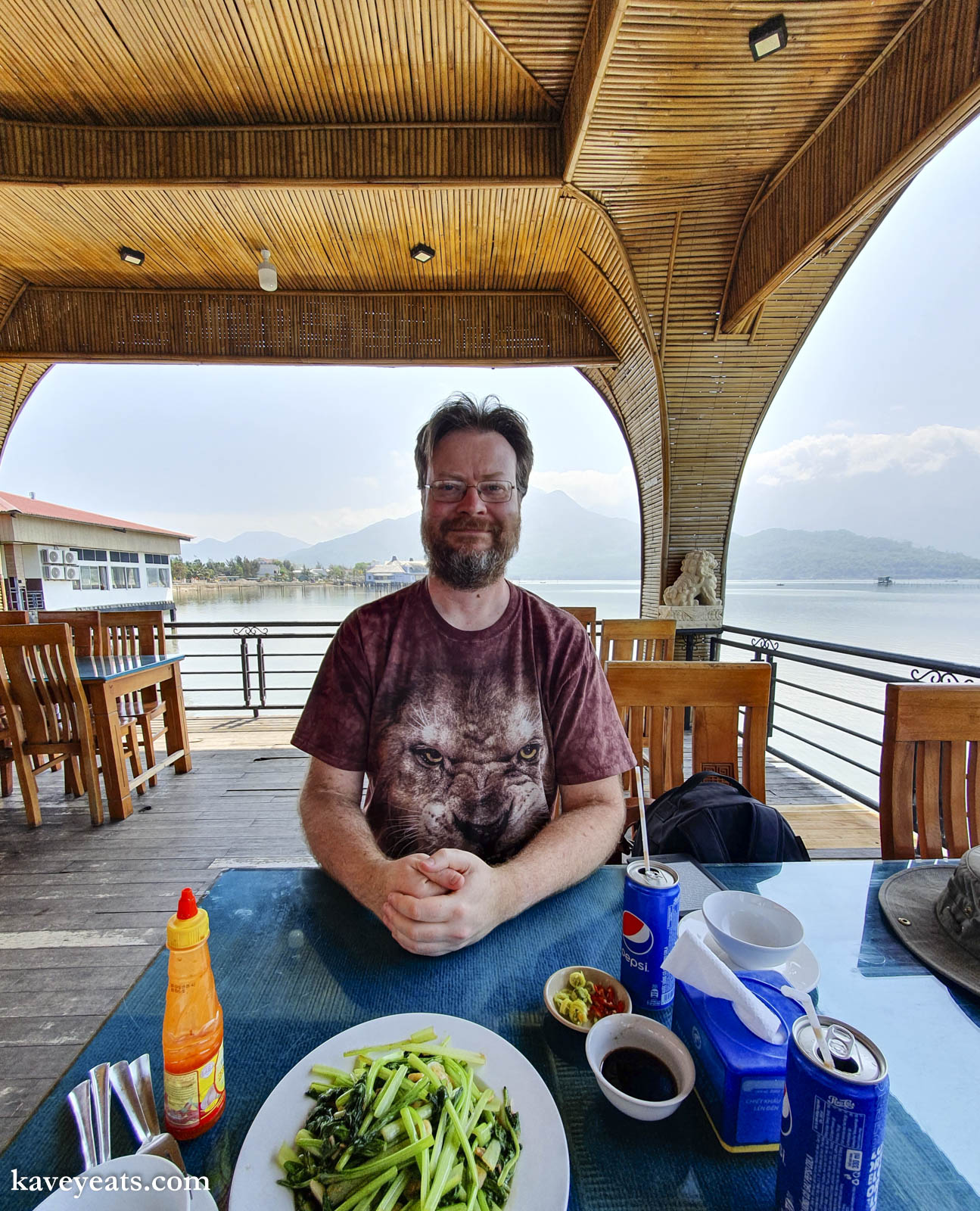
It’s a short hop from Hoi An to Hue; less than three hours by road. It’s worth booking a transfer that includes routing via the Hai Van Pass, and a stop at Lap An Lagoon for lunch. Note that in 2005 a tunnel was built to provide a speedier route across the mountains, so unless you specify that you want to travel via the Hai Van Pass, you’ll be whisked through the tunnel instead.
A 20 kilometre stretch of twisting road that takes you through the mountains between Da Nang and Lang Co, the The Hai Van Pass is the highest such pass in Vietnam. Hair-pin bends snaking up and down vertiginous mountainsides afford stunning views across the landscape and out to sea. At the summit, you can pause to see an old boundary gate building that marks the border crossing between the former kingdoms of Champa and Dai Viet.
As you come down from the pass, you’ll reach Lap An Lagoon, a great option to stop for a seafood lunch at one of the many over-the-water restaurants that have popped up along the waterfront. All have menus, but you can also select what fresh seafood you want to eat from the buckets inside.
Hue (2 nights)
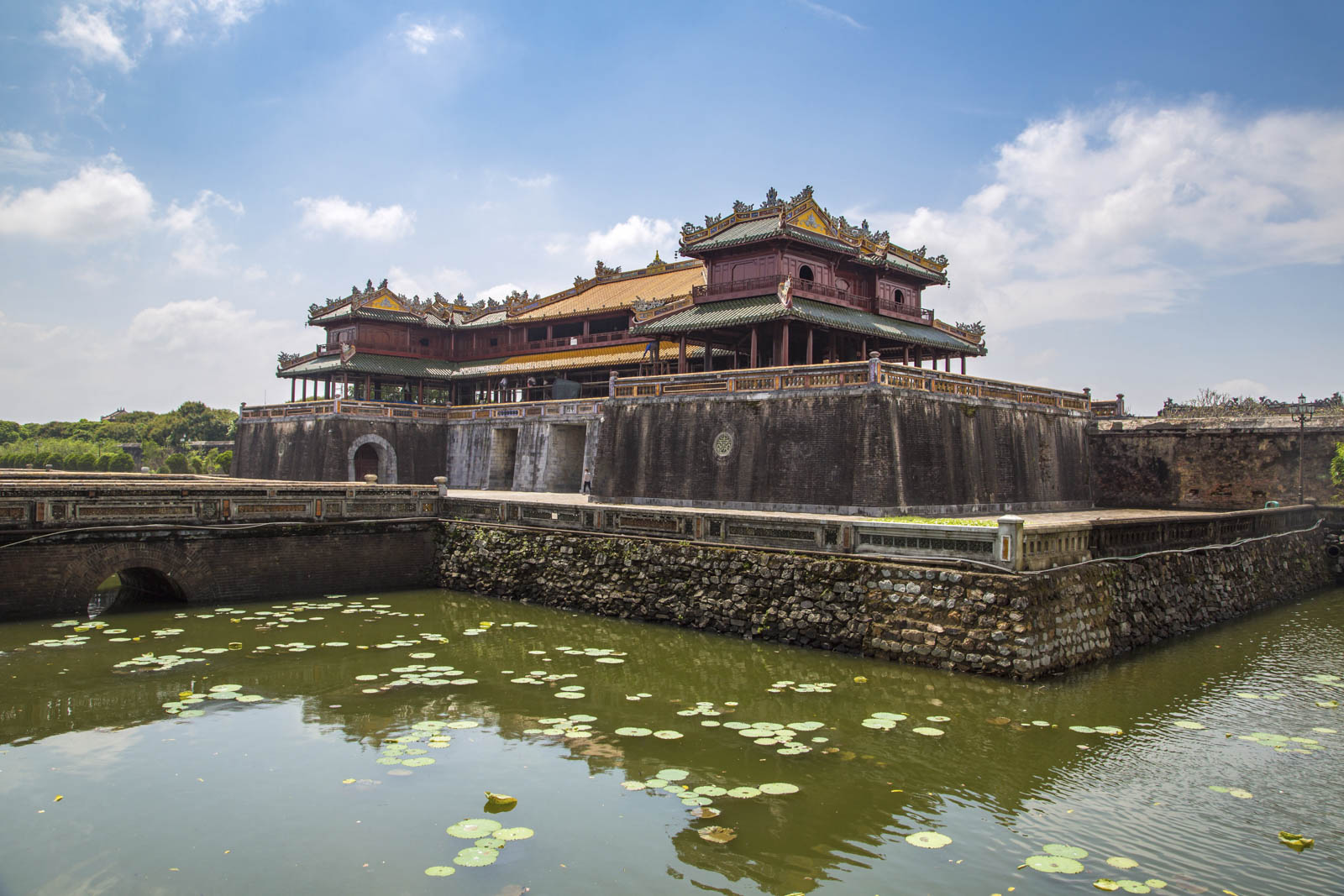
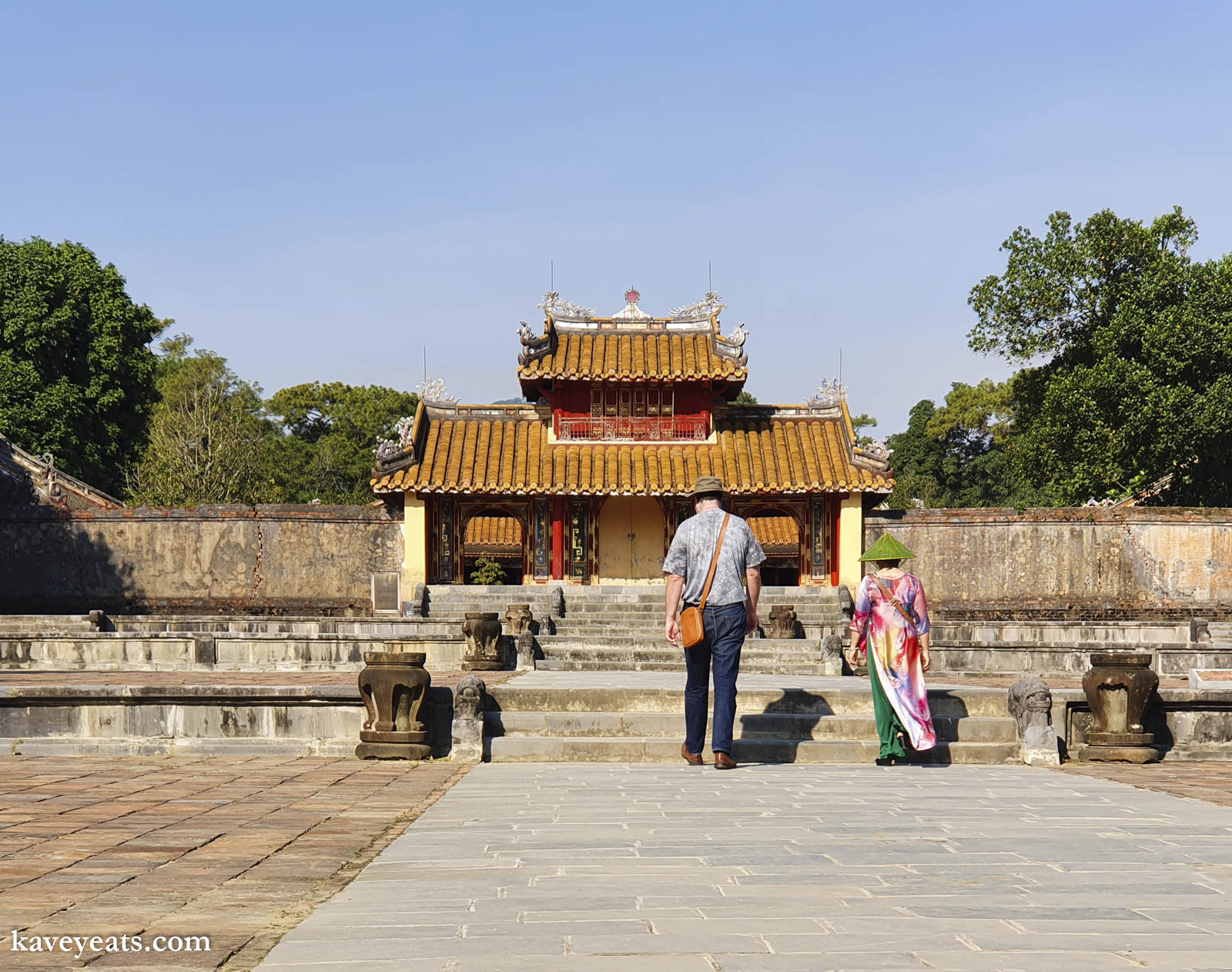
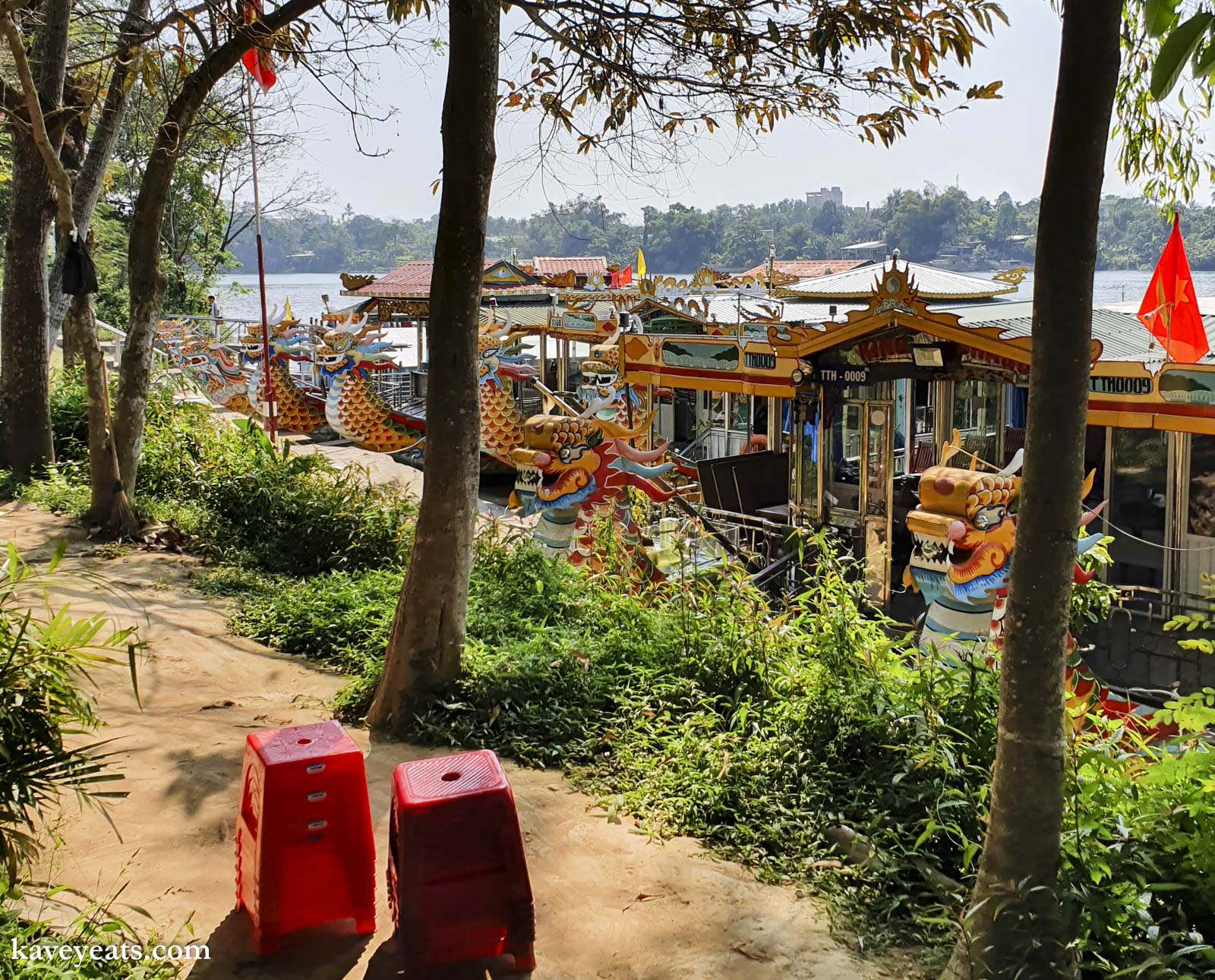
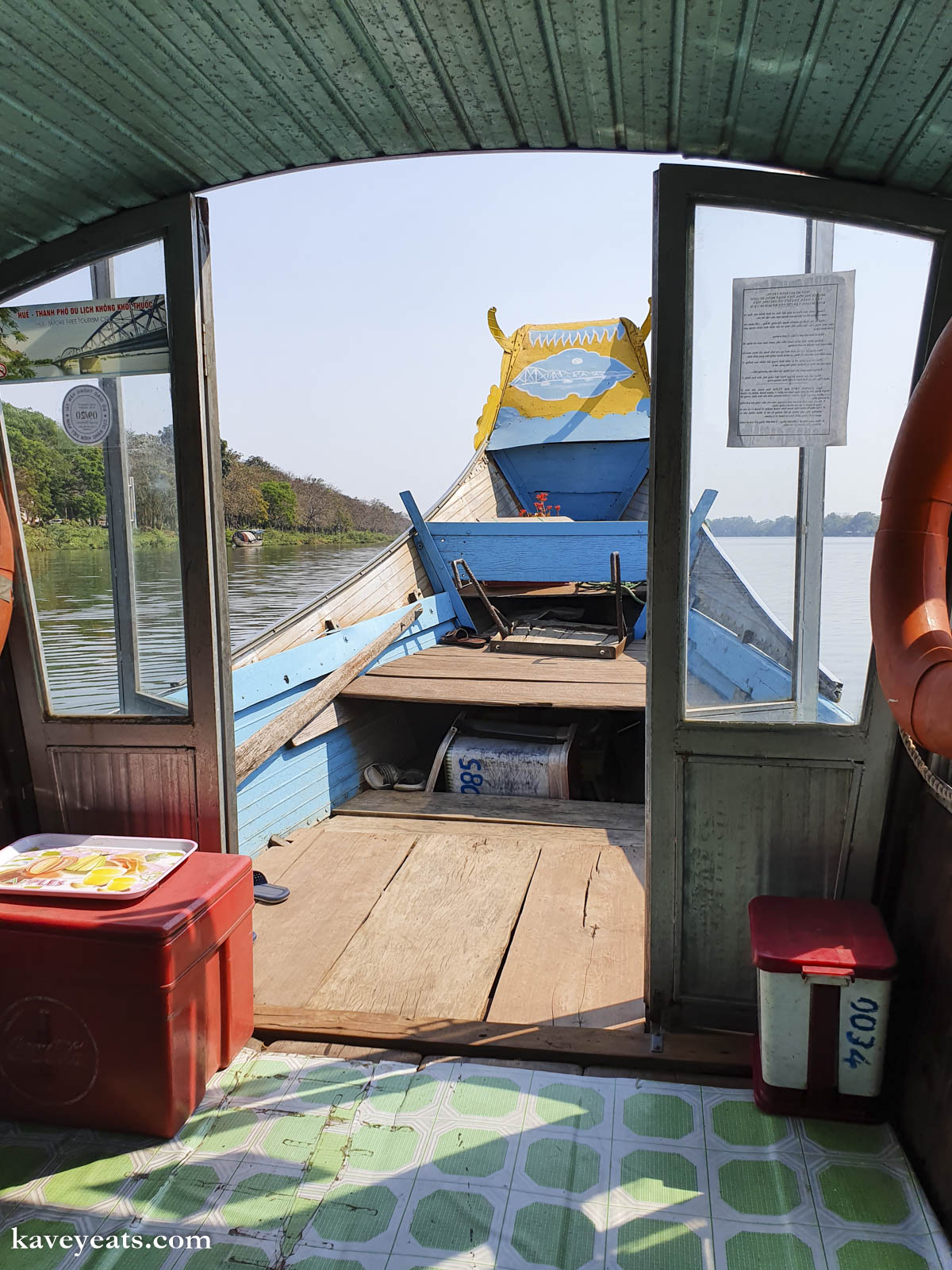
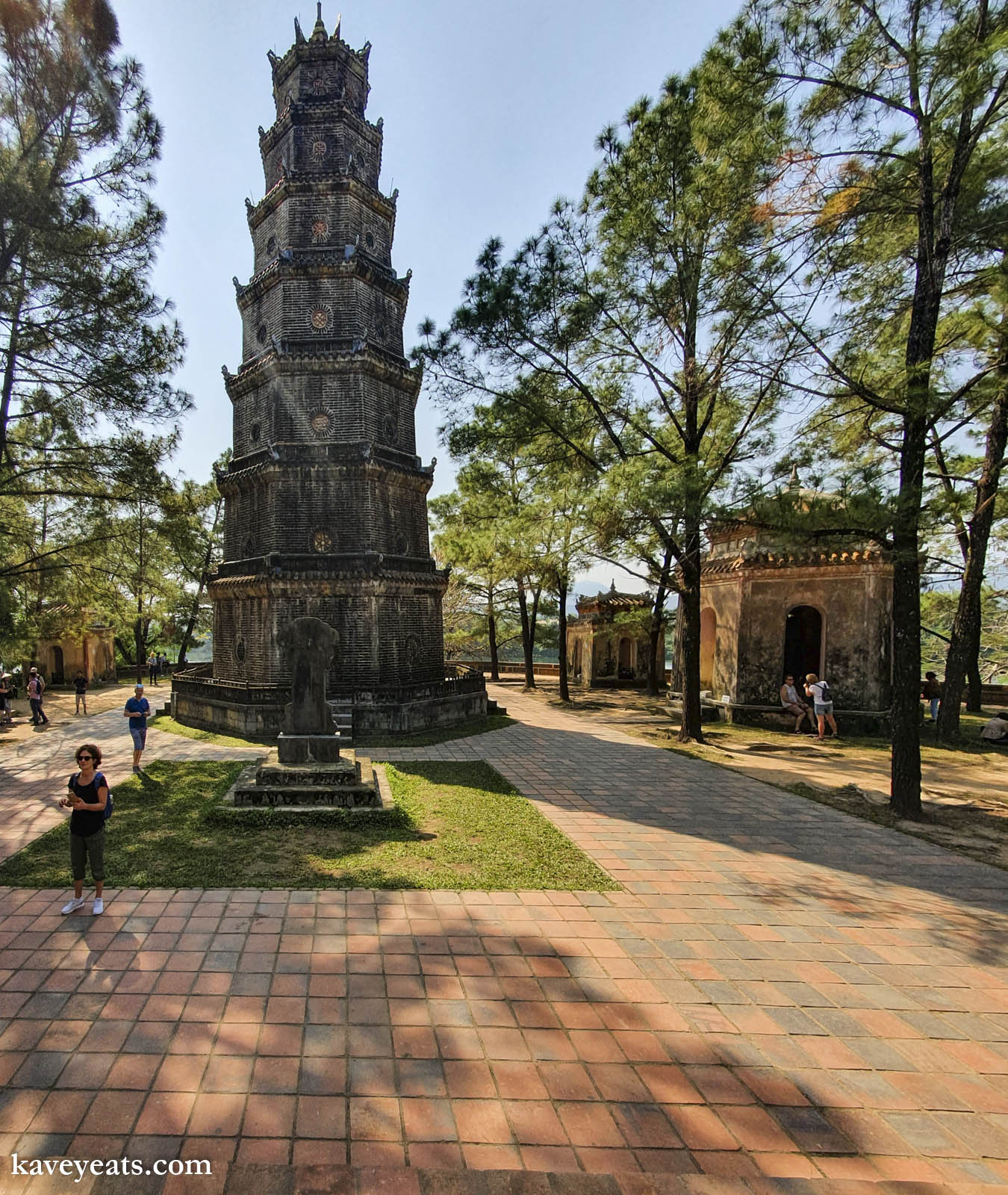
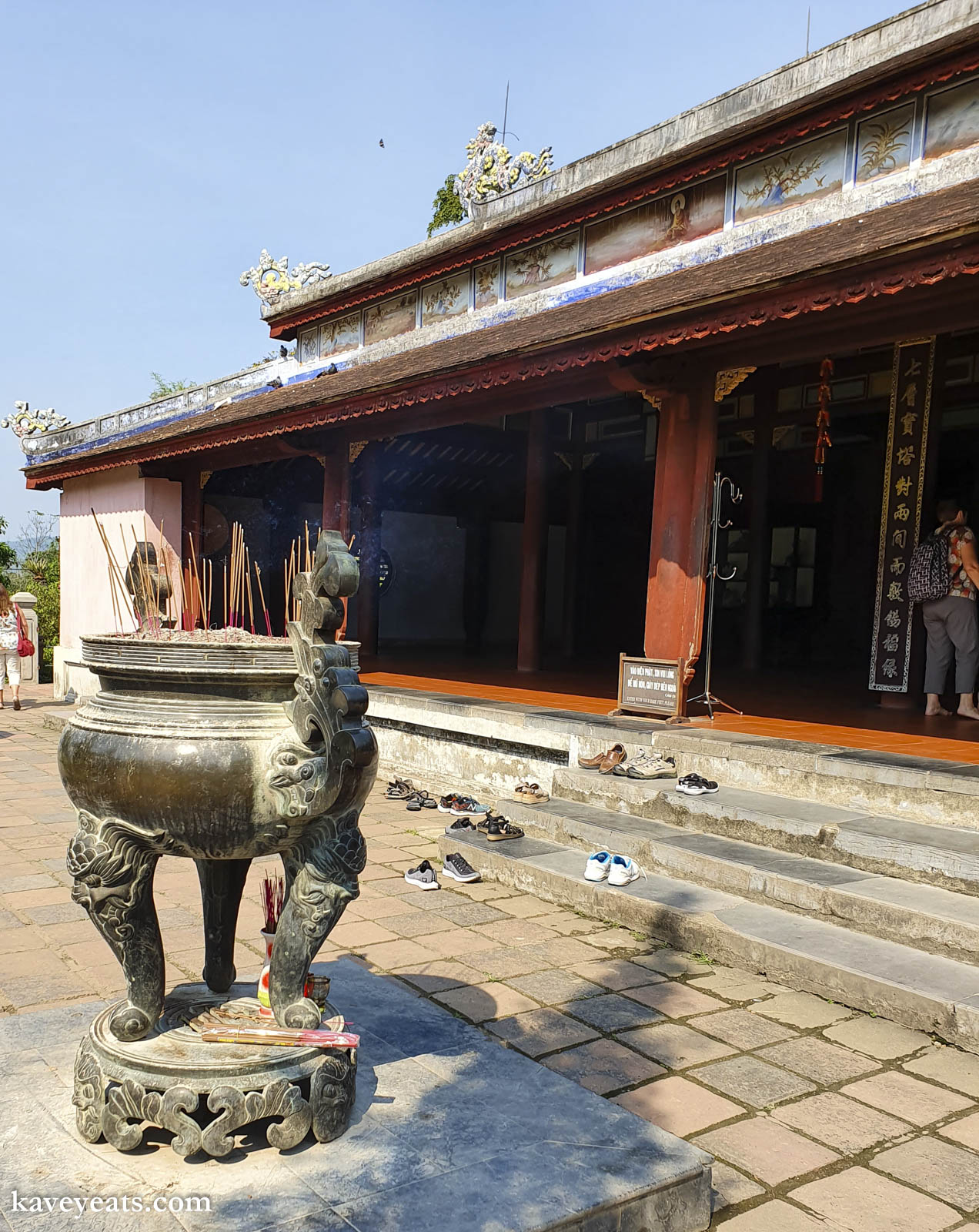
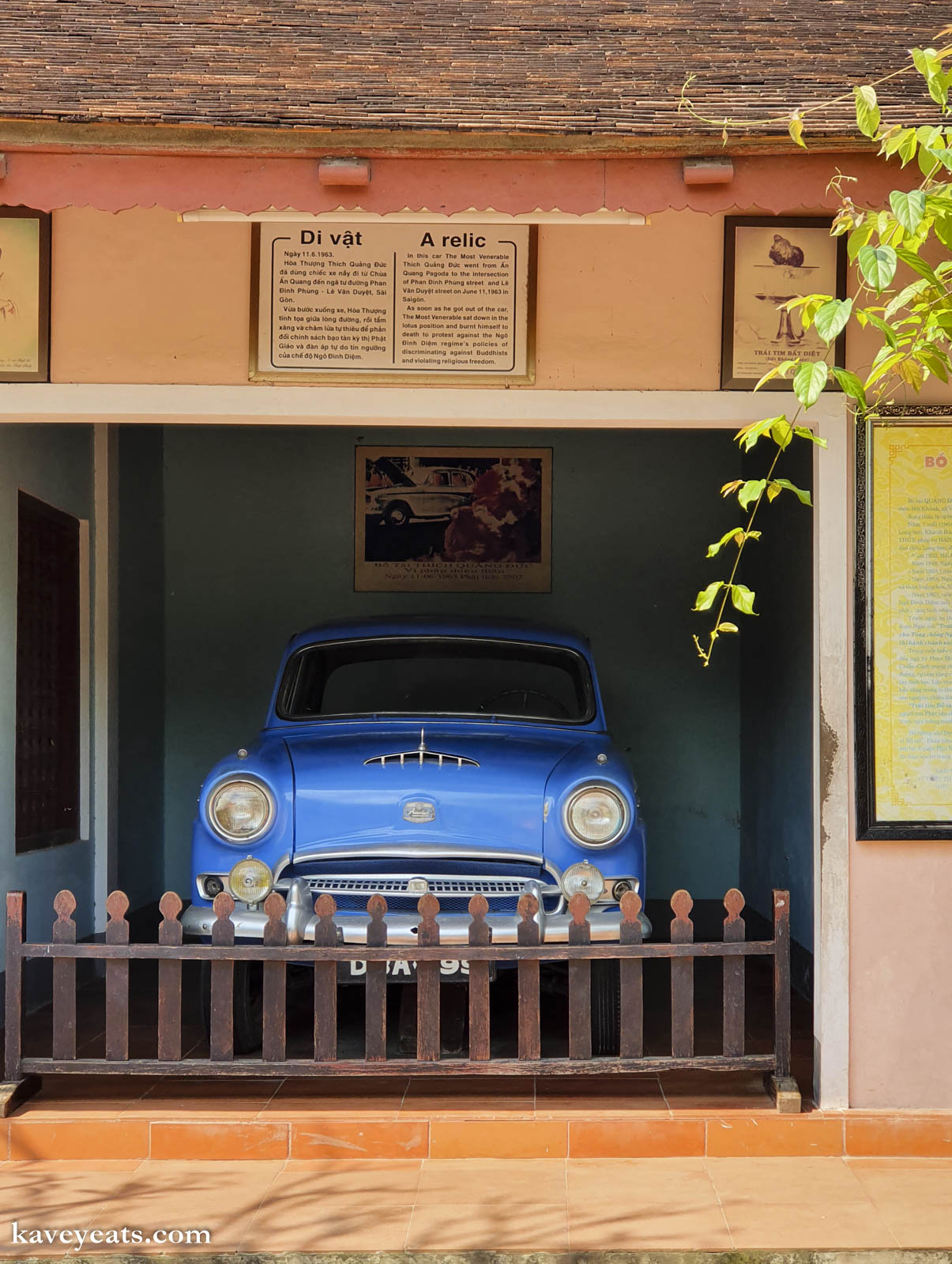
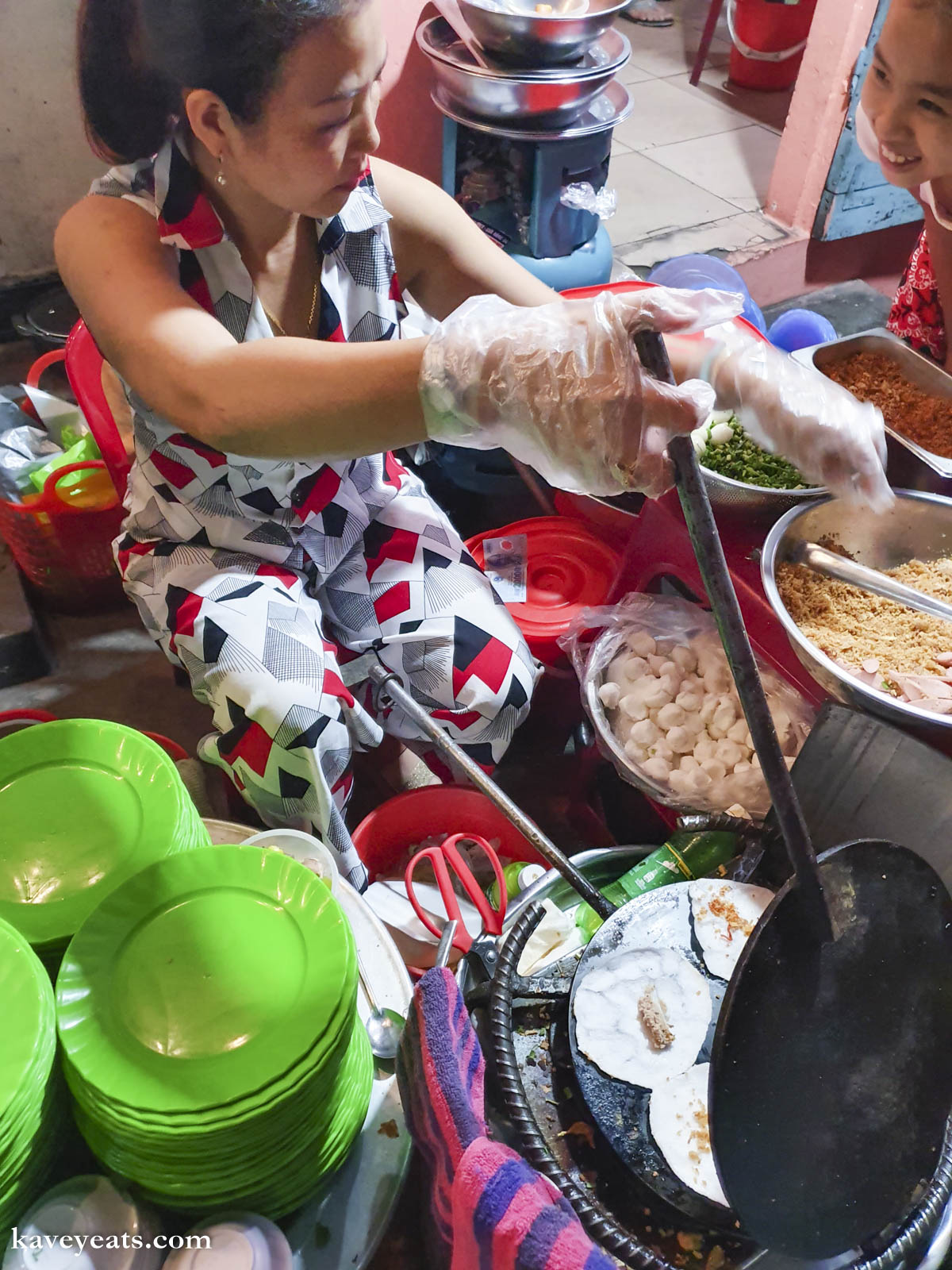
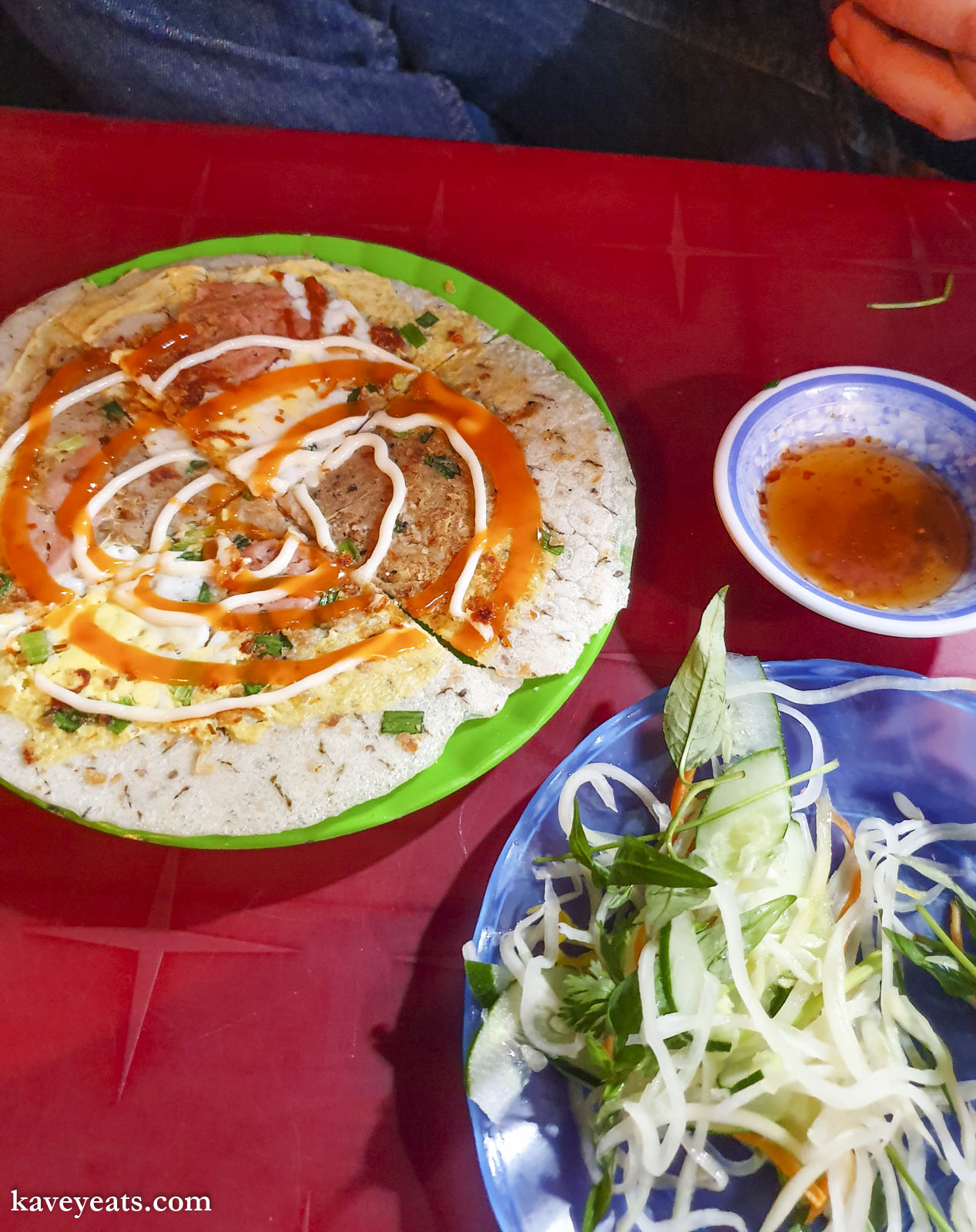
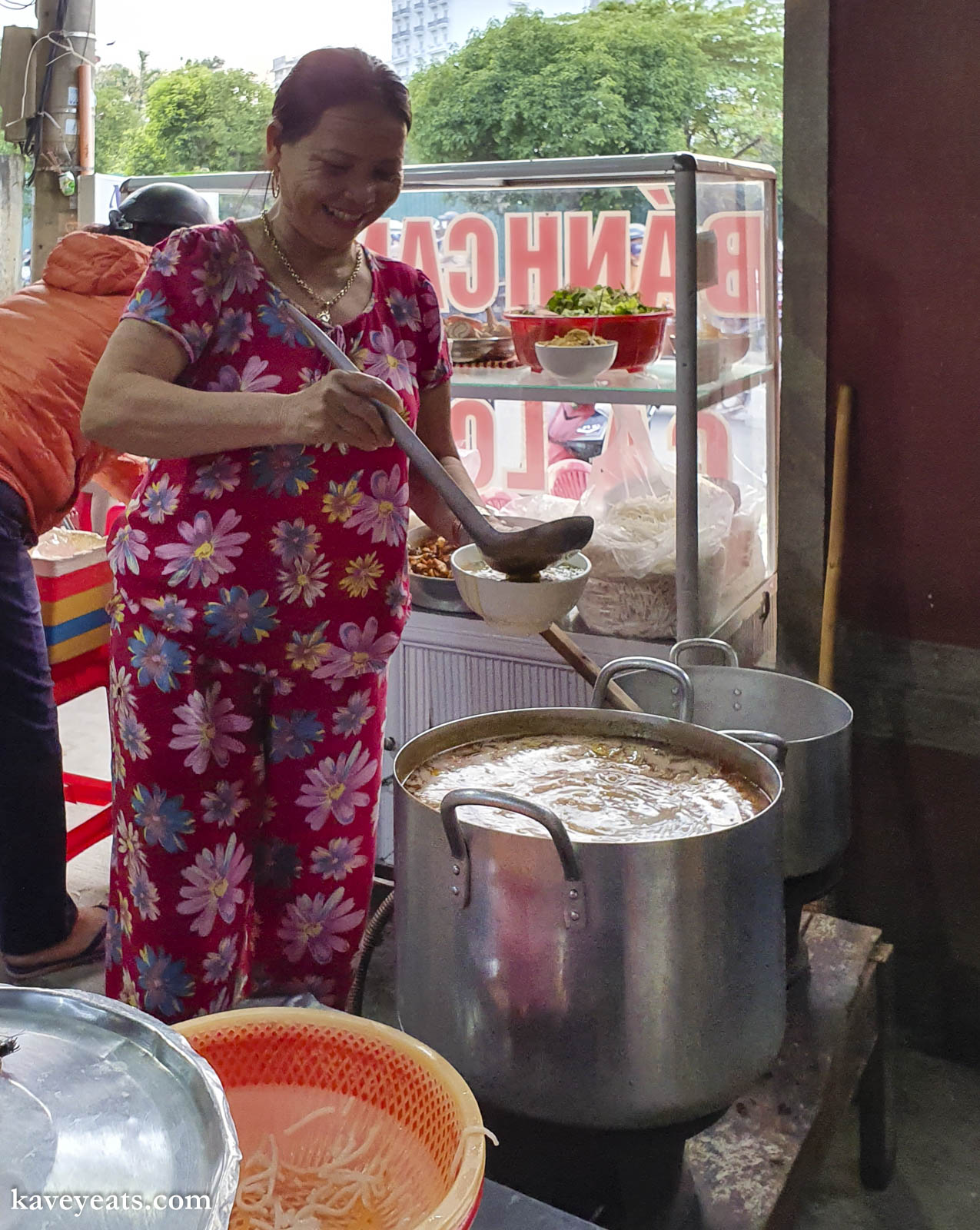
Hue, in central Vietnam, was the capital seat of the Nguyen Dynasty emperors from 1802 to 1945 (the later half of which was under French colonial rule). The old Imperial City, also known as the Da Noi Citadel, is a key attraction for visitors. Surrounded by heavy fortified walls and a moat, inside are palaces, shrines, gardens and pavilions, including the Forbidden Purple City (which was once the emperor’s home). Oriented to face the Huong River to the South East, the citadel sits at the heart of the modern city of Hue and is easily reached from key tourist neighbourhoods.
Known as the Perfume River, Huong River sits at the heart of the city. Taking a boat along the river is a good way to enjoy the sights and sounds of the city, and many tourist boats offering short and long tours, are available.
Thien Mu Pagoda can be reached via the river, though you can get there by road too. The iconic seven-story pagoda often features on souvenirs of the city, and its position on a small hill affords lovely views of the river. As well as the pagoda, you can see a huge bell cast in 1710 and a stone turtle carved in the 1600s.
Also well worth visiting are the ancient tombs of the emperors. These are spread out around the local area, so you won’t have time to explore all of them unless you add an extra day into your itinerary. During our time in Hue we visited Minh Mang Tomb which sits in a large 44-acre landscape with decorative lakes that visitors can walk around. Built after Minh Mang’s death in 1840 the complex includes many beautiful monuments including temples, pavilions, courtyards and sculptures. Others tombs to consider include Dong Khanh Tomb, Duc Duc Tomb, Gia Long Tomb, Khai Dinh Tomb, Minh Mang Tomb, Thieu Tri Tomb, and Tu Duc Tomb.
Hue is a great place to do a food tour, making sure to include local specialities such as Banh Beo (steamed rice cakes), Banh canh ca loc (rice noodle soup with snakehead fish), Banh Khot (crisp fried rice pancakes), Bun Bo Hue (Hue beef noodle soup), Bun Thit Nuong (grilled pork noodle, the Hue version comes with a peanut sauce), Nem Lui (pork lemongrass skewers), Trai Va Salad (salad featuring a locally grown fig), and Ca Phe Muoi (salted coffee). We booked a private cyclo street food tour and tasted a wide range of amazing food in places we’d have struggled to find or order from without a guide.
Hanoi (5 nights)
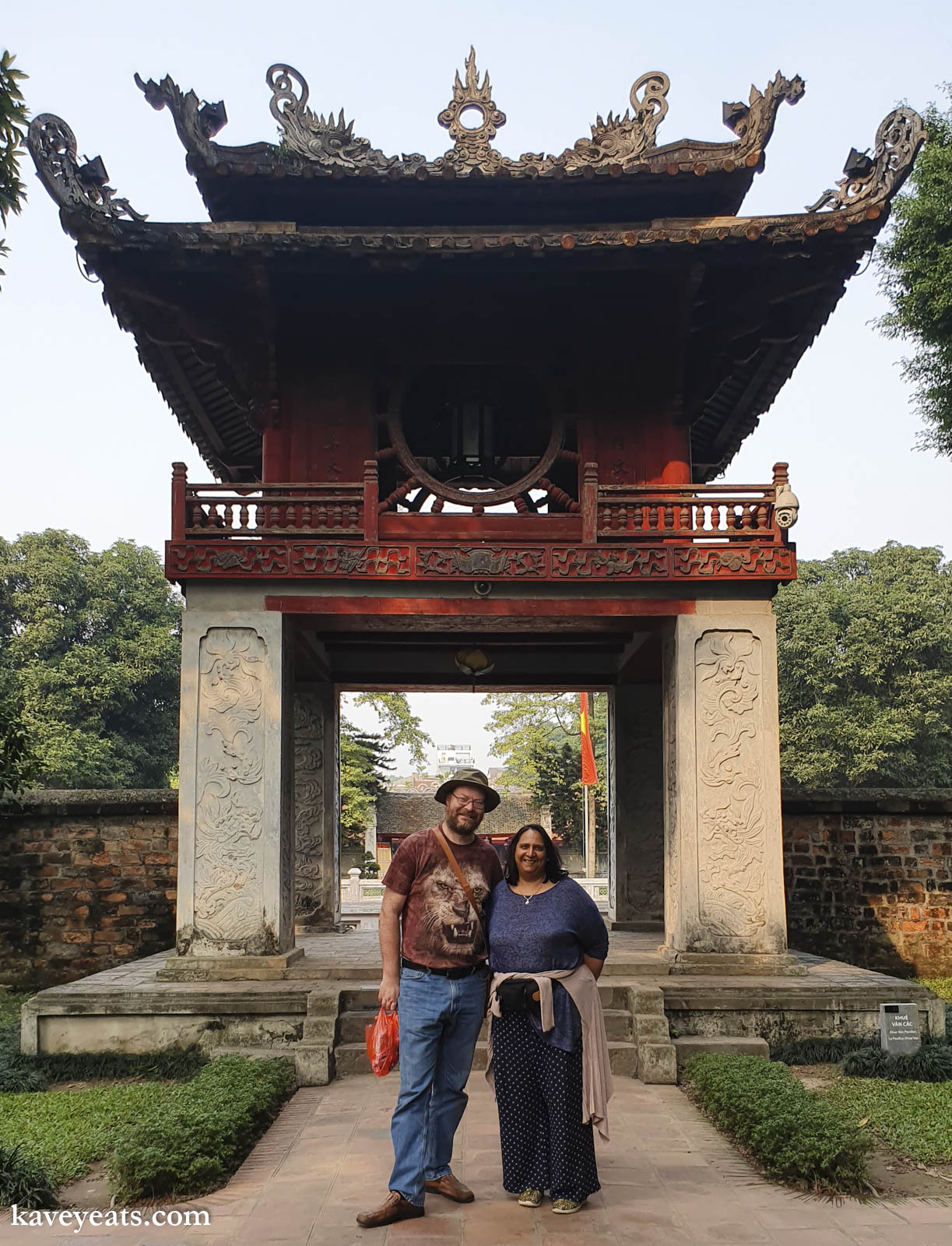
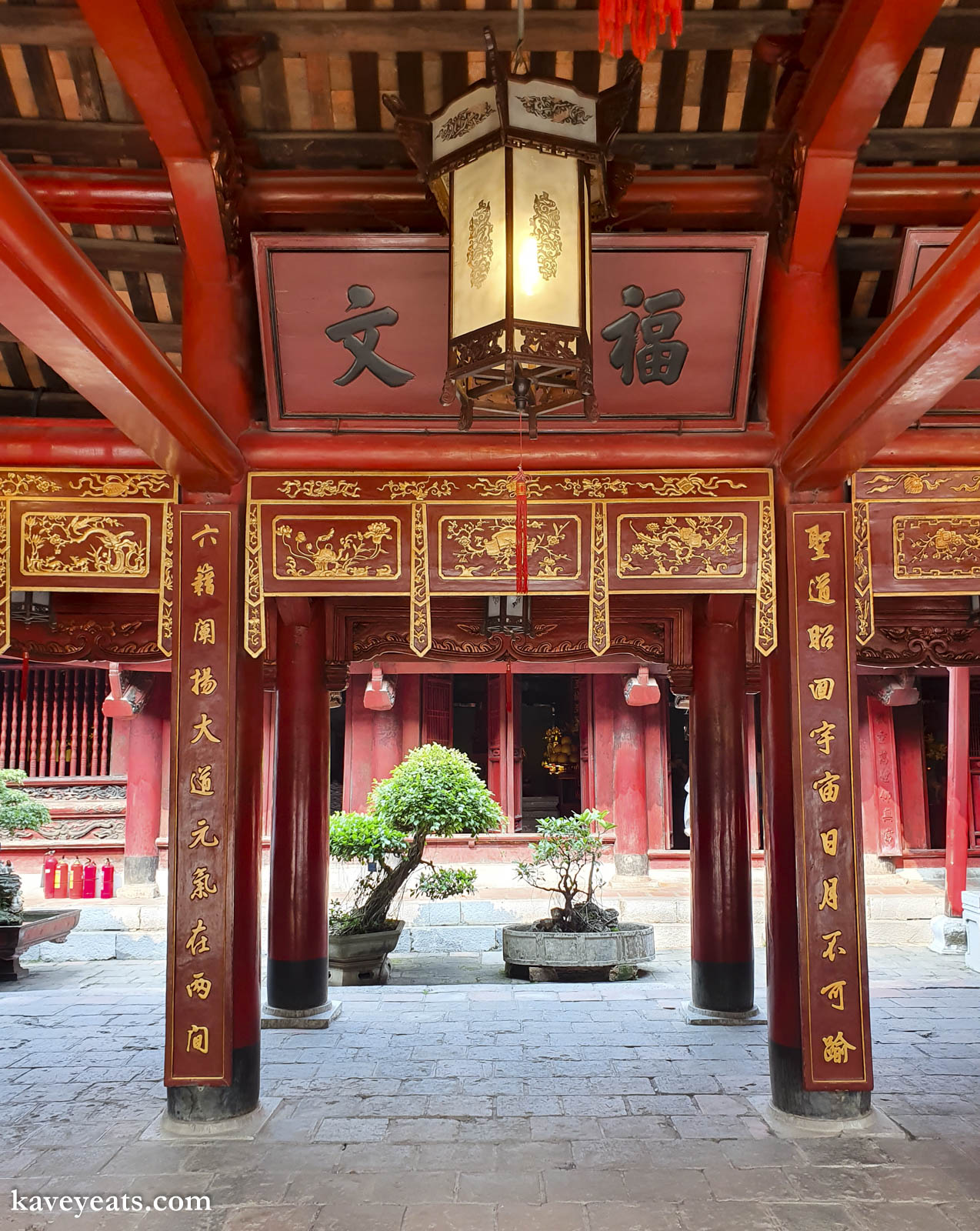
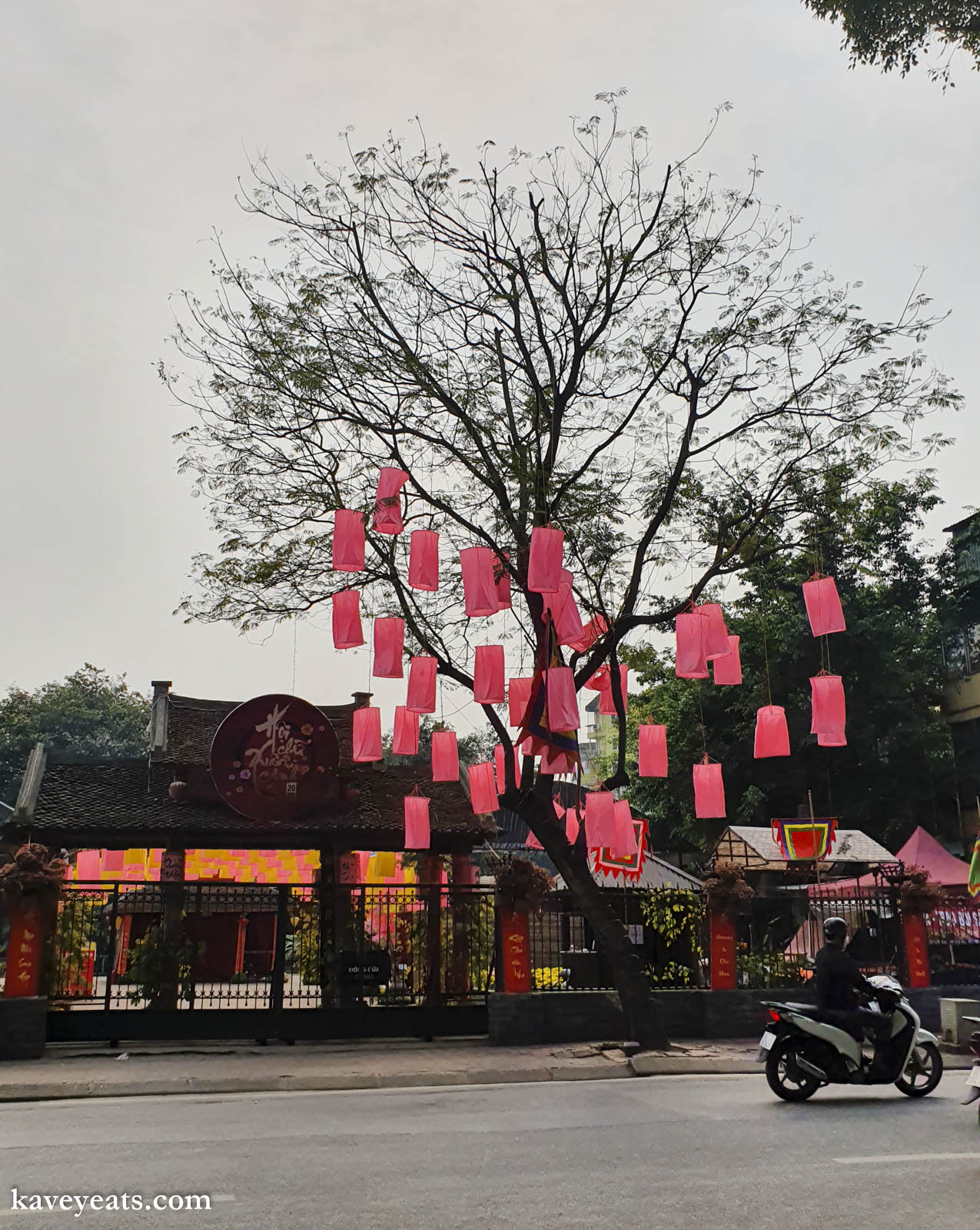
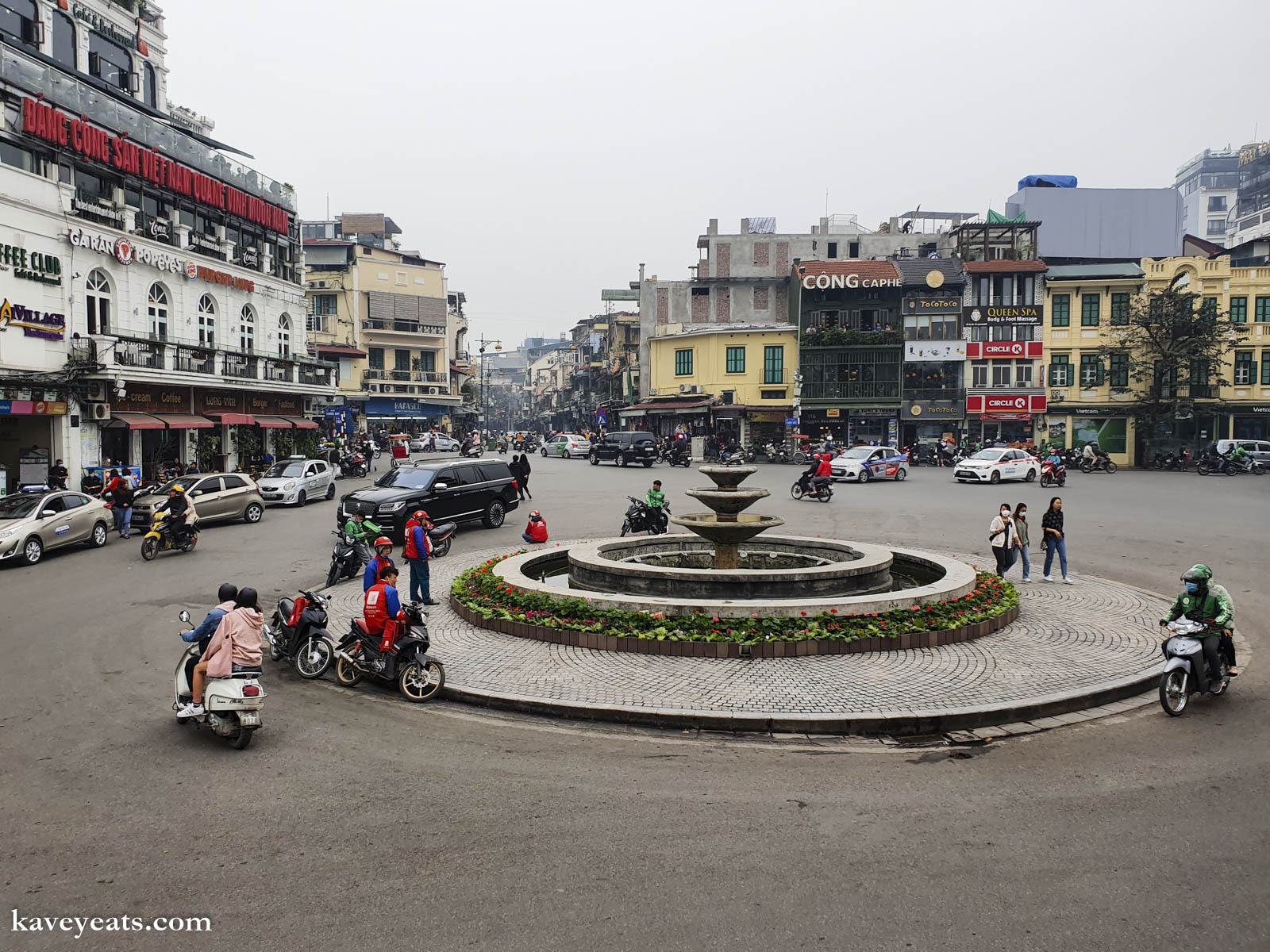
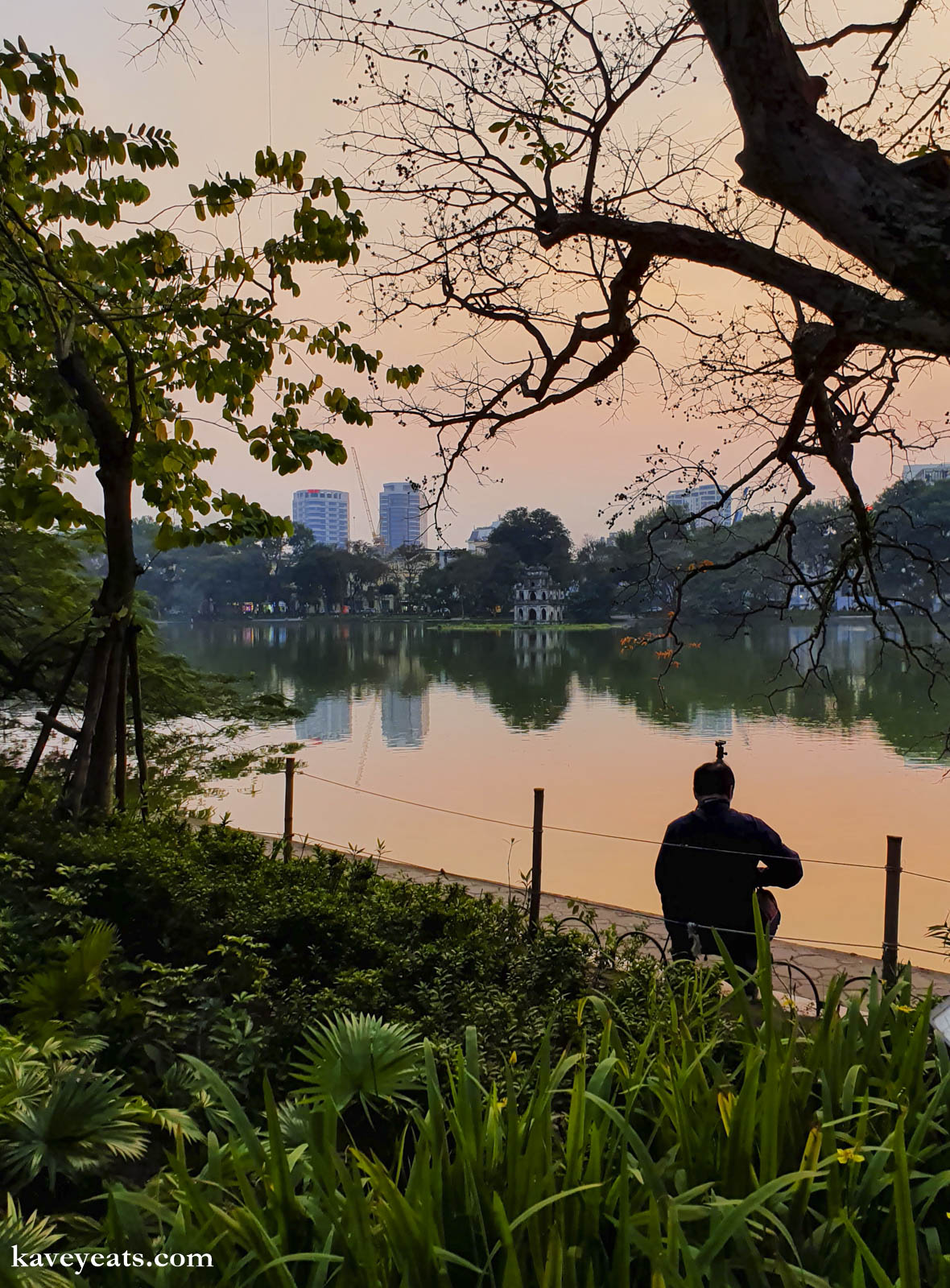
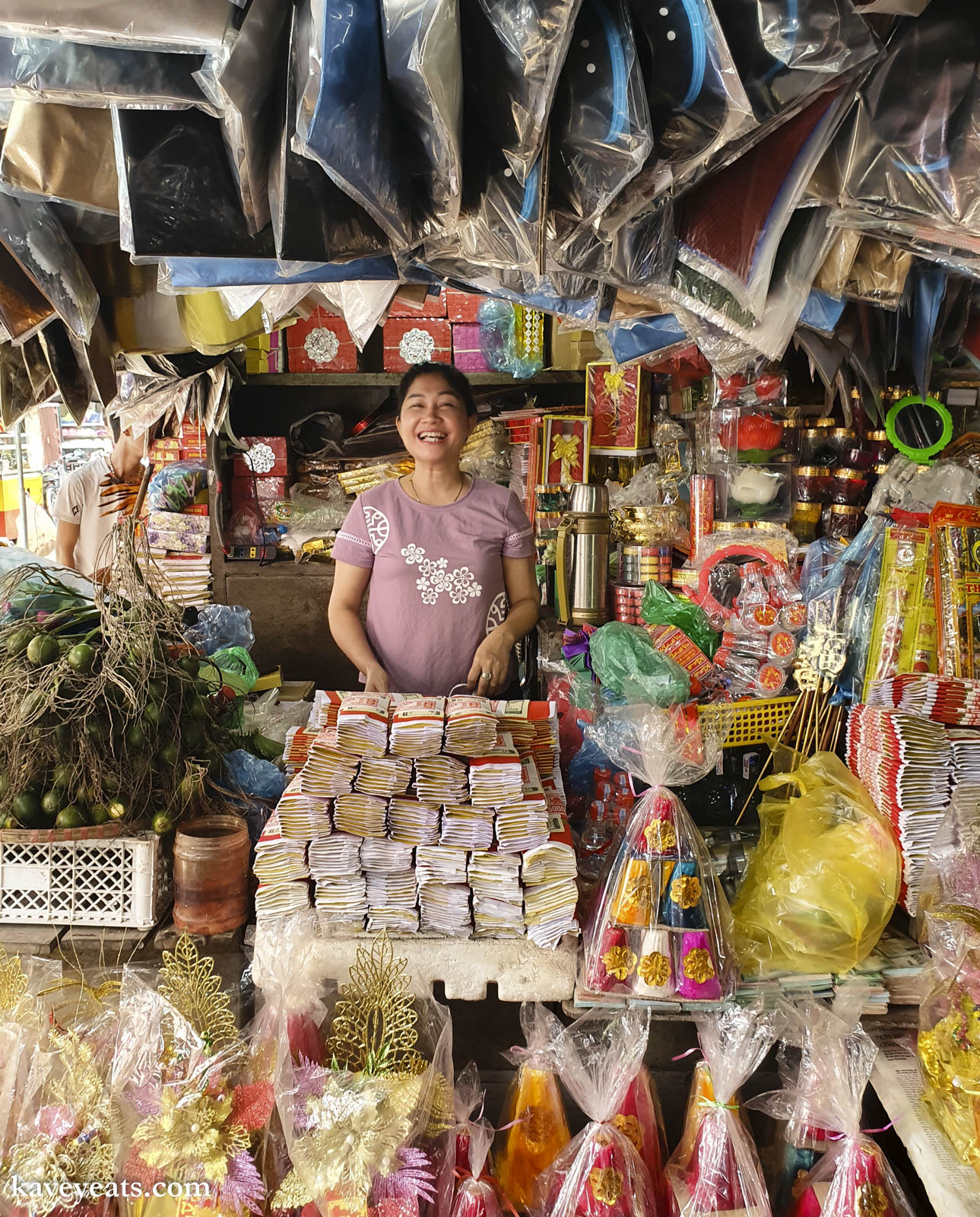
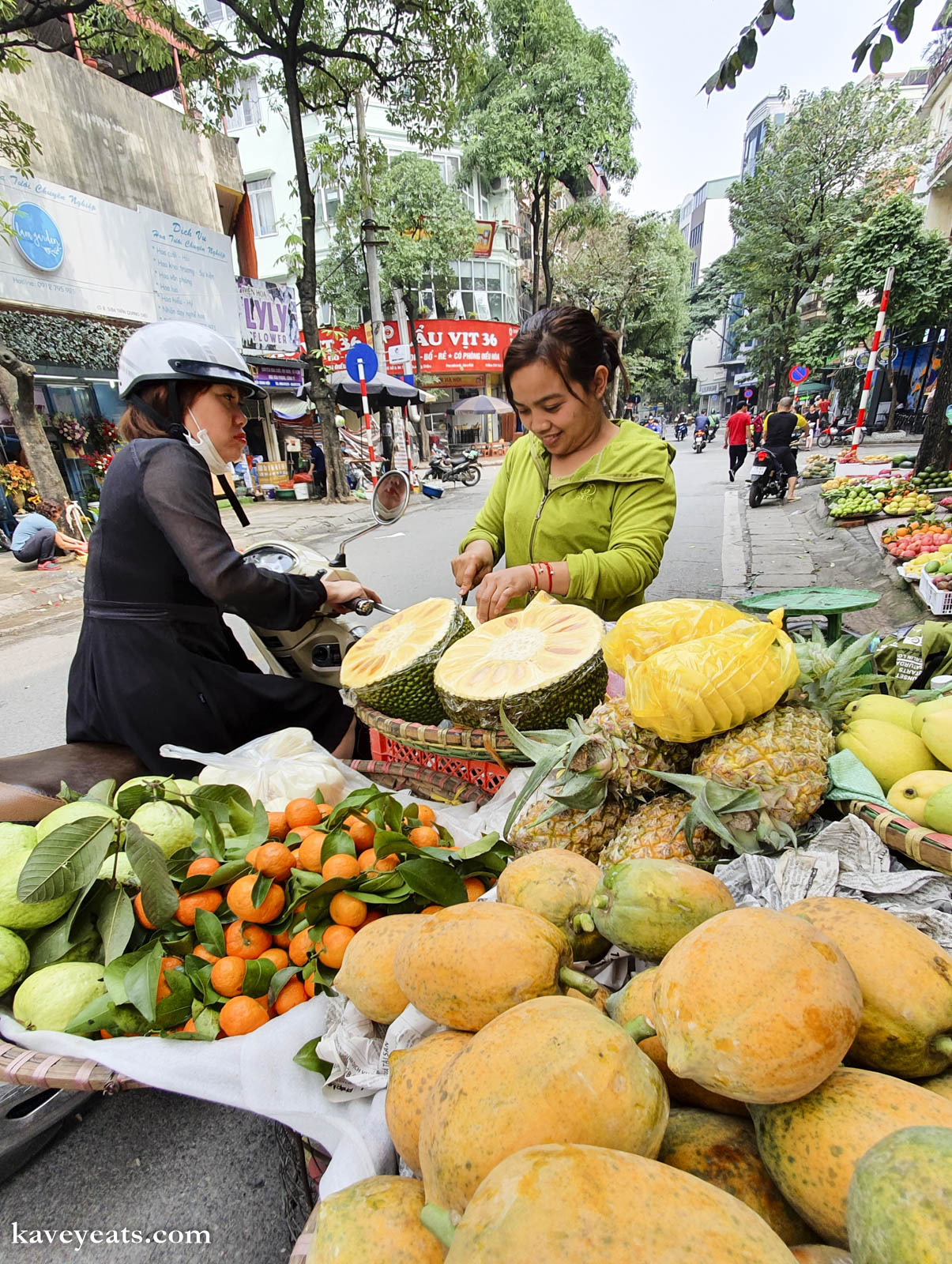
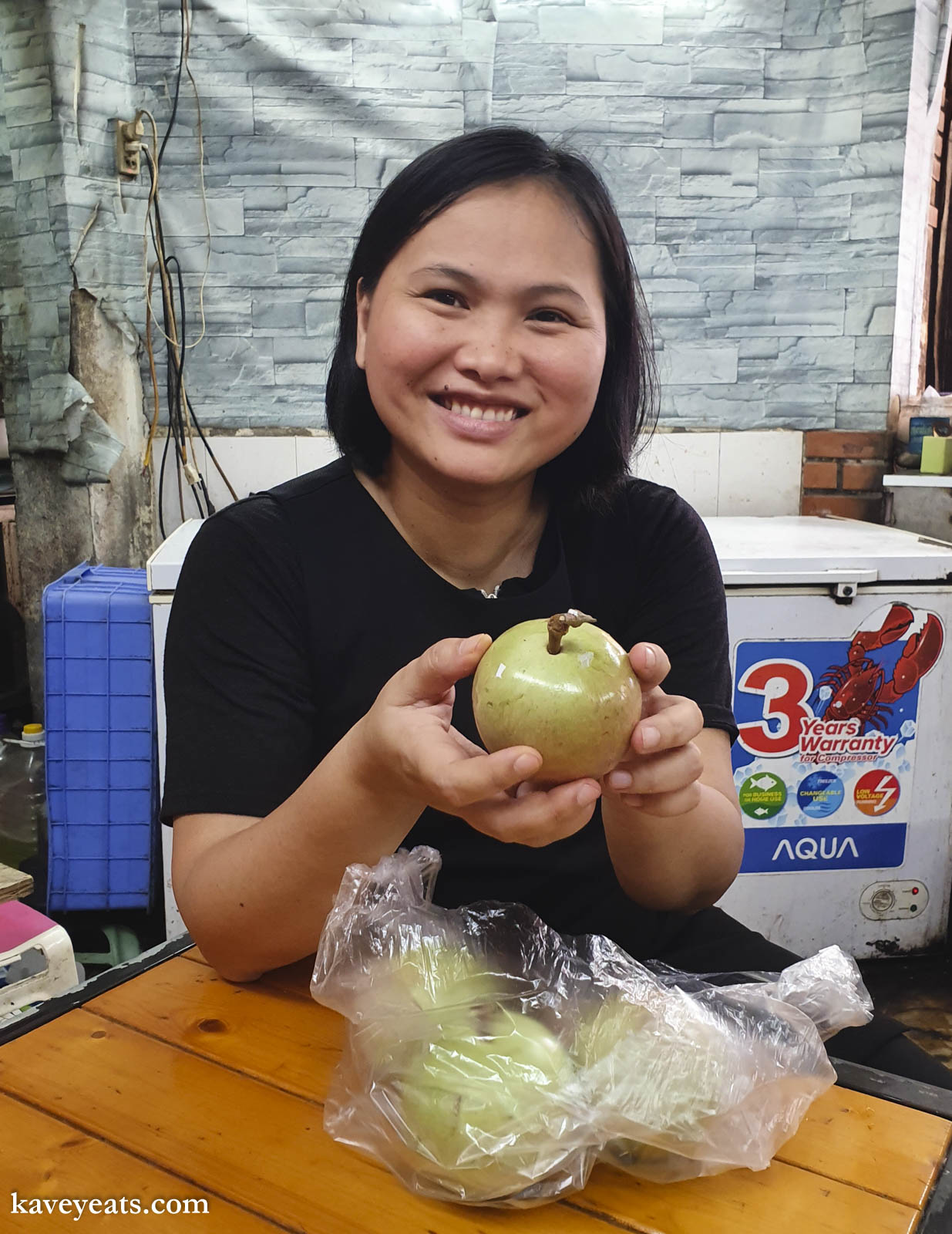
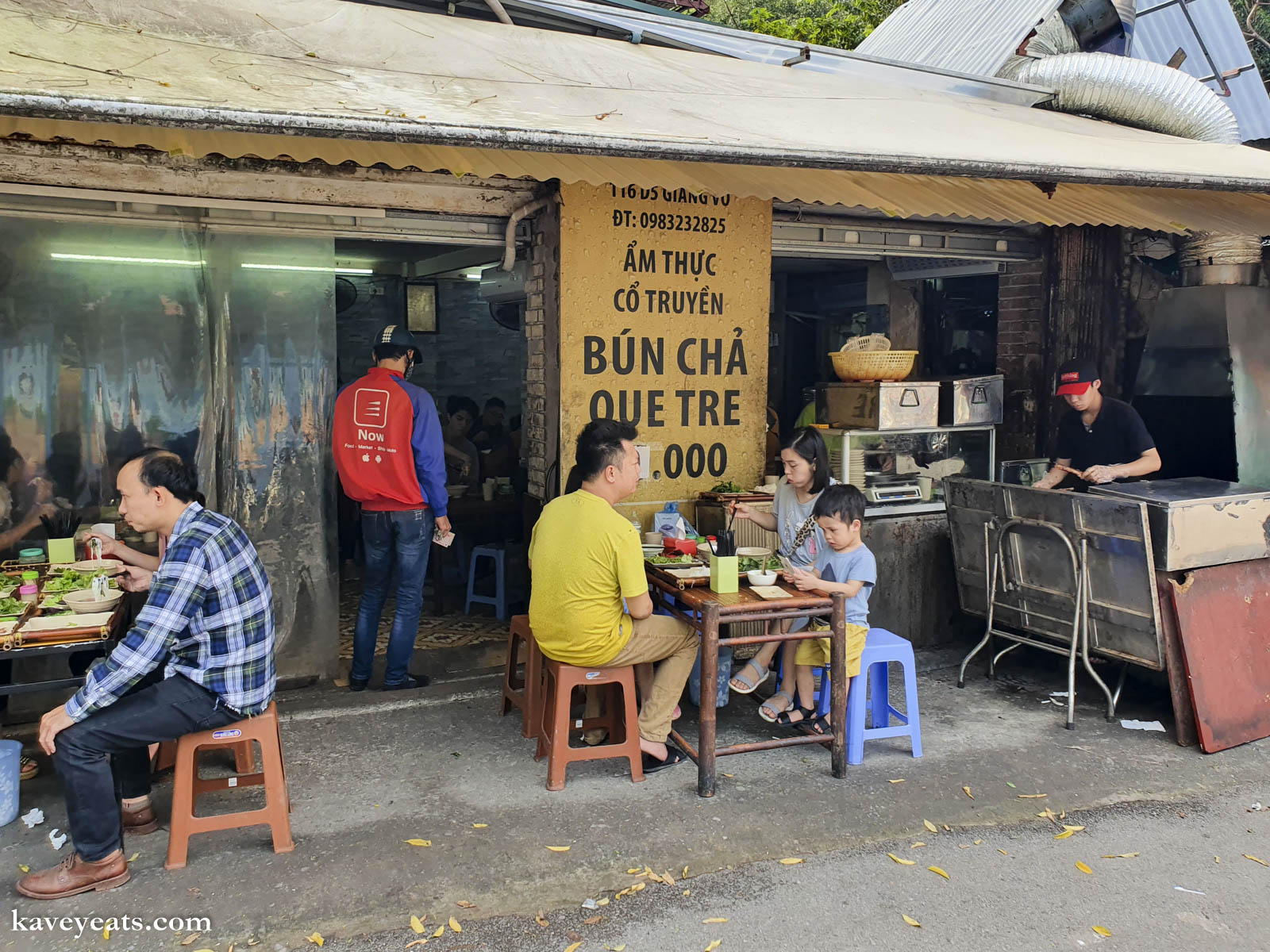
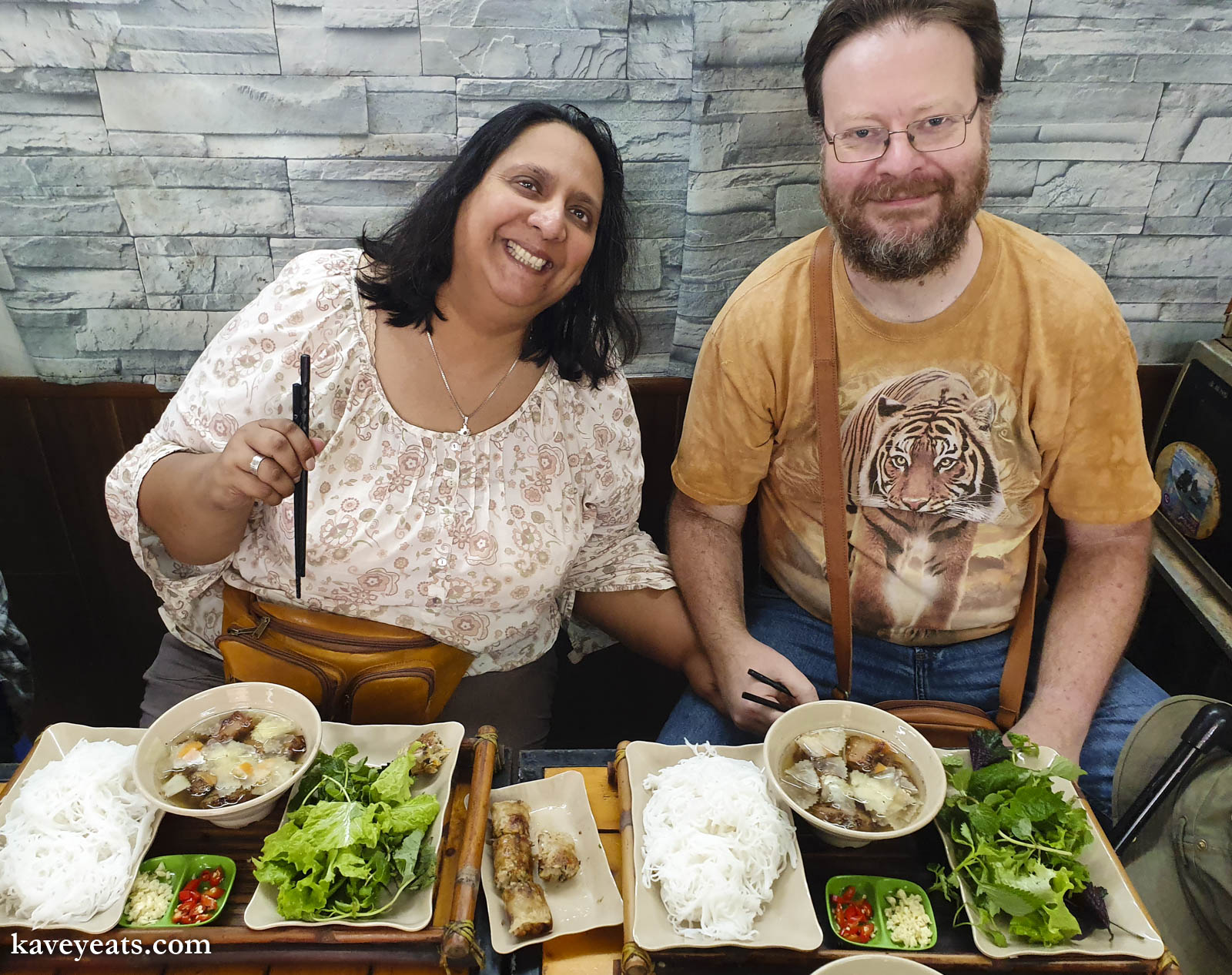
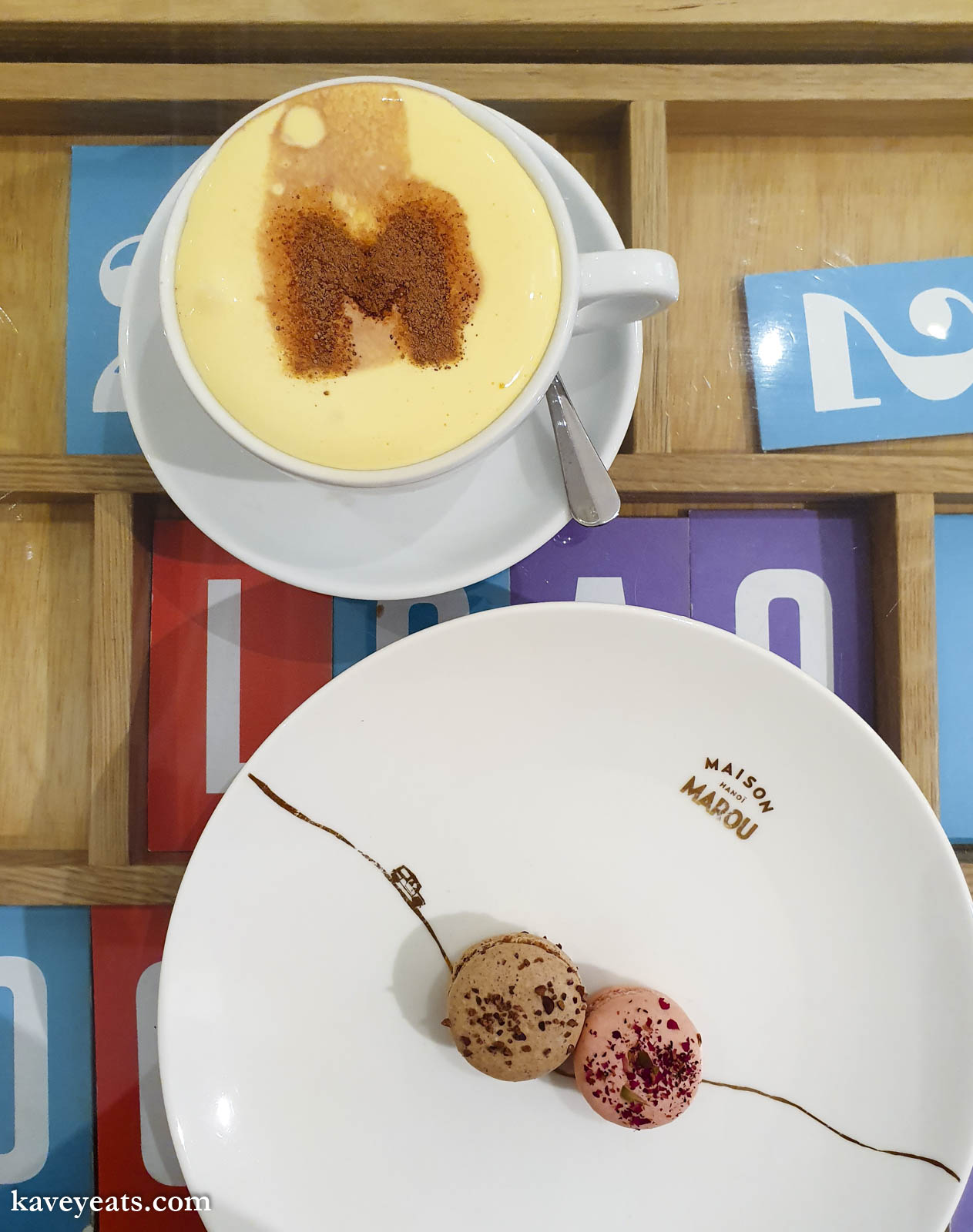
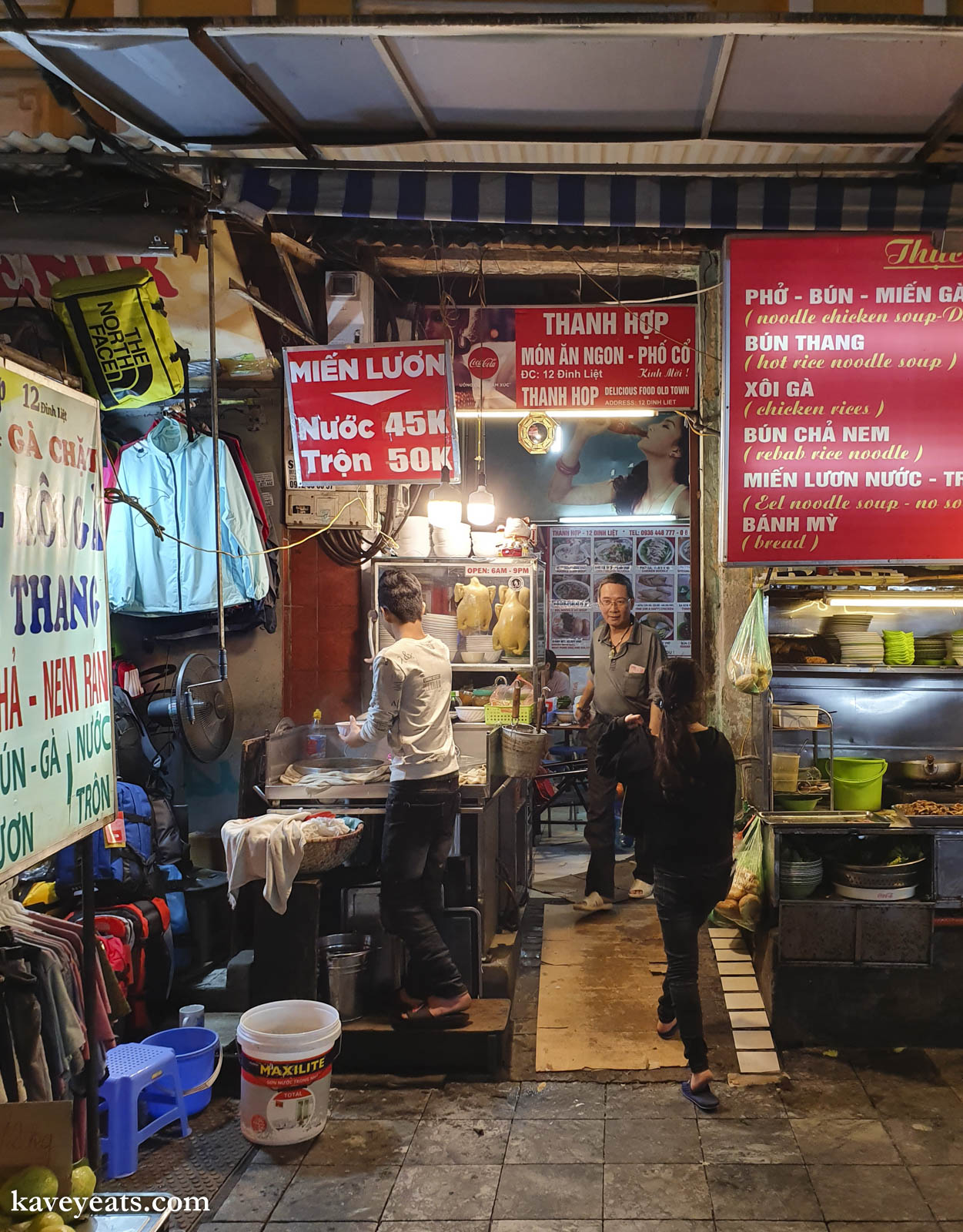
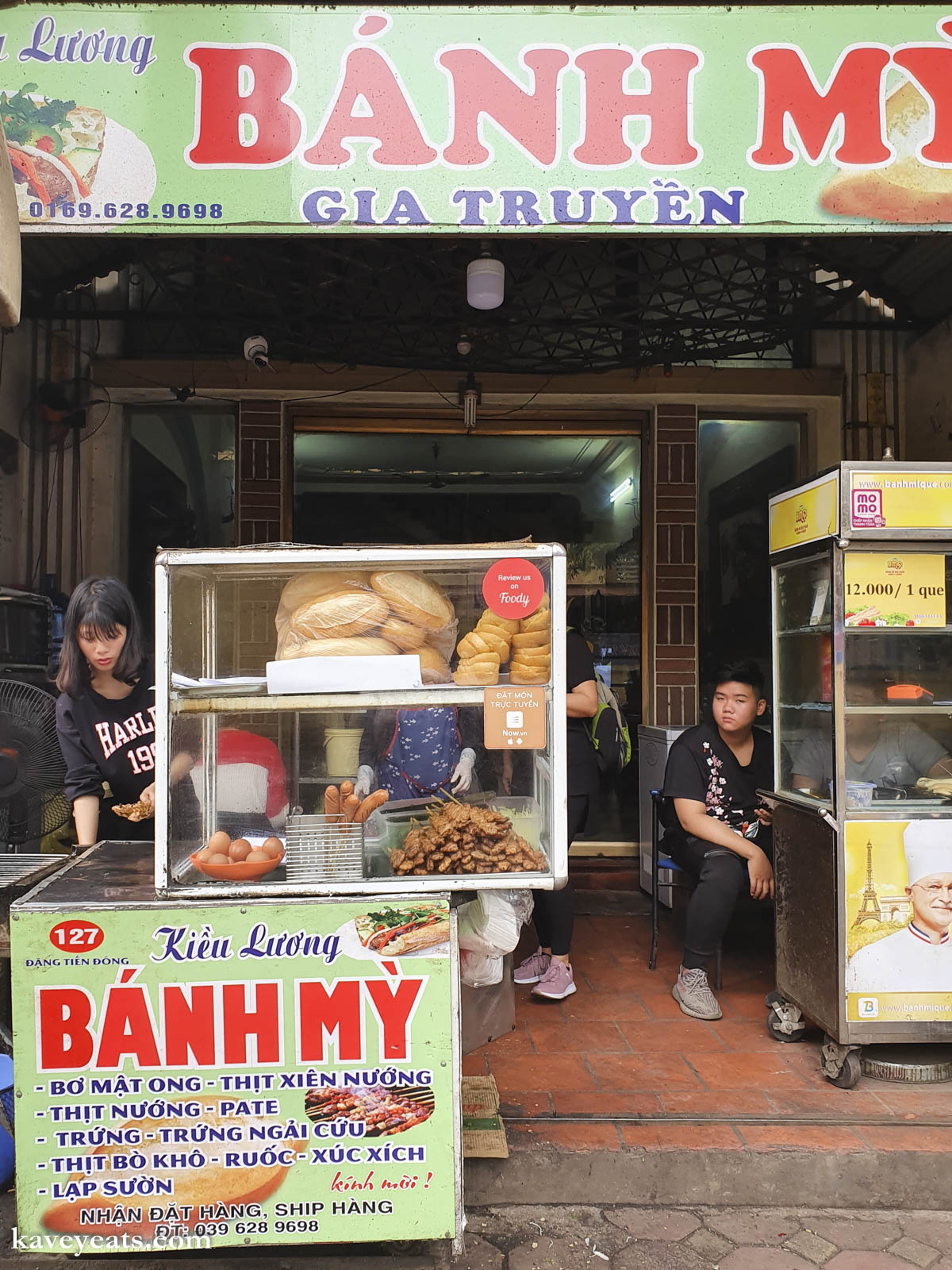
Hanoi is the capital of Vietnam, and the second largest city after Saigon (Ho Chi Minh City) and our favourite of the cities we visited during our trip. It offers a huge wealth of cultural and historical attractions, absolutely superb dining options and some great shopping and activities. Like Saigon, traffic is relentless; everyone is hustling in place or bustling to get somewhere.
We divided our 5 nights in Hanoi by taking a 2 night cruise into Halong Bay after the first two nights and then returning to Hanoi for 3 more nights afterwards. We chose to stay in two different hotels, dropping the bulk of our luggage off with the second one to store while we were on the cruise. This is a good opportunity to stay in two different locations of the city, or simply to try two different hotels that appeal.
At the heart of Hanoi is the Hoan Kiem district. Here, in the French and Old Quarters in particular, you will find still-beautiful, time-worn colonial architecture side-by-side with ancient temples, rickety lean-tos and modern high rises. At the heart of this district is the ever popular Hoan Kiem Lake, where locals and visitors alike enjoy a stroll around the lake before or after a coffee or a drink or dinner in one of the many cafes, bars and restaurants in the area. The narrow streets of the Old Town are full of store fronts offering eating and shopping opportunities; the pavements too are crowded with vendors of fruit and vegetables, street food, handicrafts, tourist souvenirs.
Towards the northern edge of the Old Quarter is the Dong Xuan Market – both the market and surrounding streets are full of stores selling all kinds of items from food specialities to clothes to household goods. When it comes to street food, the entire old quarter is a good bet, but its also worth heading to the streets known for their night market vendors.
A key sight in the Old Quarter is the little temple on Turtle Island, especially photogenic because of it’s water-surrounded location. Also in the historic centre is St Joseph’s Cathedral. Visitors also flock to Ngoc Son Templeat the northern edge of the lake.
The French Quarter, to the south east side of the Lake, is home to the Hanoi Opera House and Hoa La Prison. It’s an elegant and affluent area, and is where several key government buildings along with many foreign embassies are located. It has a popular shopping area and offers good nightlife.
To the north and north west of the lake, Ba Dinh District is where Ho Chi Minh declared independence in 1945, and is the location of several key sites including Ho Chi Minh’s mausoleum and the stilt house in which he lived, the One Pillar Pagoda, the Military Museum and Old Citadel, and the lovely Hanoi Botanical Gardens. It has plenty to see but is a little less hectic than the Old Quarter.
Dong Da sits between Ba Dinh and Hai Ba Trung (see below). Probably the most famous site in this district is the Temple of Literature, the location of Vietnam’s first national university. The temple was built in 1070, and dedicated to sages, scholars, and doctors. There is much to see here, with pavilions and halls in different styles, statues and stelae, and pretty garden areas.
To the South of Hoan Kiem Lake is the quieter neighbourhood of Hai Ba Trung, known for its clothing stores, as well as the local fabric market and tailor shops. It also offers a modern cinema and trendy cafes.
Tay Ho, just to the North of Ba Dinh is known as an expat neighbourhood, and offers international-style hotels, shops and restaurants. It’s also where you’ll find Hanoi’s colourful Flower Market which is a joy to walk through.
Halong Bay & Cat Ba Island (2 nights)
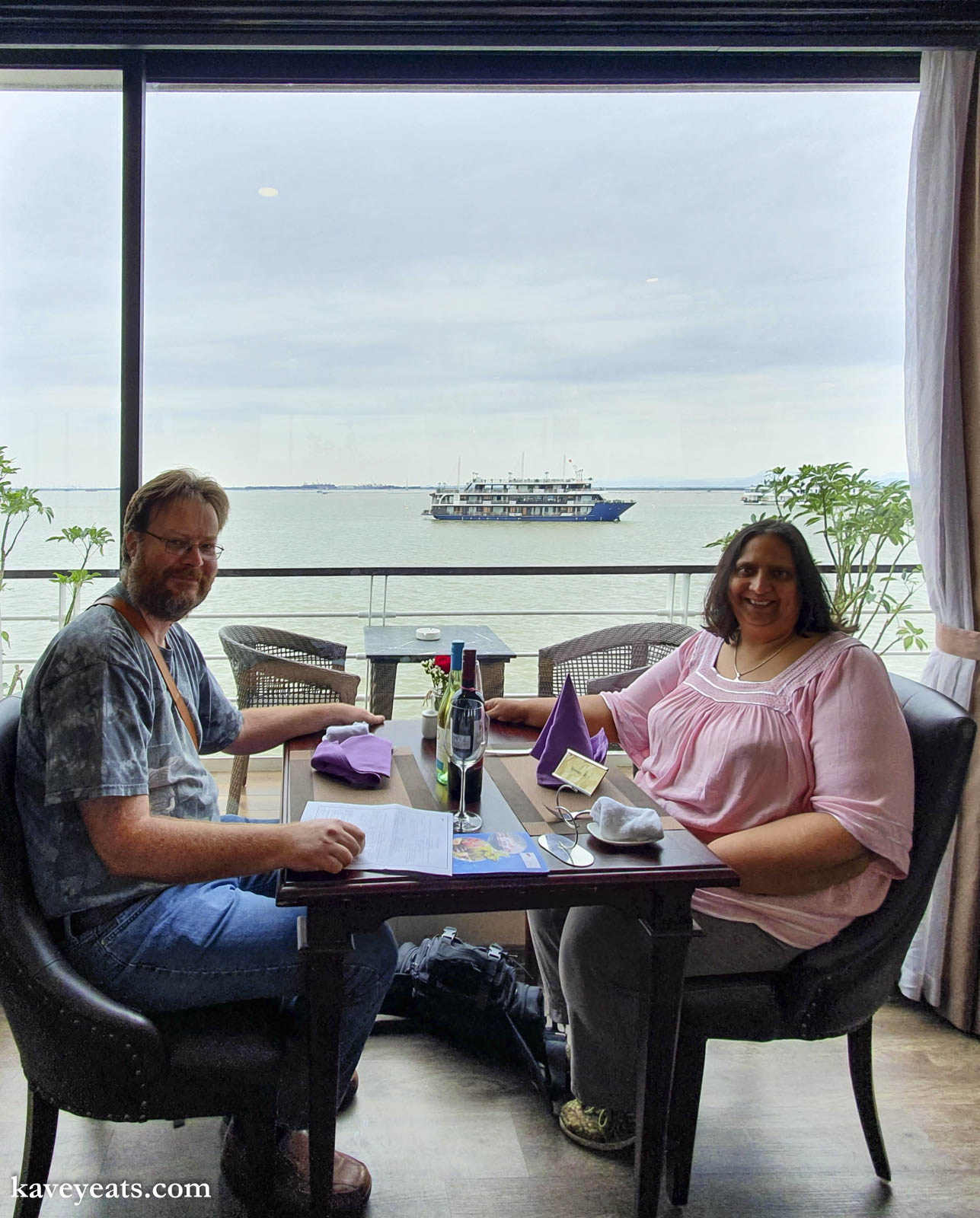
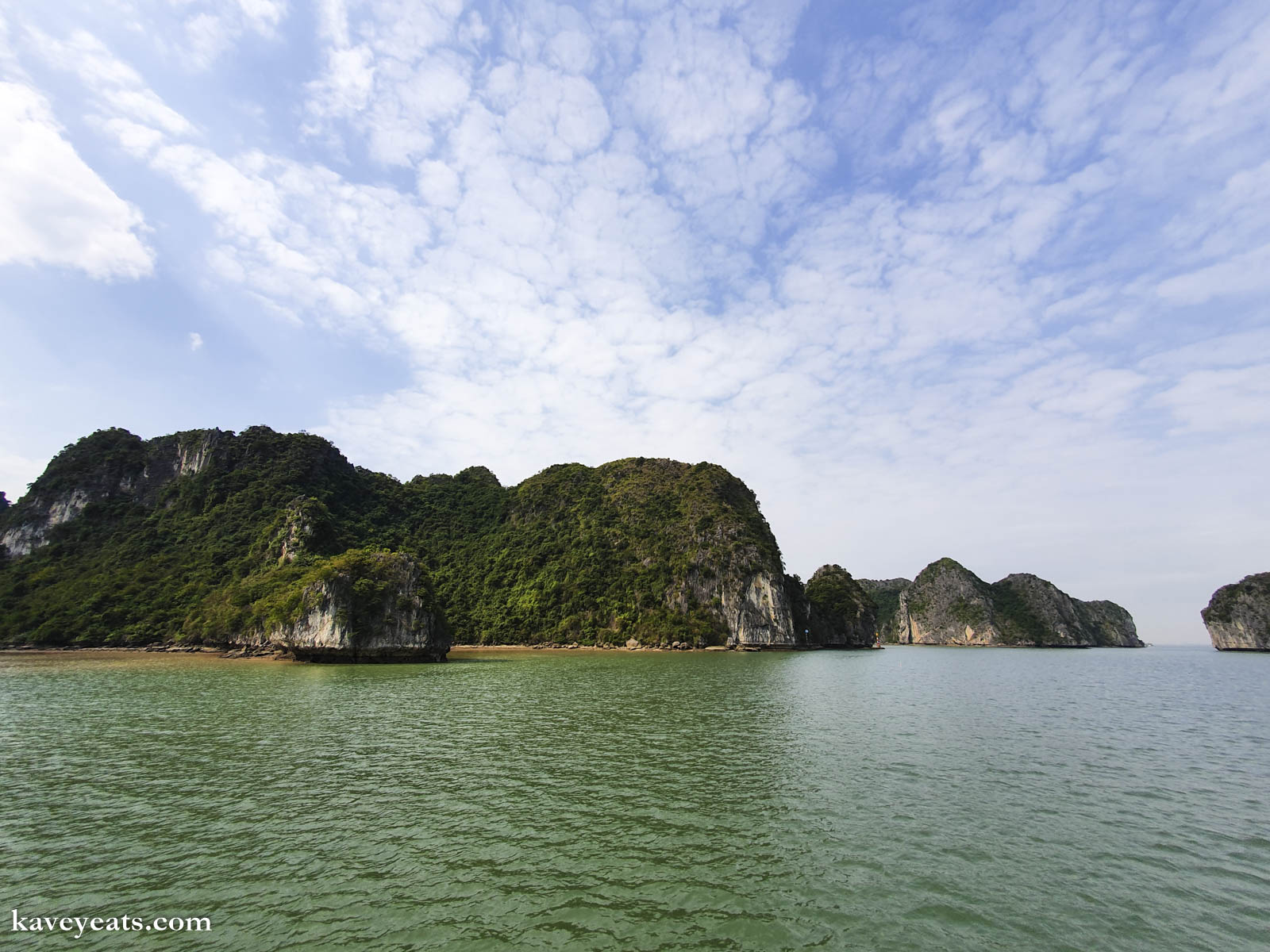
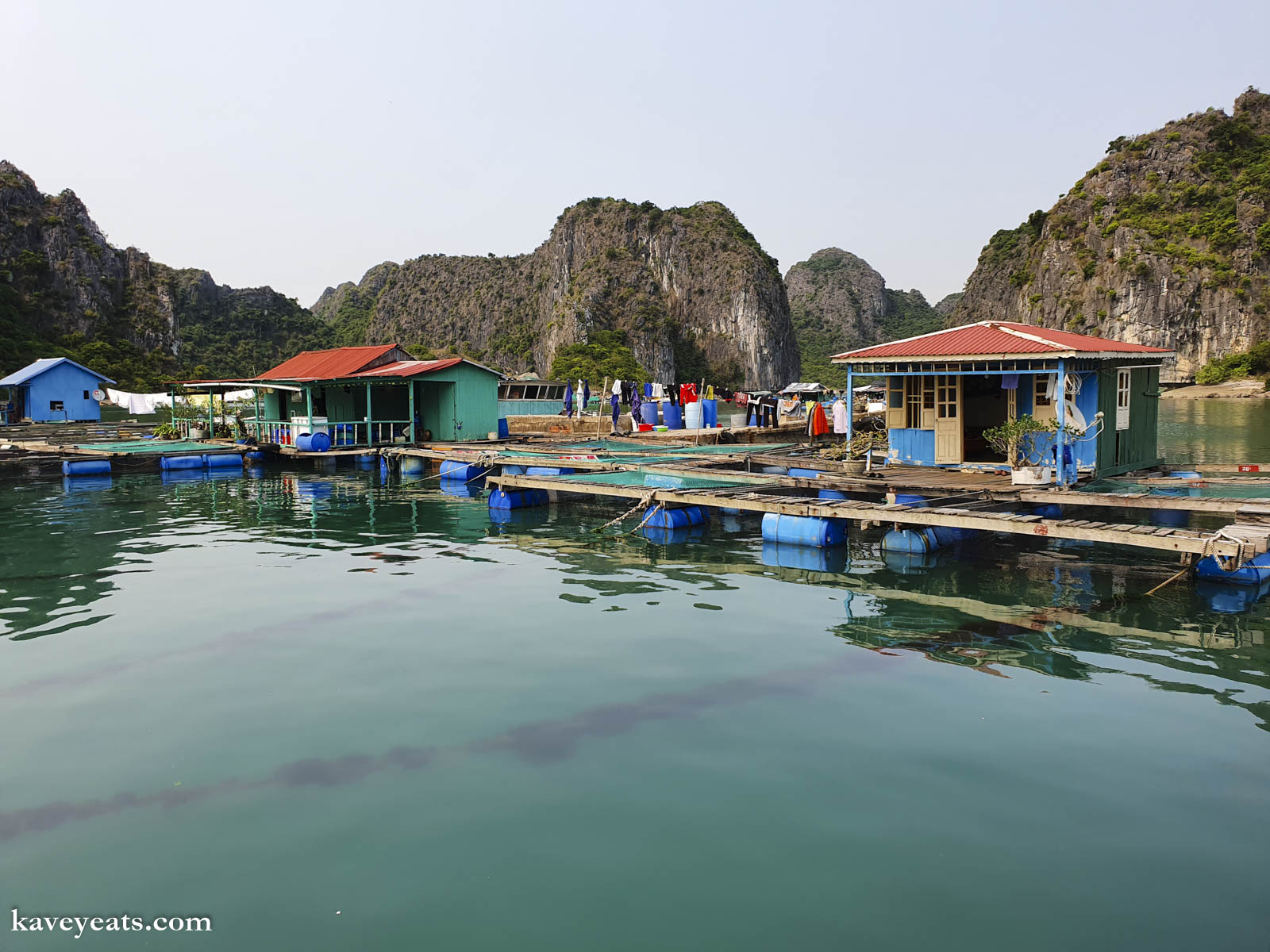
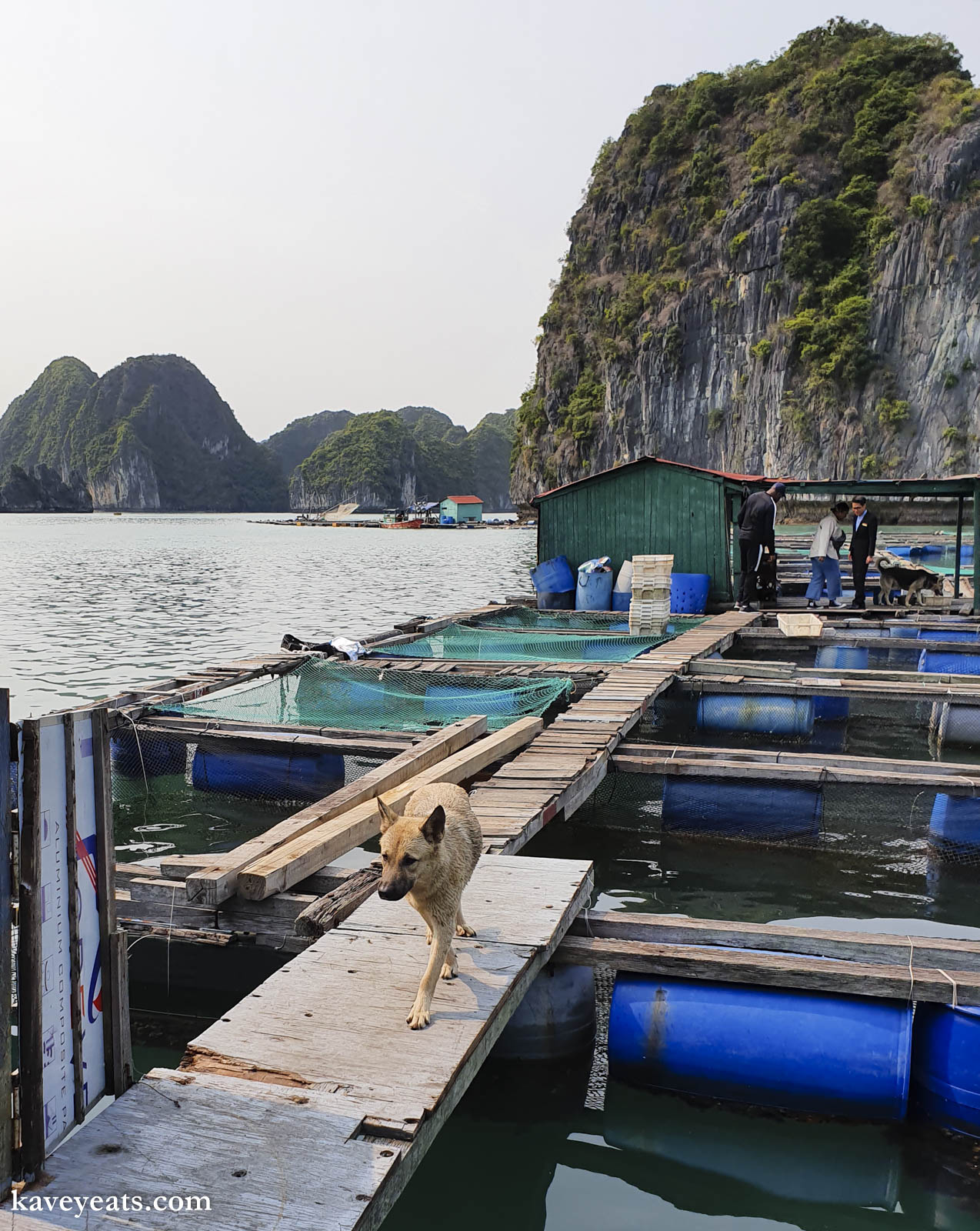
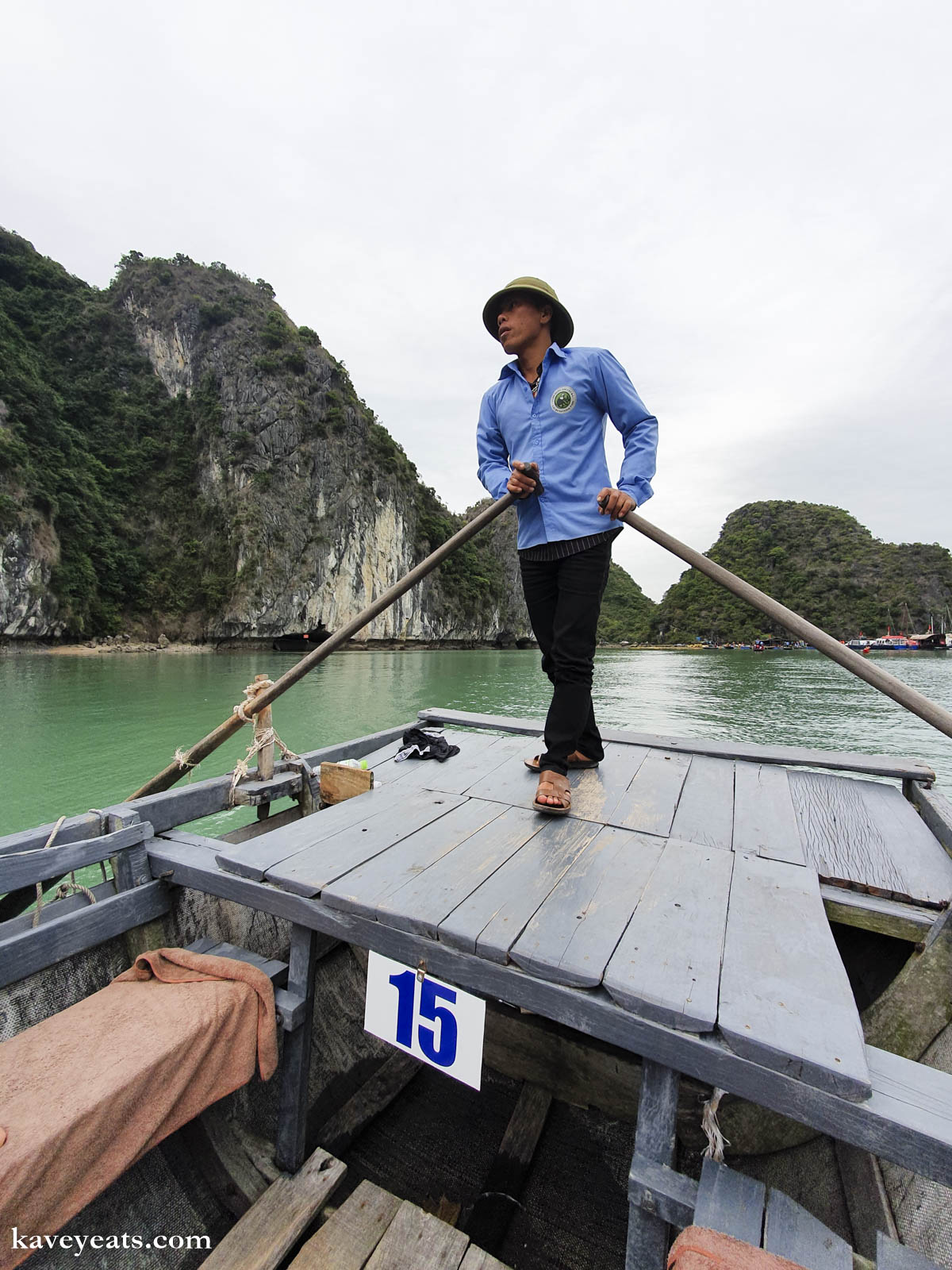
The seas of Halong Bay are well known for their beauty and hence day or overnight cruises are enormously popular. We decided on a 2 night cruise which allowed us time to cover a more expansive area, and included Lan Ha Bay and a visit to Cat Ba Island. Some itineraries also visit Bai Tu Long Bay which may be a little quieter.
In a typical year, the waters can get very busy with boats, especially in peak season. Our visit was timed just as the pandemic first arrived in Vietnam. Because cruises had been temporarily forbidden from operating until a few days before we arrived in Hanoi, bookings were low and there were far less boats than usual out in the Bays.
We visited fascinating floating fishing farms, went out in bamboo rowing boats to see local caves, beaches and rock formations, and were invited to join in with activities such as kayaking, swimming, cooking classes and squid fishing. On Cat Ba Island we had guided visits to Viet Hai Village (with options to cycle or be driven in an electric float before exploring the village on foot) or Trung Trang Cave.
We chose a reasonably priced luxury cruise and splurged on one of their best suites, but there are a wide range of different styles of ships, small and larger, to fit most budgets.
Practical Information
How To Get To Vietnam – International Flights
With readers around the world, it’s tricky to share specific advice on airlines or routes for international flights from all of your home countries.
However, our key recommendation is to consider booking an ‘open jaw’ flight – that’s one where you fly into one airport and back home from another. In the itinerary we’ve outlined, we flew in to Saigon (Ho Chi Minh City), made our way northwards, and flew home from Hanoi. You can, of course, reverse the itinerary to go from Hanoi south Saigon.
If open jaw is not available, or adds significantly to the cost, you can book your international flights into and out of one city, and take a domestic flight back to your starting point at the end of your time in Vietnam.
Tan Son Nhat International Airport (Saigon / Ho Chi Minh City)
Tan Son Nhat International Airport is only 30-45 minutes drive to the centre of Saigon.
Many arriving passengers simply take a taxi, which should cost around GBP £5-8. If you prefer, you can book a private car ahead of arrival, but expect to pay at least double the metered taxi fare.
It’s also easy to transfer by bus using one of the Airport Bus services (which cost GBP £1-2) or a regular public bus (which is cheaper still at around 20 pence but is little slower than the airport services and may not have much space for luggage).
Noi Bai International Airport (Hanoi)
Noi Bai International Airport is between an hour to an hour and a half’s drive to central Hanoi.
Many arriving passengers simply take a taxi, which should cost around GBP £8-12. If you prefer, you can book a private car ahead of arrival, but expect to pay at least double the metered taxi fare.
The airport shuttle bus is priced at GBP £1-2. A regular public bus is cheaper at around 20 pence but is slower than the airport services and may not have much space for luggage.
Travel Within Vietnam (Flights, Transfers & Rental Cars)
You can easily fly between many cities in Vietnam (including Saigon, Can Tho, Danang, Hue, and Hanoi. Flight times are short and if you book in advance, rates are often very affordable.
We flew with VietJet from Can Tho to Danang and with Vietnam Airlines from Hue to Hanoi, but had a locally-based tour operator book these for us alongside our Mekong Delta itinerary.
Renting Cars, Scooters and Motorbikes
Many travellers to Vietnam rent scooters to get around within the big cities, or motorbikes and cars to travel around the country. This isn’t something we’ve chosen to do, but is popular with many visitors.
Please read up on Vietnam road and traffic advice to make sure you can travel safely.
Our Costs in Vietnam
Vietnam Food & Drink Costs
We often chose to eat street food from day and night markets, keeping our average food and drink spend very reasonable. When we ate in restaurants, we tended towards casual, informal places rather than fancy, formal ones.
Main dishes such as Bún bò Huế (beef noodles), Cơm tấm (broken rice) with pork, Phở (noodle soup), or Bún thịt nướng (cold noodles with grilled pork) can be found for 30,000 to 80,000 VND in street food markets, and from roadside vendors, perhaps a little more in restaurants.
Snacks and smaller dishes such as Banh mi (baguette sandwiches), Bánh cuốn (rice batter pancakes), Banh cuốn (steamed rice rolls), Gỏi cuốn (summer rolls), Chả giò / Nem rán (fried spring rolls) and Bánh Xèo (crispy filled pancakes) can be enjoyed for 10,000 VND to 60,000 VND in street food markets, and from roadside vendors, perhaps a little more in restaurants.
A multi-dish meal in a casual local restaurant might run anywhere from 100,000 to 250,000 VND.
Coffees can range from 10,000 all the way up to 50,000 or more. Expect to may more for sweetened white coffee, iced cofffee, and egg coffee than for a straight hot black coffee.
Soft drinks range from 15,000 to 30,000. Expect to pay more in a sit-down restaurant than in a convenience store or at a street food stall.
Beers start at around 20,000 for domestic brands, but can be as much as ten times that for imported brands in sit-down restaurants or specialist bars.
As always, prices are often quite a bit more expensive from vendors that are recommended in guide books or the big travel websites, and in places where the main customers are tourists rather than locals (such as Hoi An’s Old Town area)
Vietnam Hotel Costs
Vietnam offers accommodation to suit a really wide range of budgets and travelling styles, from backpackers on a shoestring budget to high-end luxury travellers.
We travelled in February, which is outside of Vietnam’s two peak season periods (March to May and October to December). However, as Vietnam experiences distinctly different climates in its North, Central and Southern regions, the best time to travel for those planning to explore the breadth of the country is less cut and dry than for many countries, with tourism busy for much of the year. This maens there’s less of a stark difference between peak and off-peak prices for hotels than in some destinations.
Our average nightly rate* across our hotels was approximately 2.6 million VND. At the exchange rate when we travelled, that was about GBP £90 a night. As of writing, the exchange rate has changed very little.
* This average excludes our Mekong nights (which were costed as a package with overnight bassac cruise, two nights hotel, private car with guide and driver and meals) and our Halong Bay nights (which were costed to include transfers to and from Hanoi, and accommodation, meals and activities).
You can certainly find decent accommodation in Vietnam for far less.
Vietnam Tours and Activities Costs
- Our three day custom package in the Mekong delta including overnight bassac cruise, 2 night hotel stay, private guide and air-conditioned car tour, transfers, entrance tickets to attractions, and onward flights to Da Nang was booked through a local tour operator at the price of US$18,400. The tour operator we used is no longer in business but you can contact our excellent private guide Quoc Ninh Au (aka Toby) directly at Toby’s Mekong Tours.
- Our fully customised and private 6+ hours food tour (with taxi rather than scooter transport) in Ho Chi Minh City was booked with Tiger Tours, priced at 3.8 million VND (about £130).
- We used Tommy Dao Tours to provide a transfer from Da Nang to Hoi An with sightseeing en route, a full day tour of My Son along with pottery and fishing villages near Hoi An, a 6 hour private food tour of Hue (with cyclo transportation), and a full day tour of Hue sights. The total for all these days was US$600.
- Our private food and market tour in Hanoi was booked with Van Hayes, priced at 1.9 million VND (about £65).
- Our 2 night luxury cruise of Halong Bay and Cat Ba Bay, full board in a large suite, and transfers from and to Hanoi was booked through Mon Cheri. We paid VND 21.5 million (about £740).
If you have any questions about our trip, please ask!
